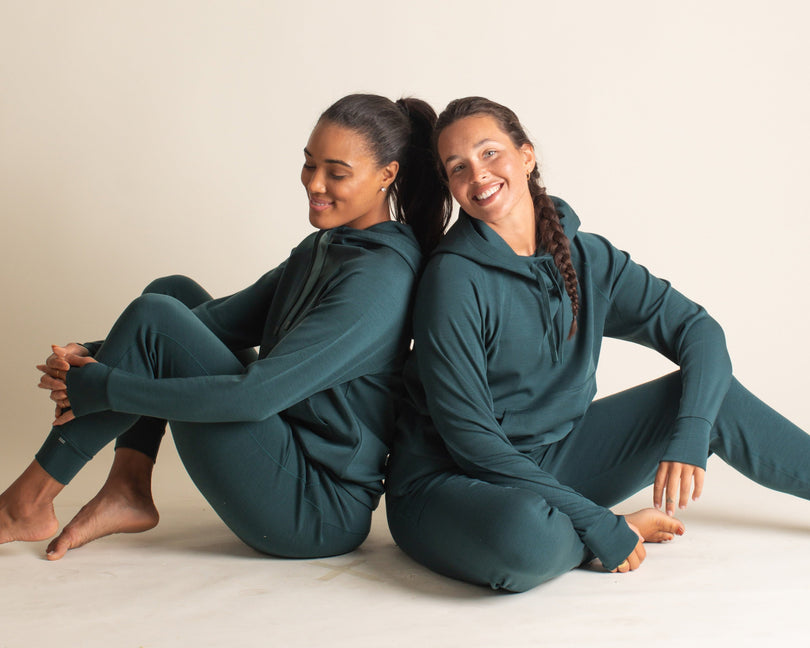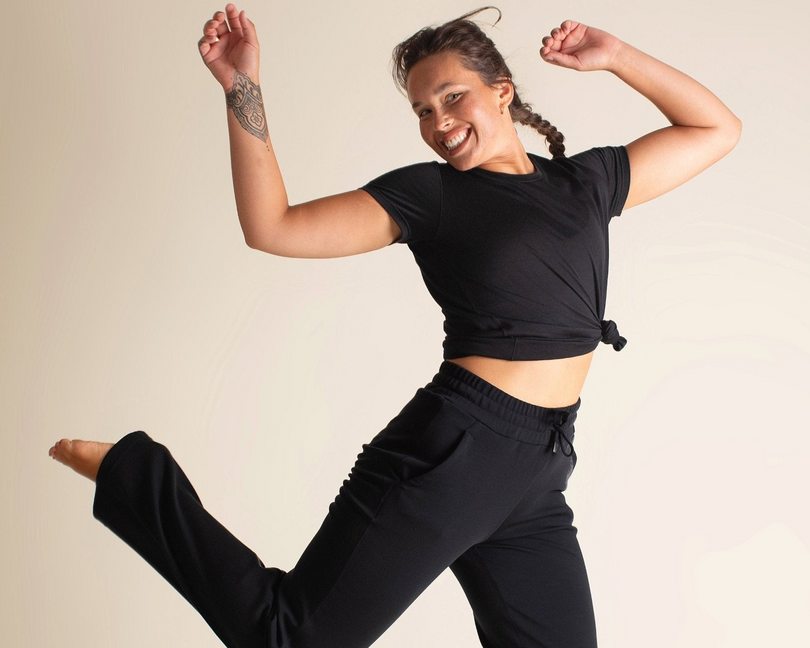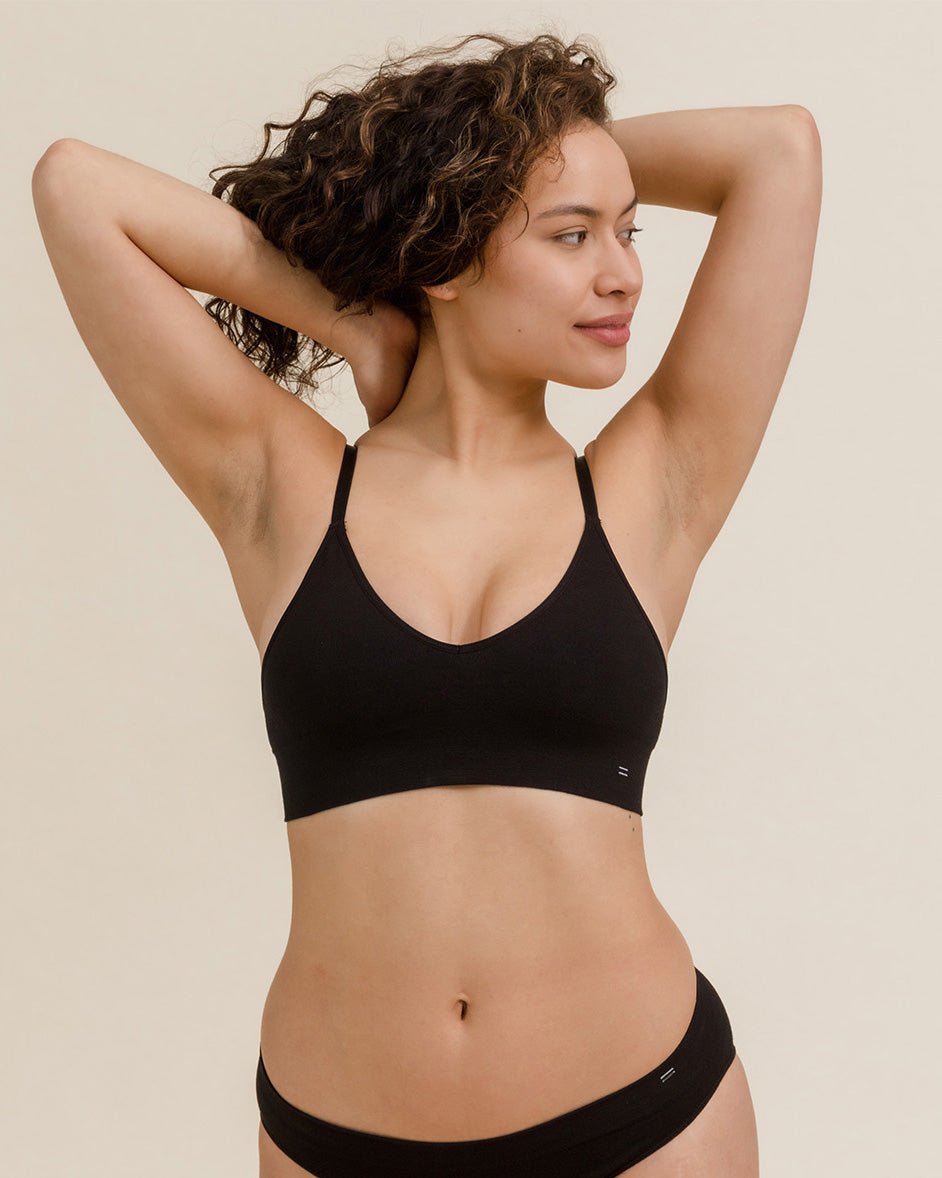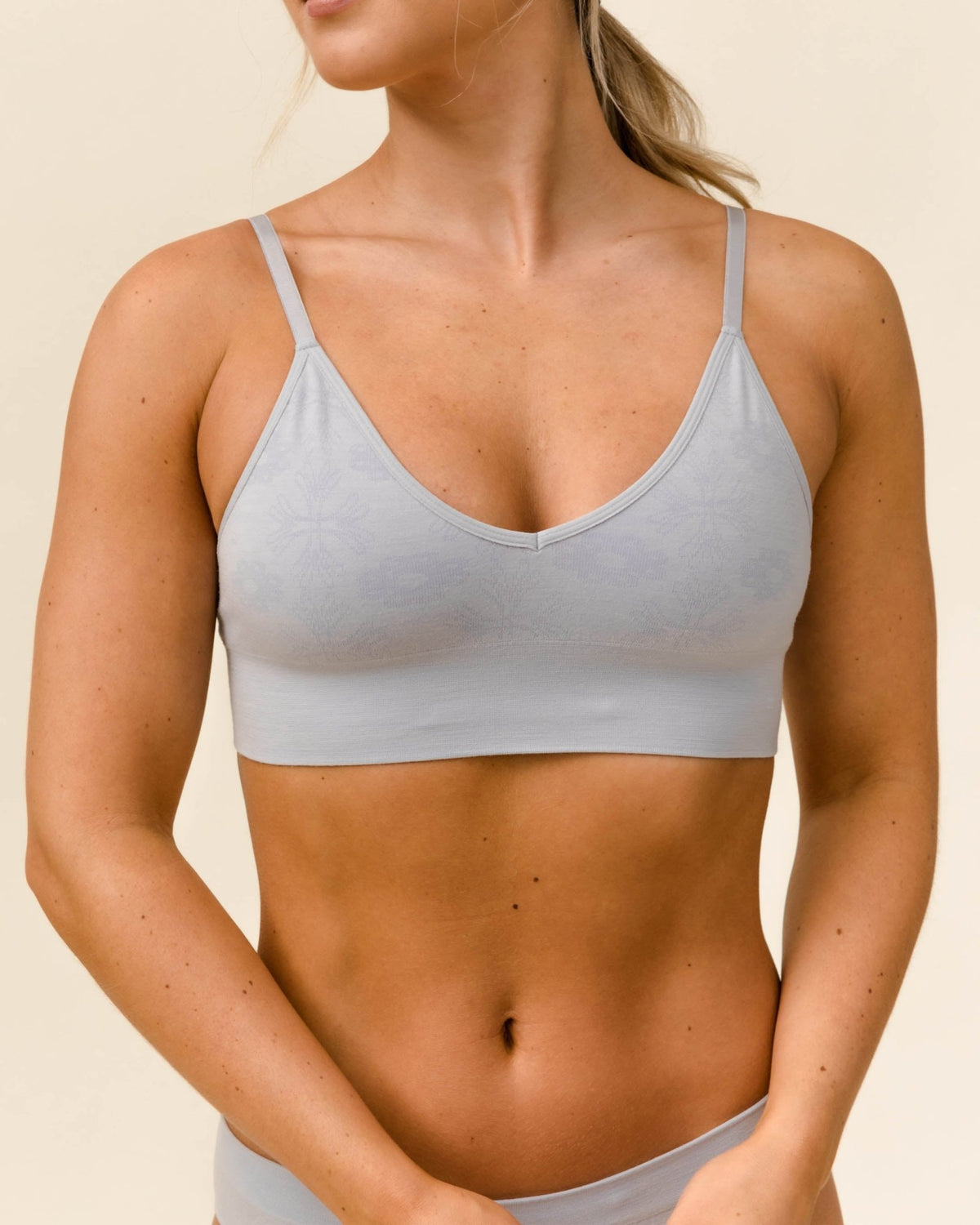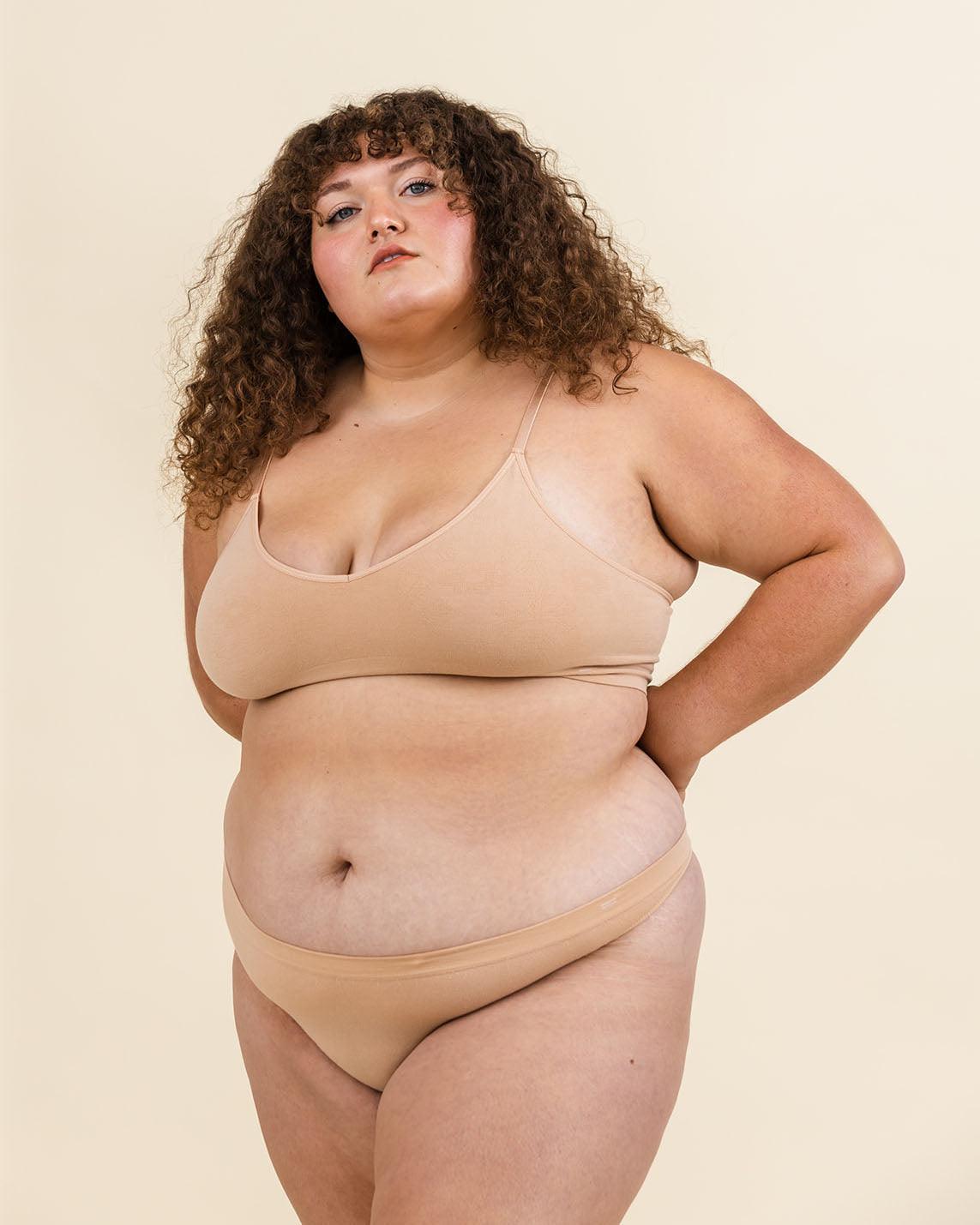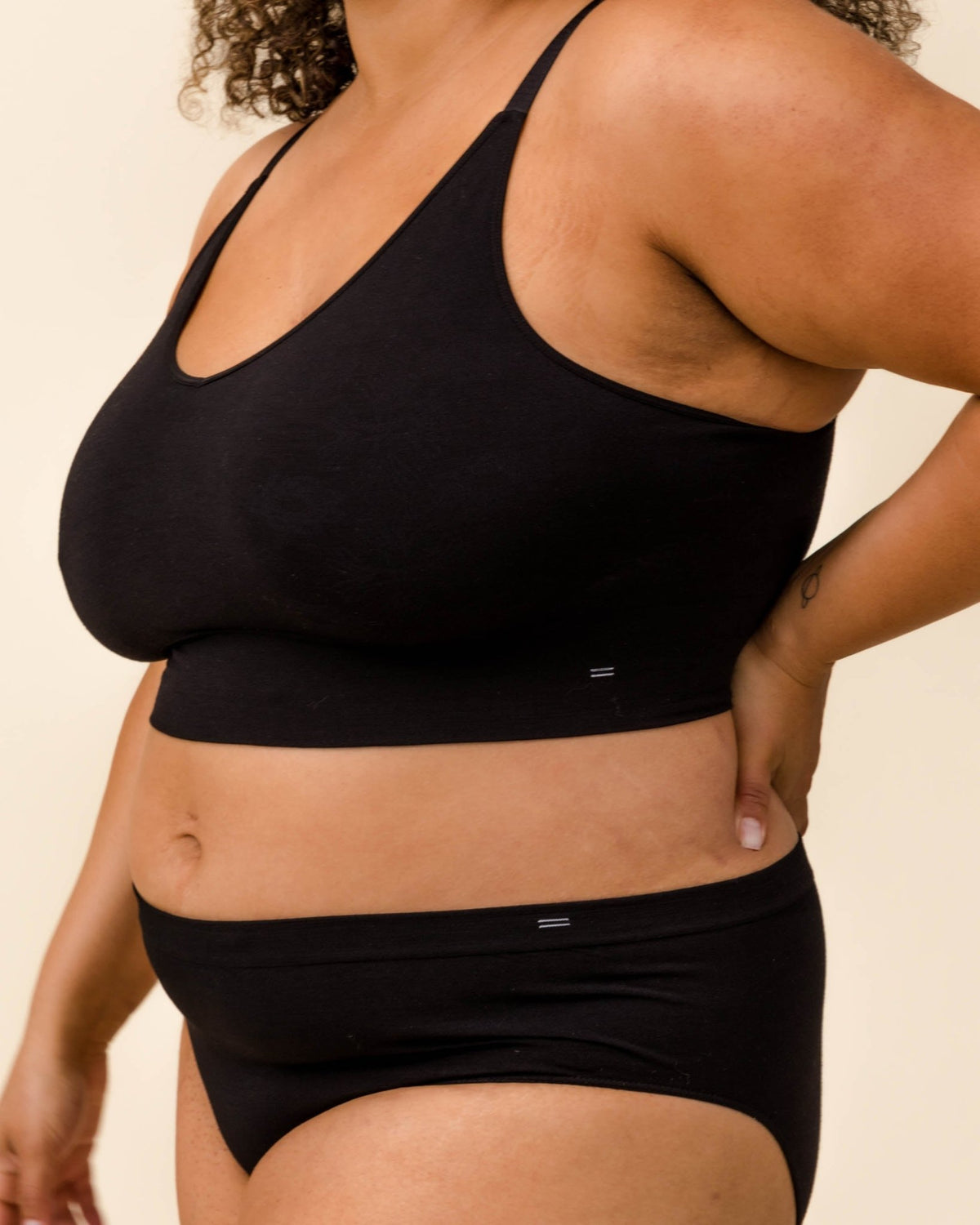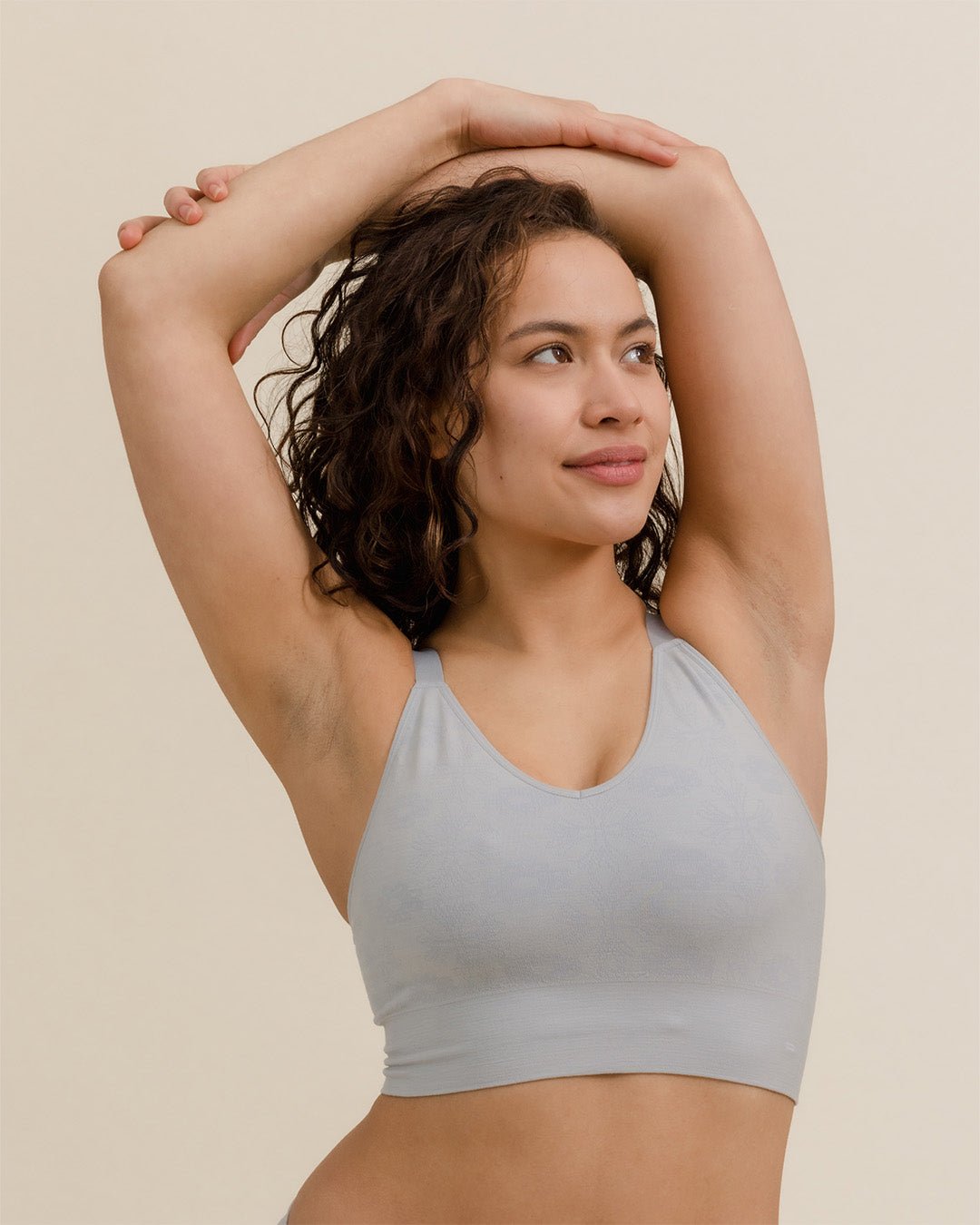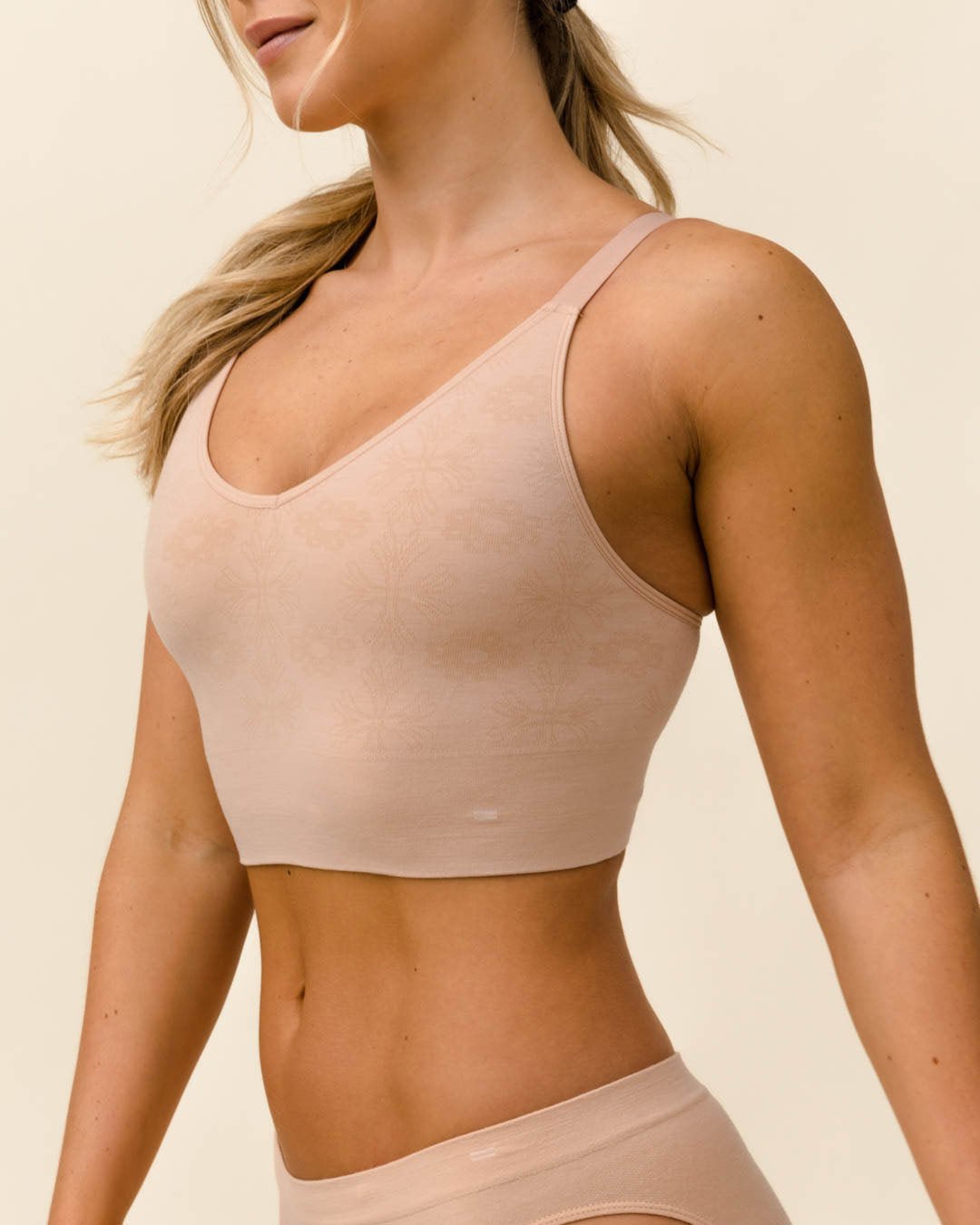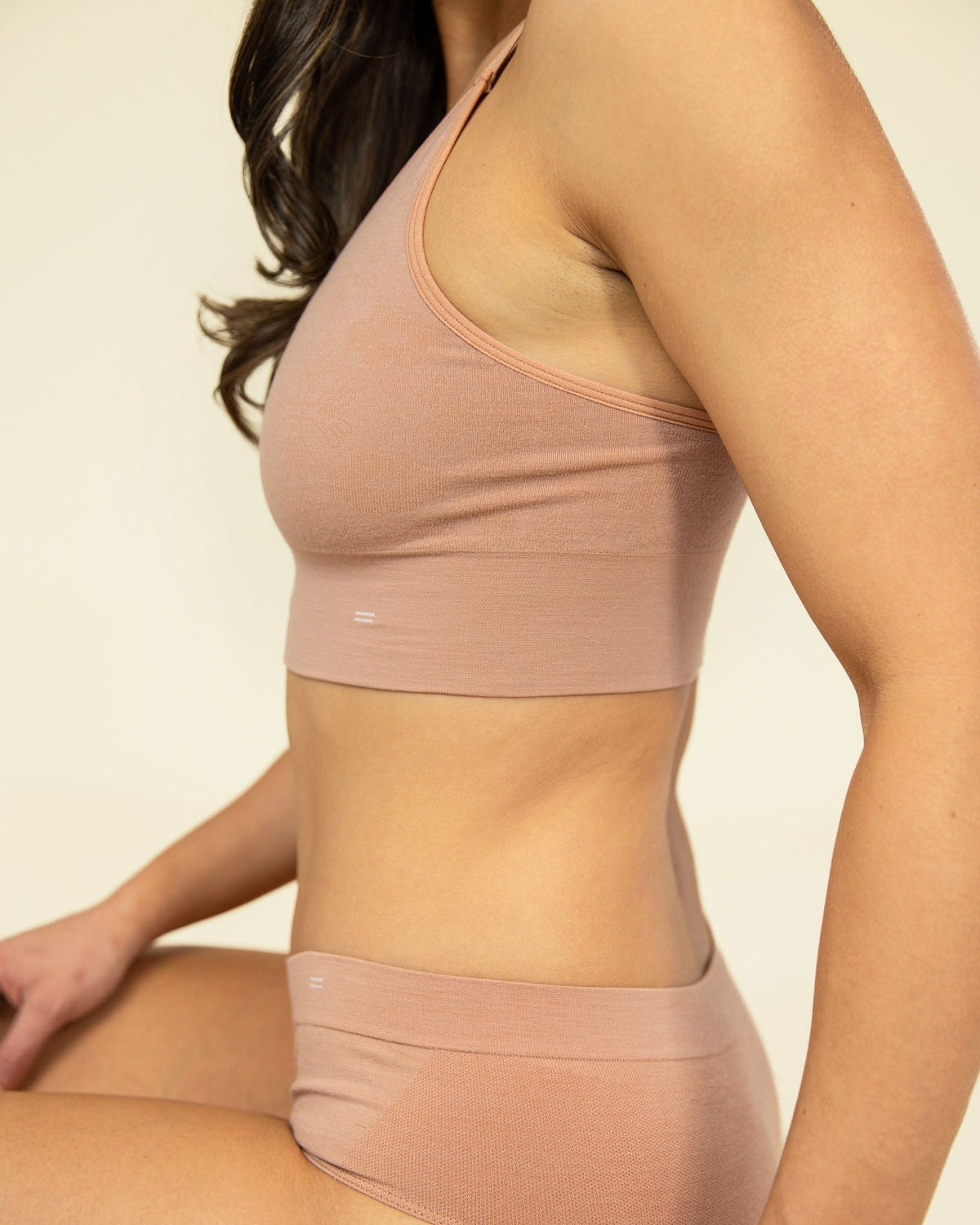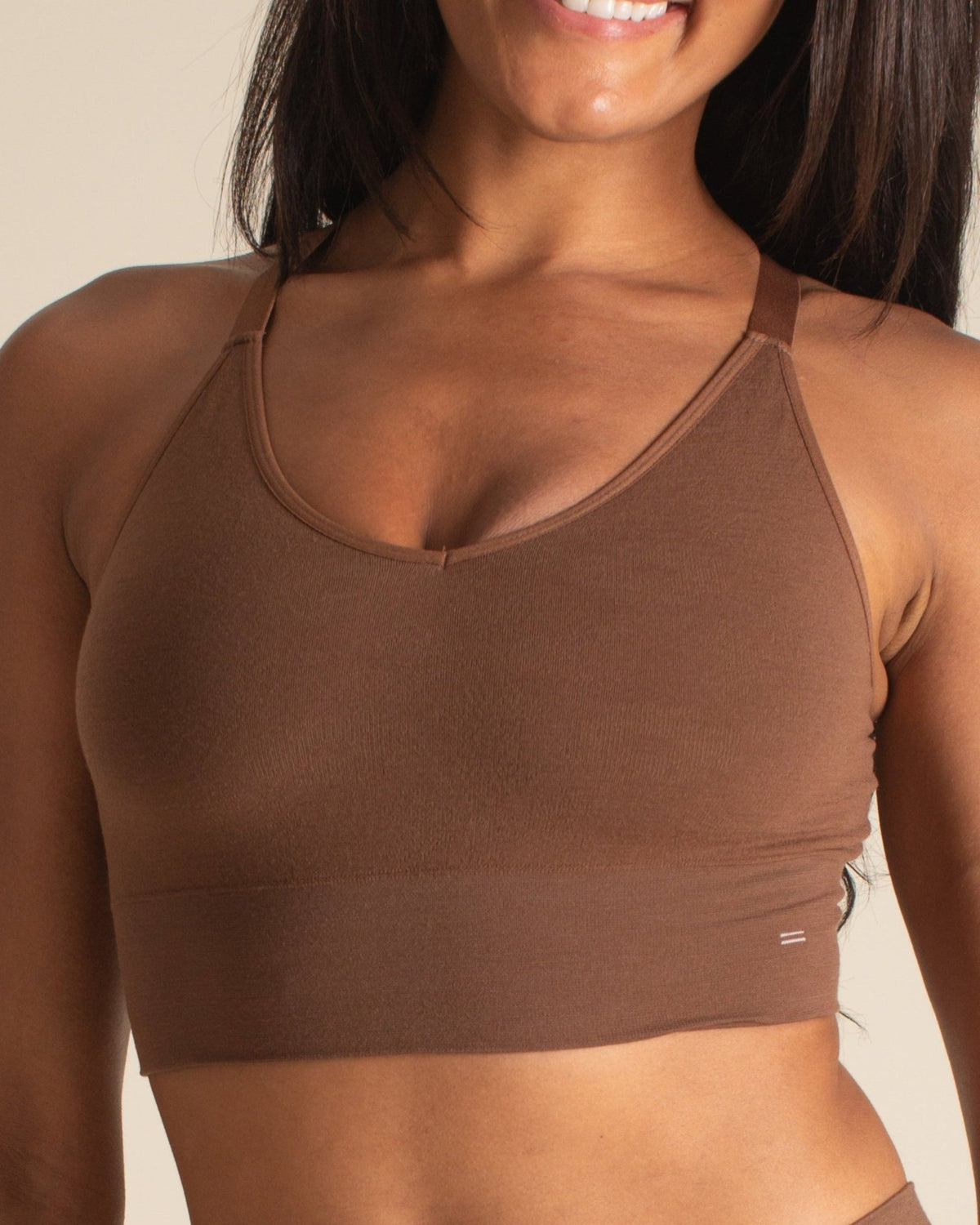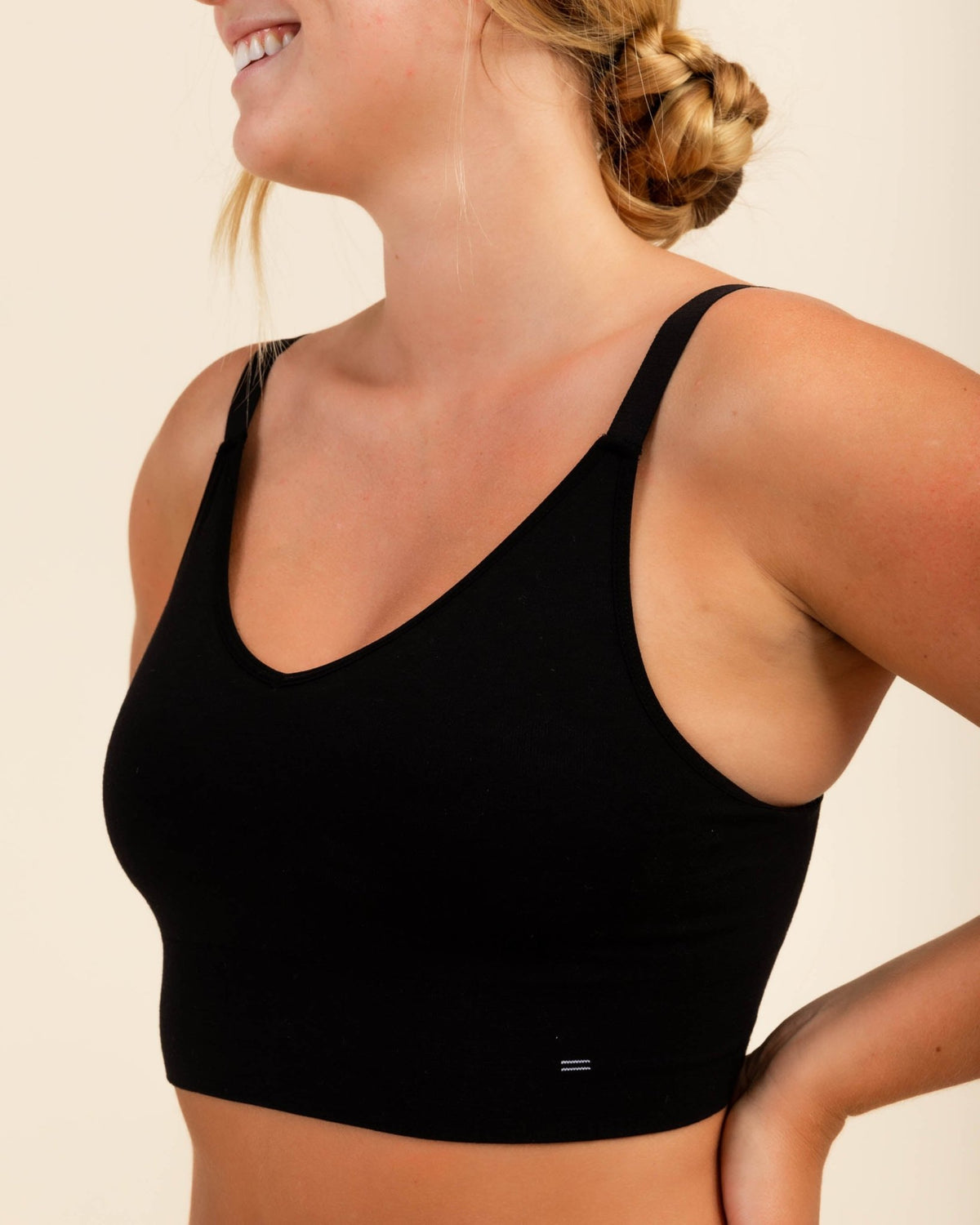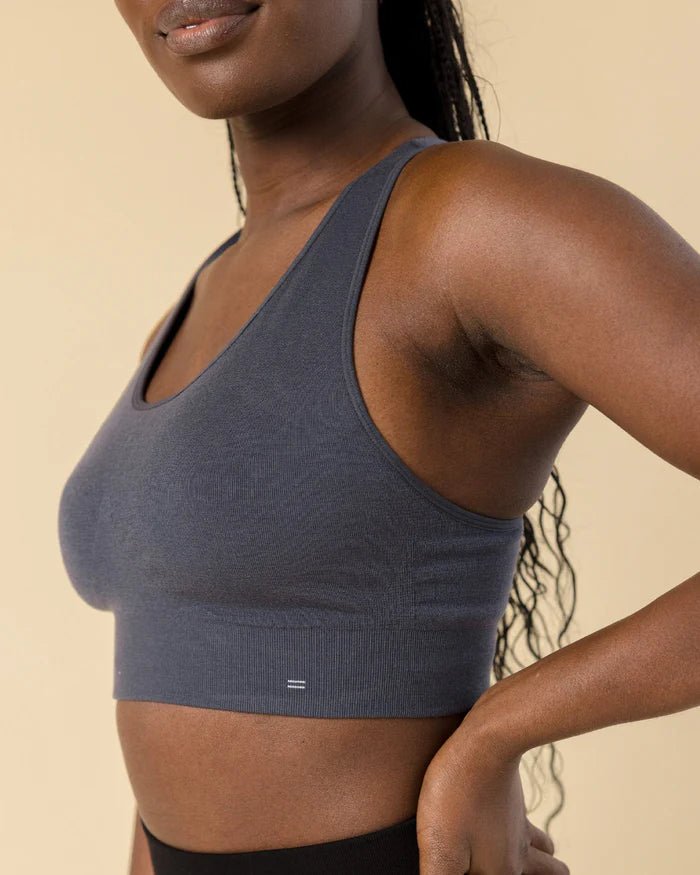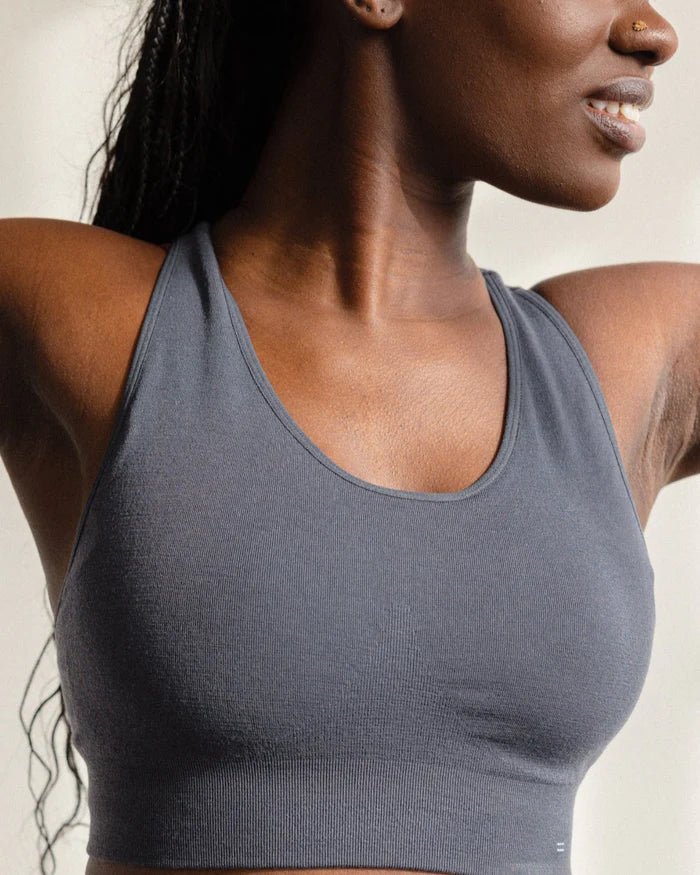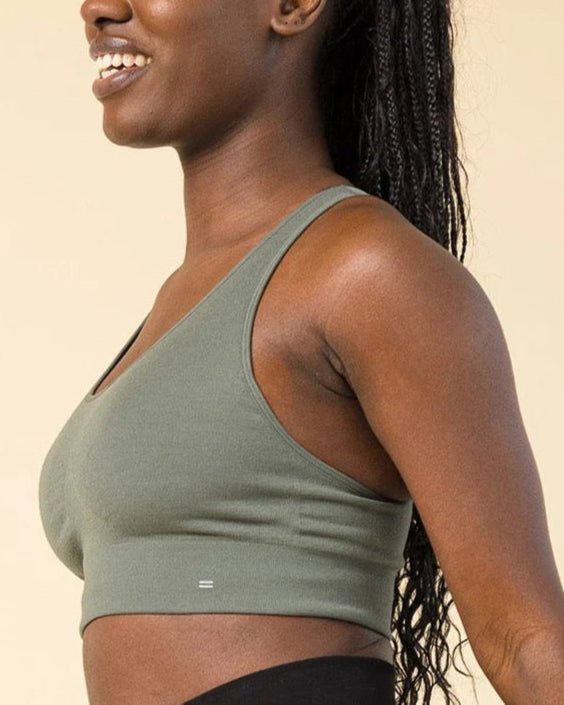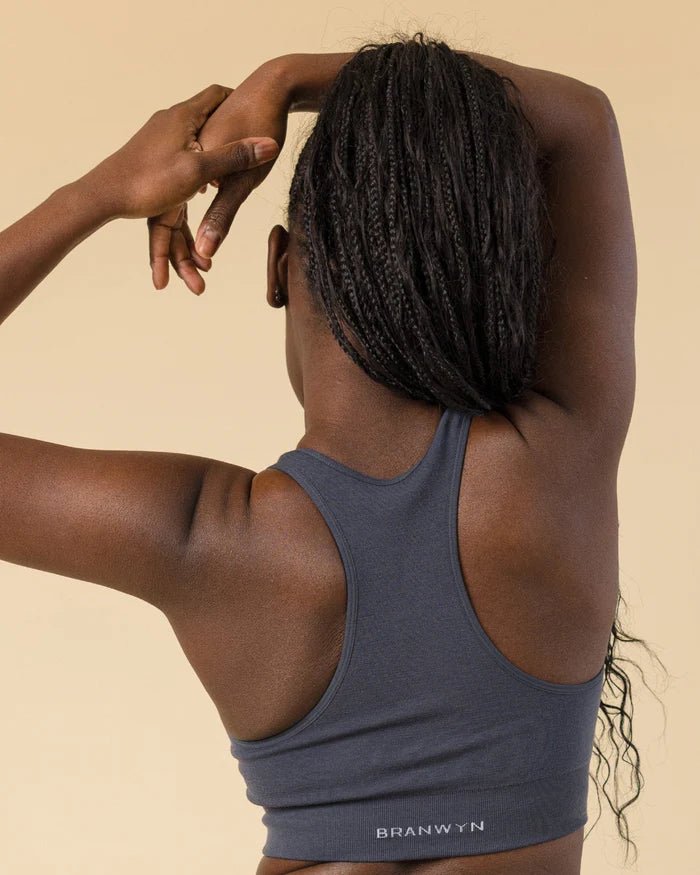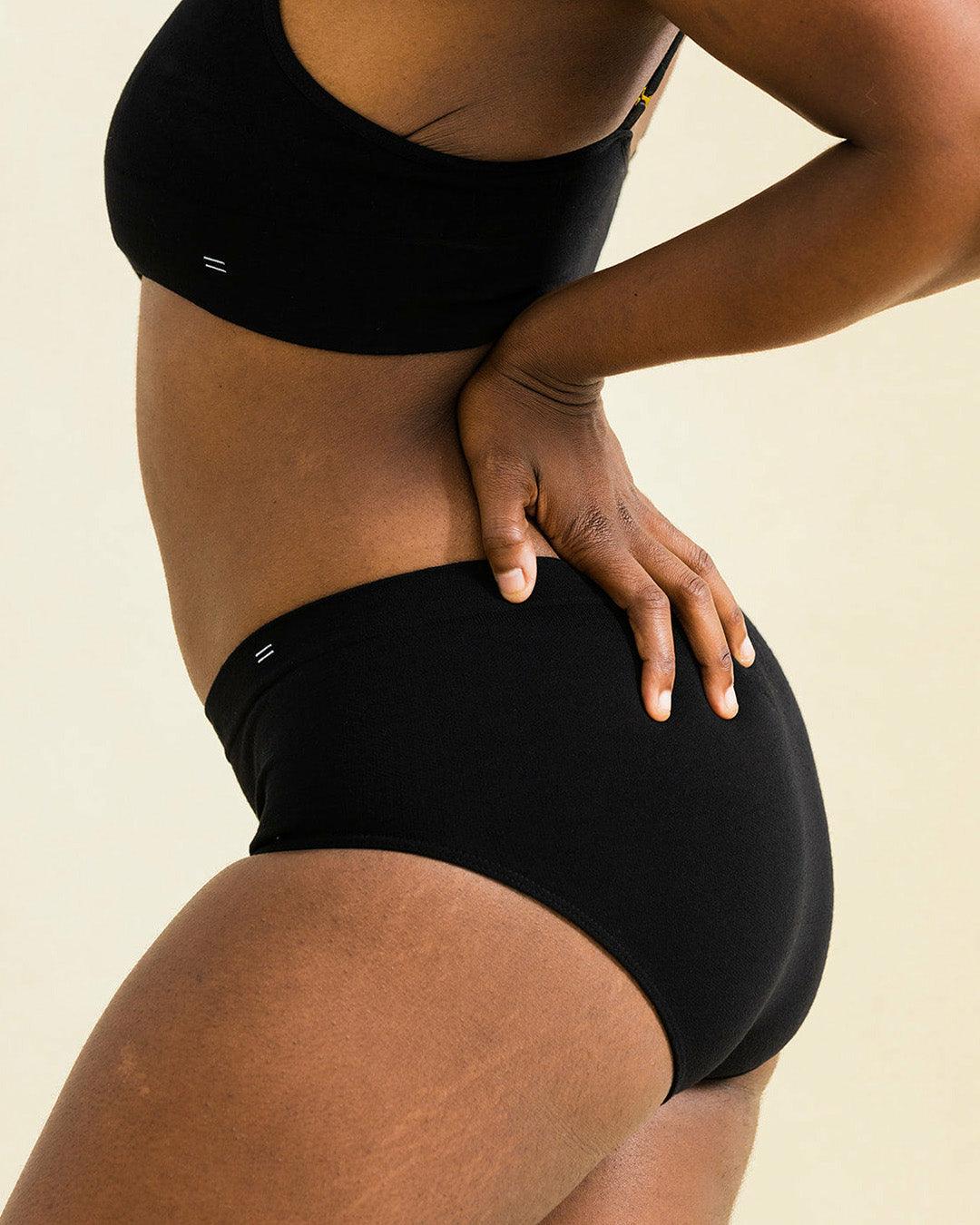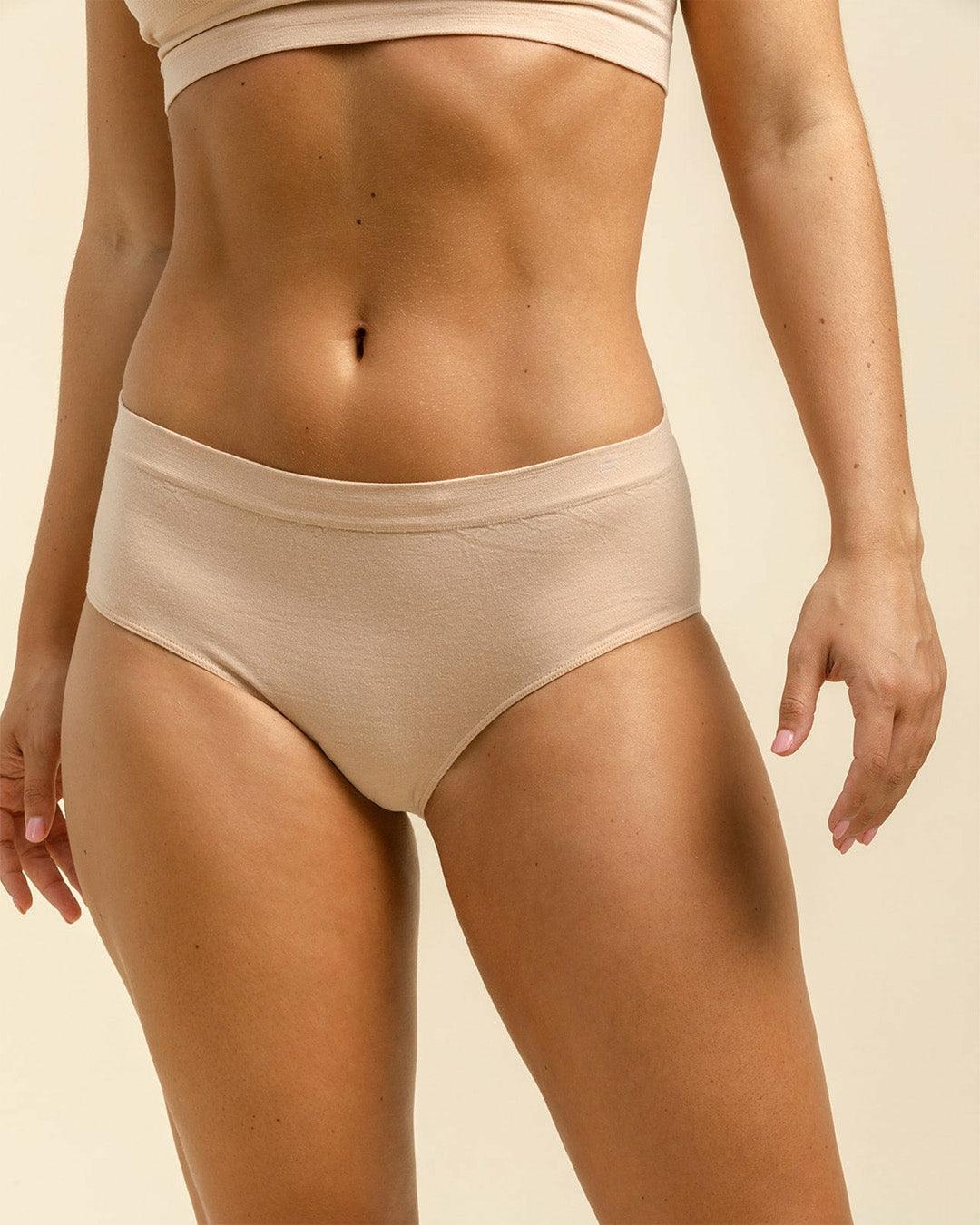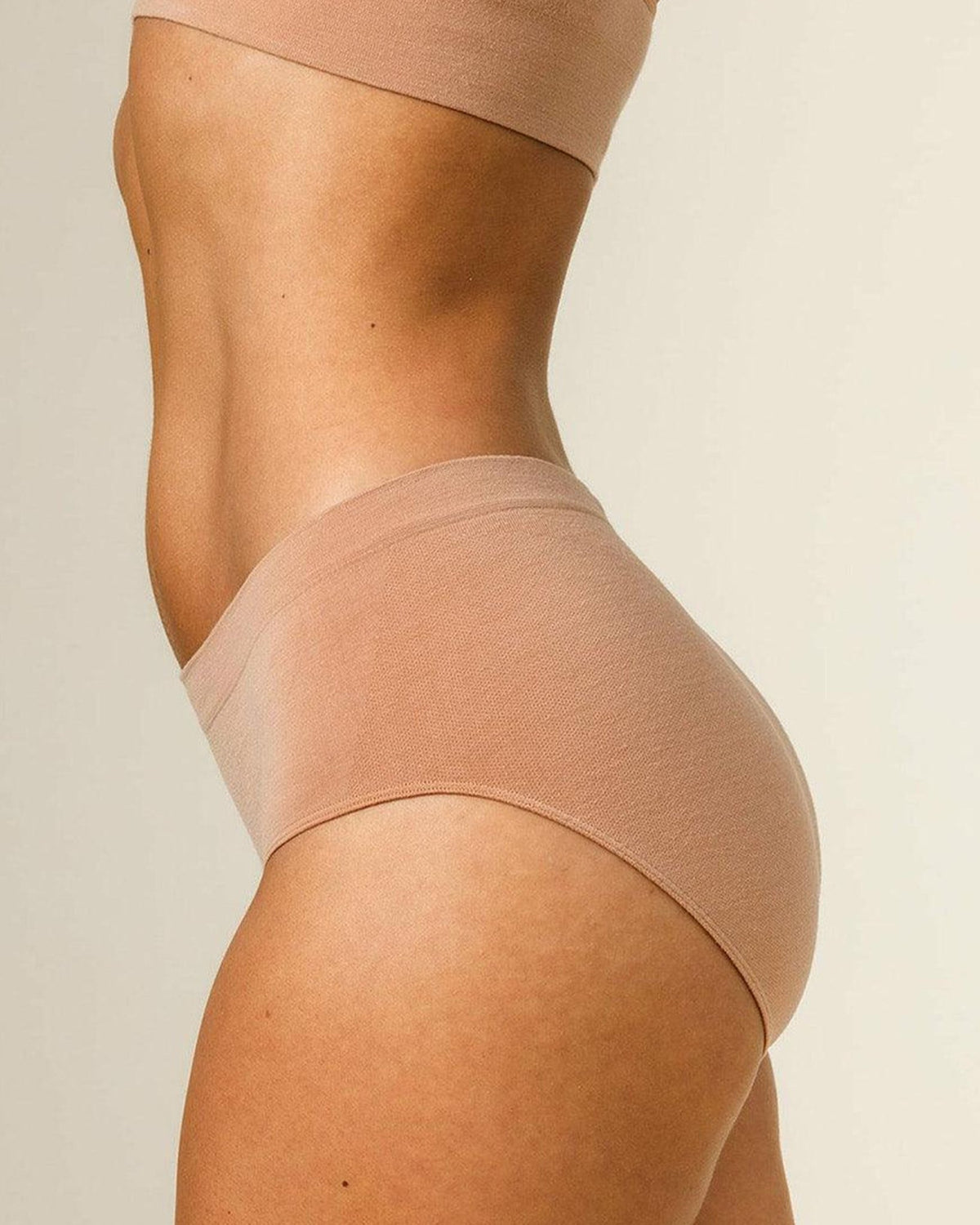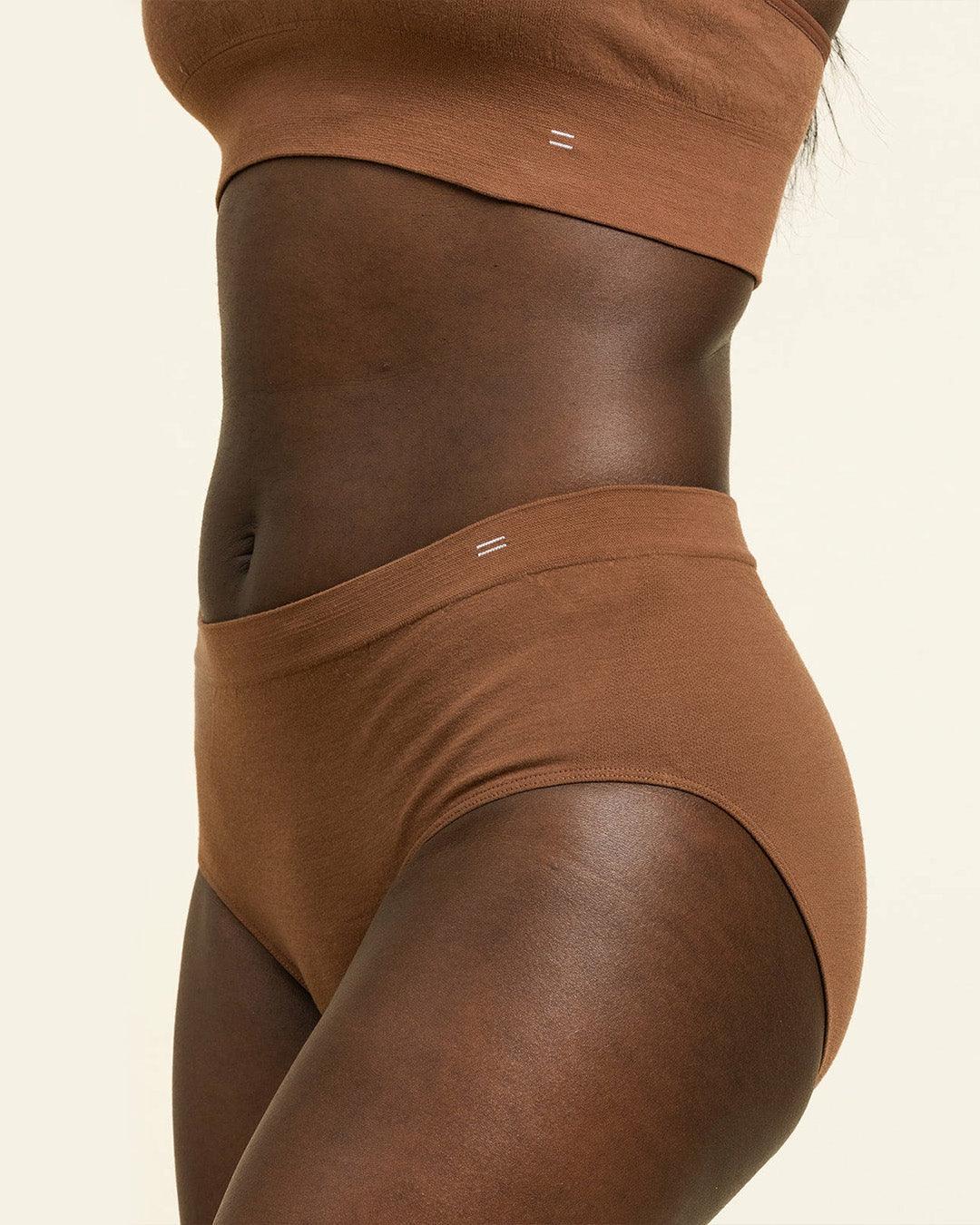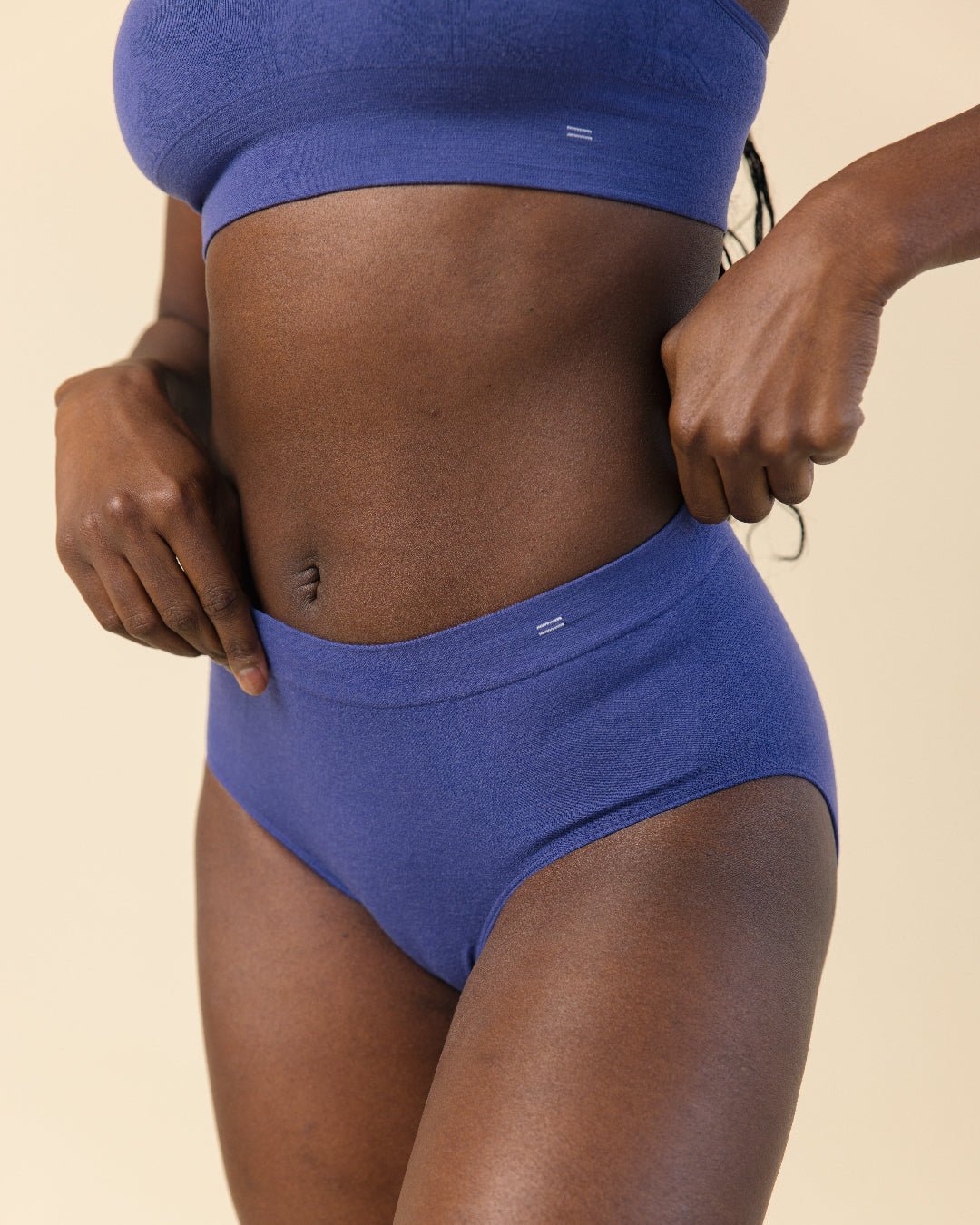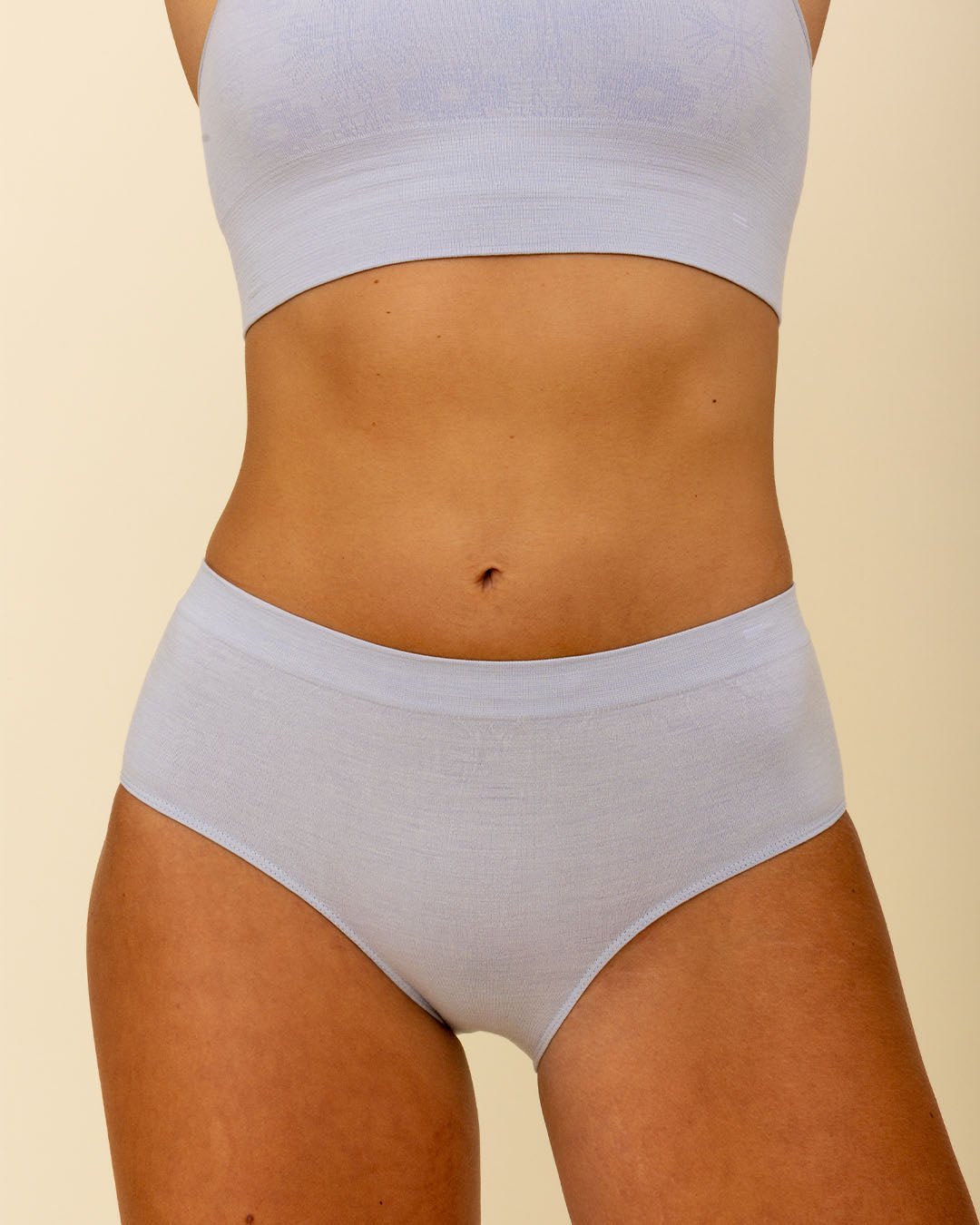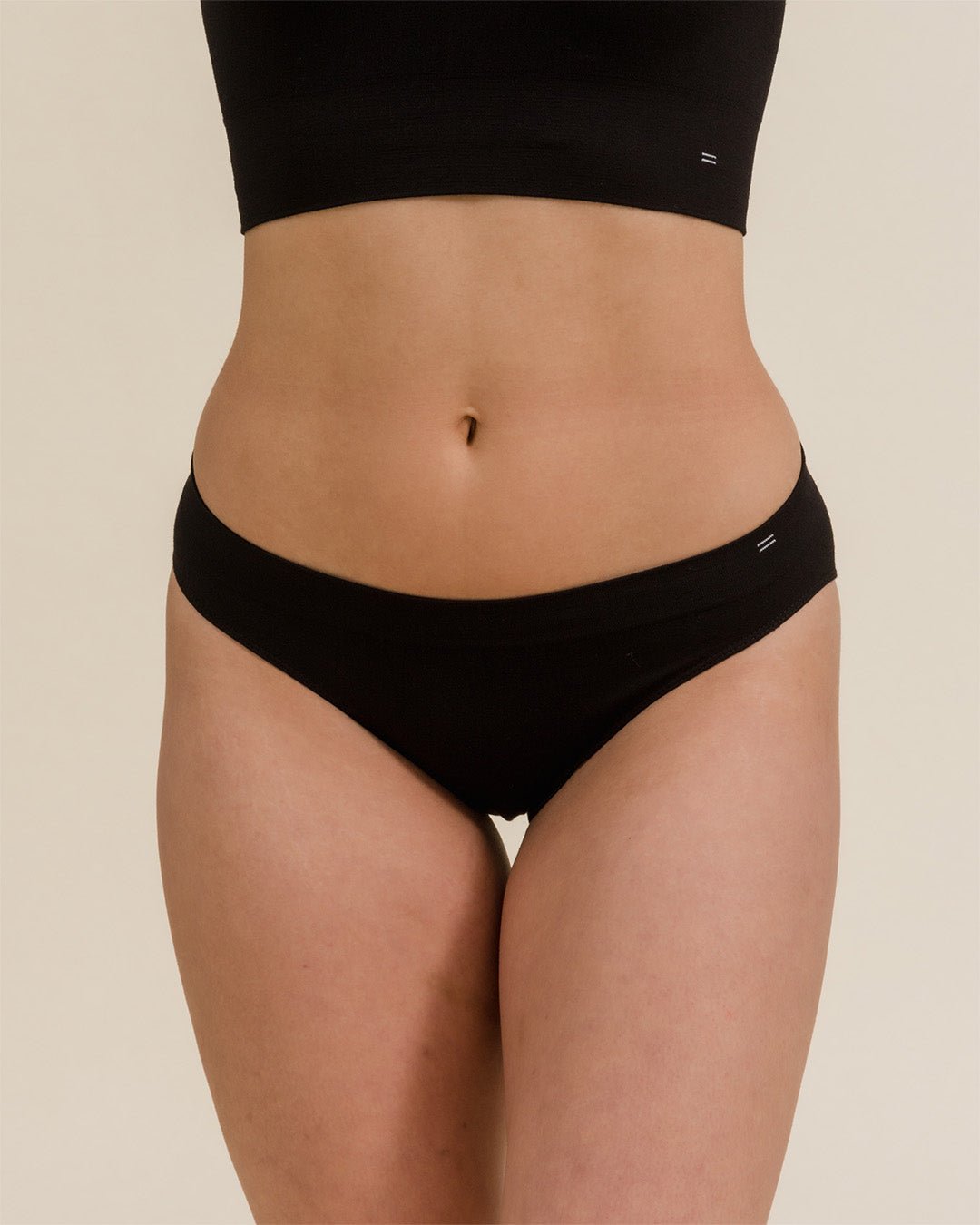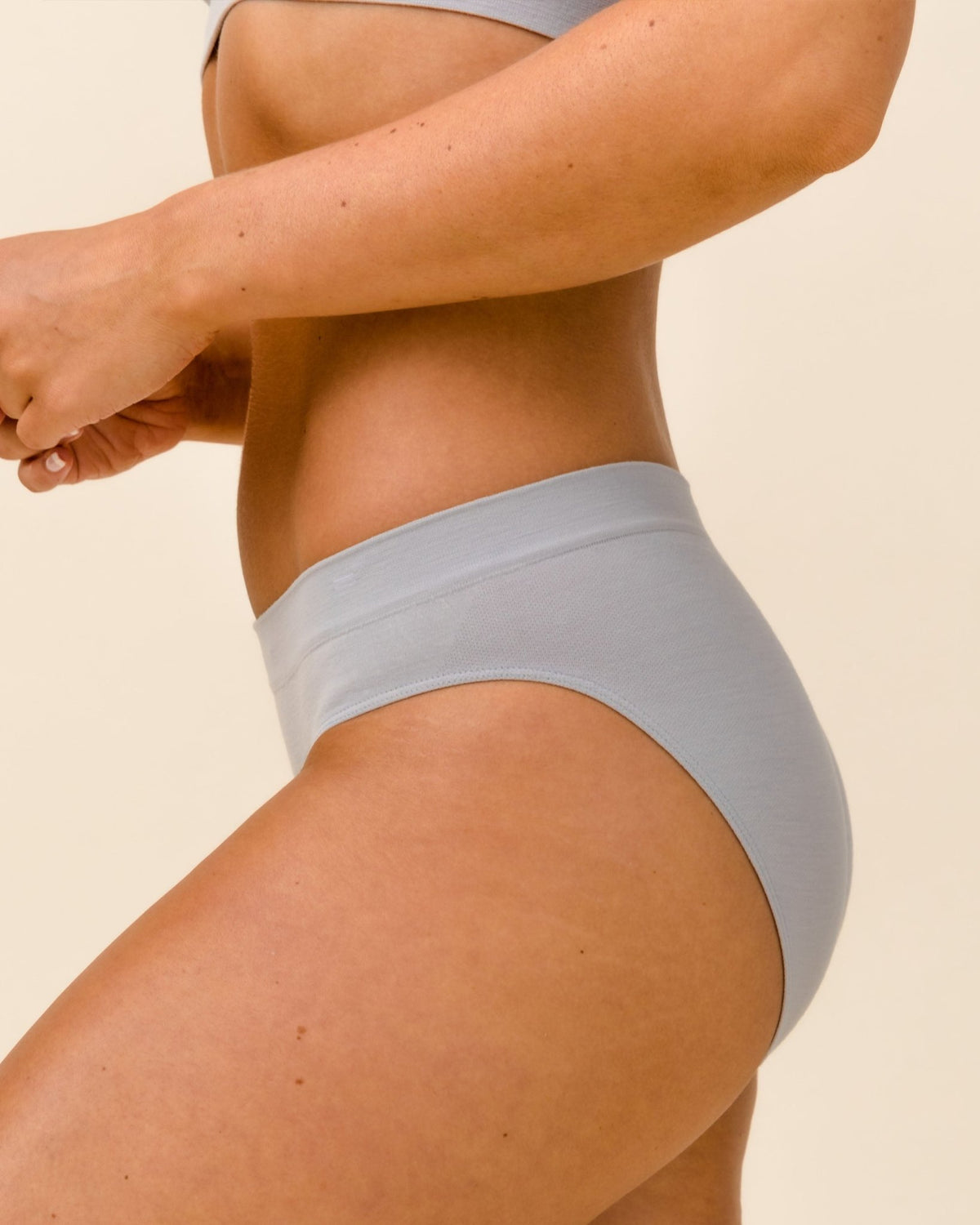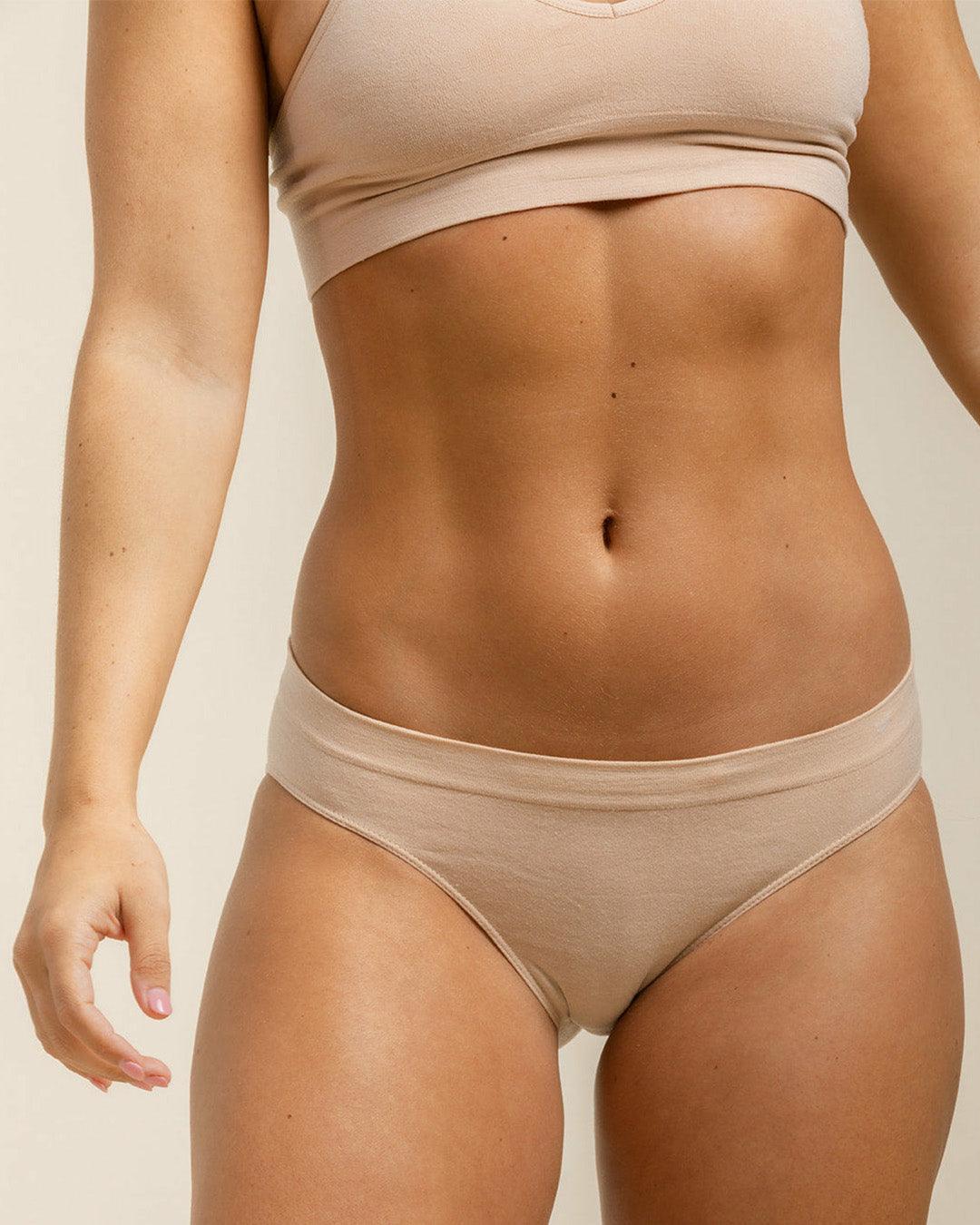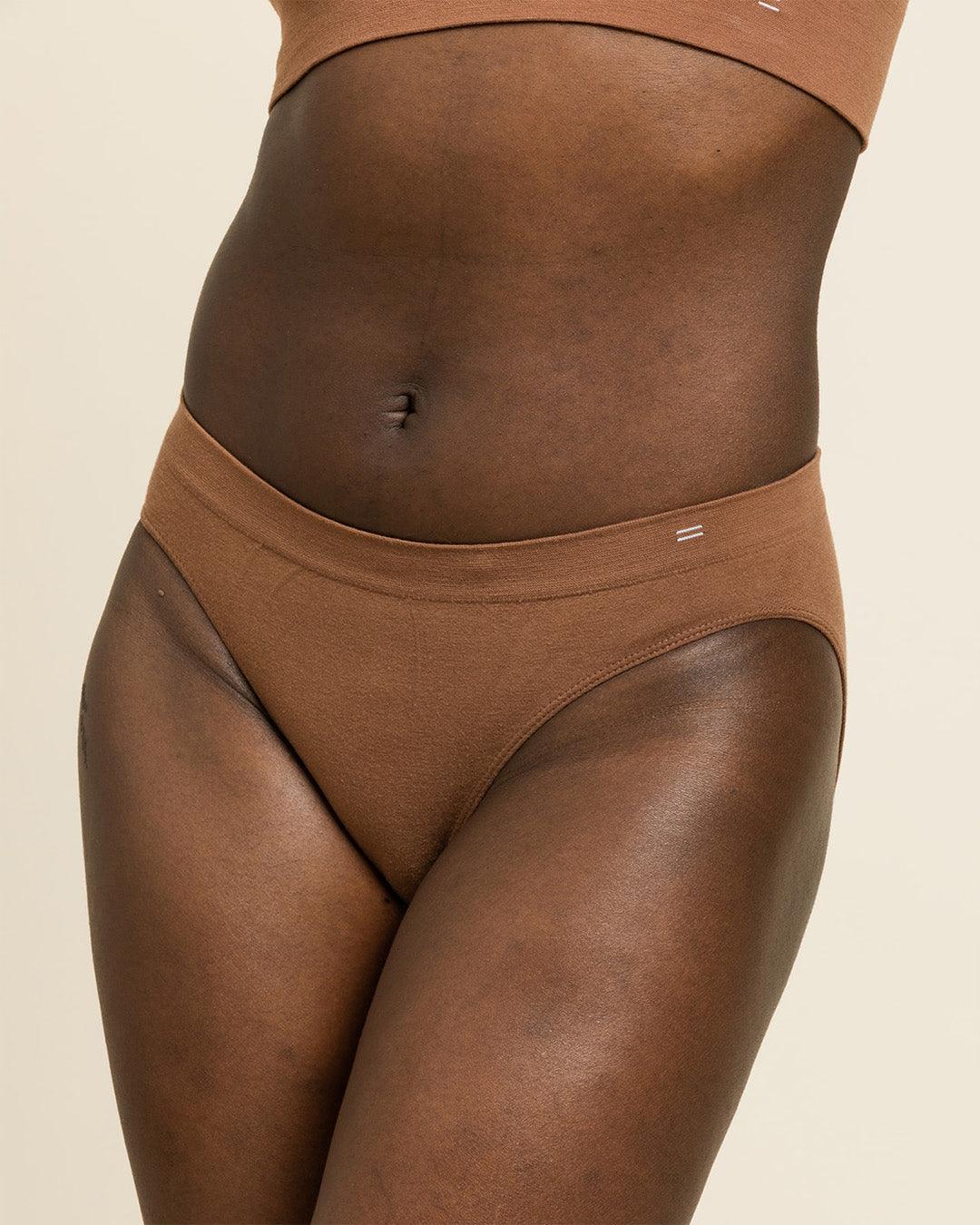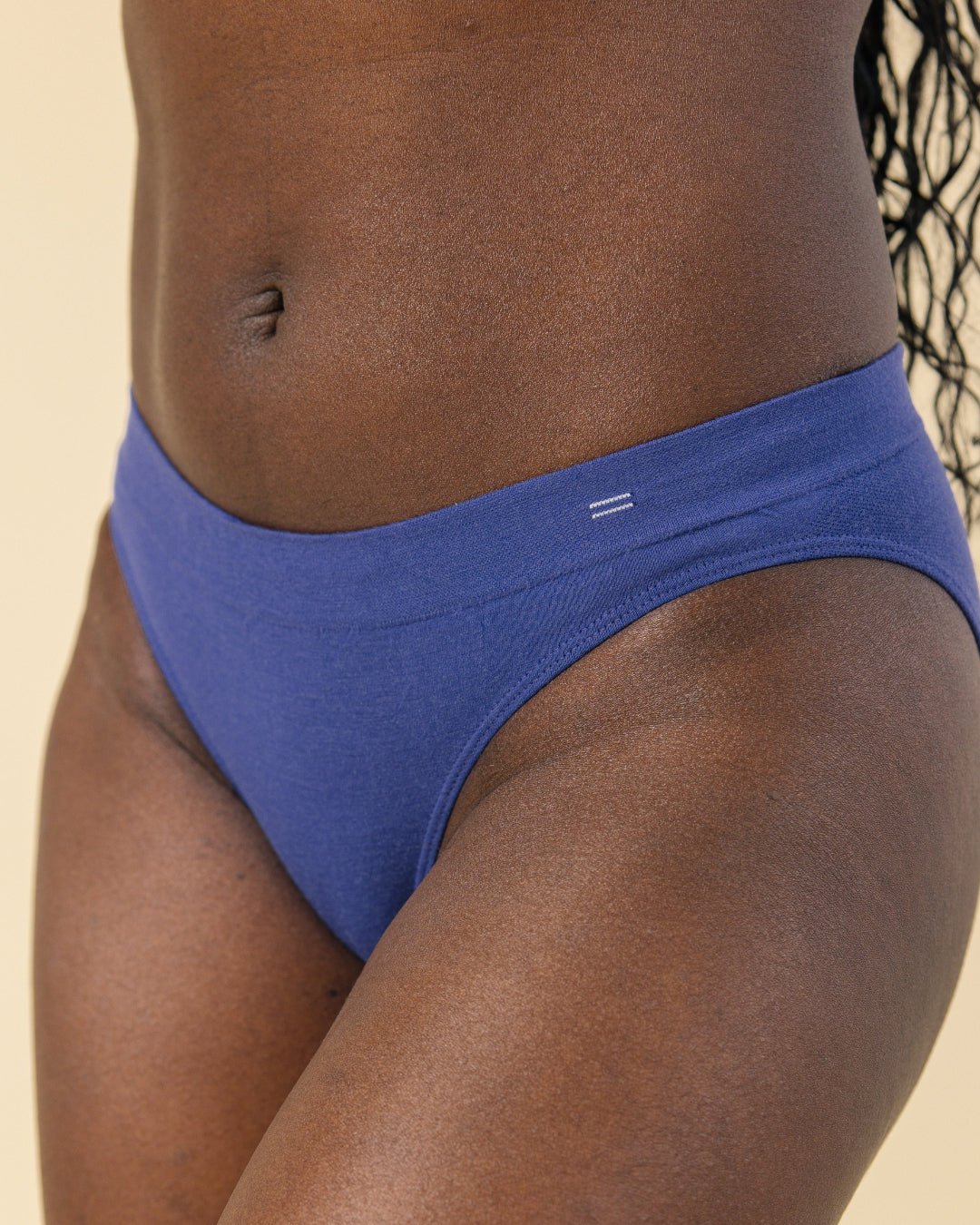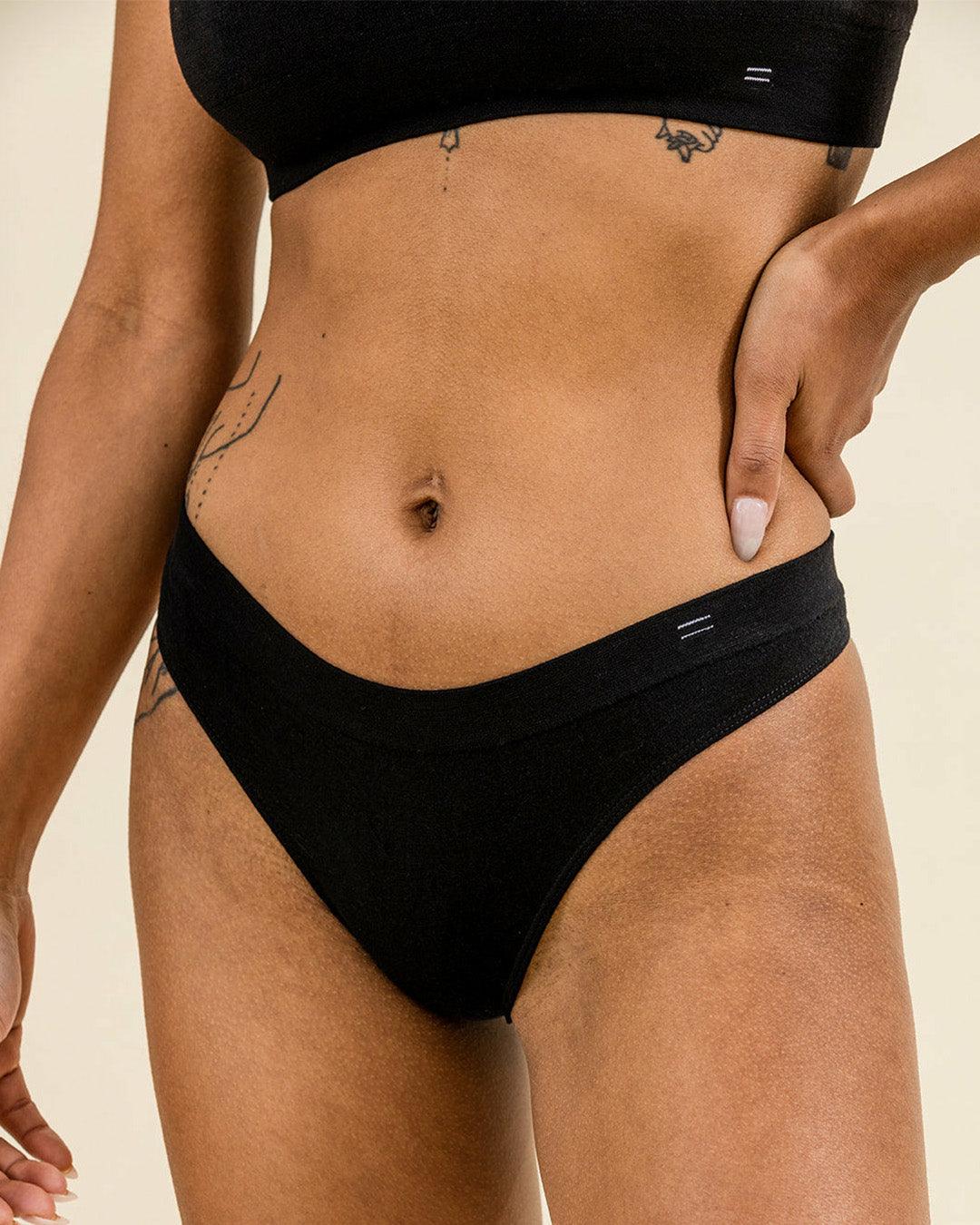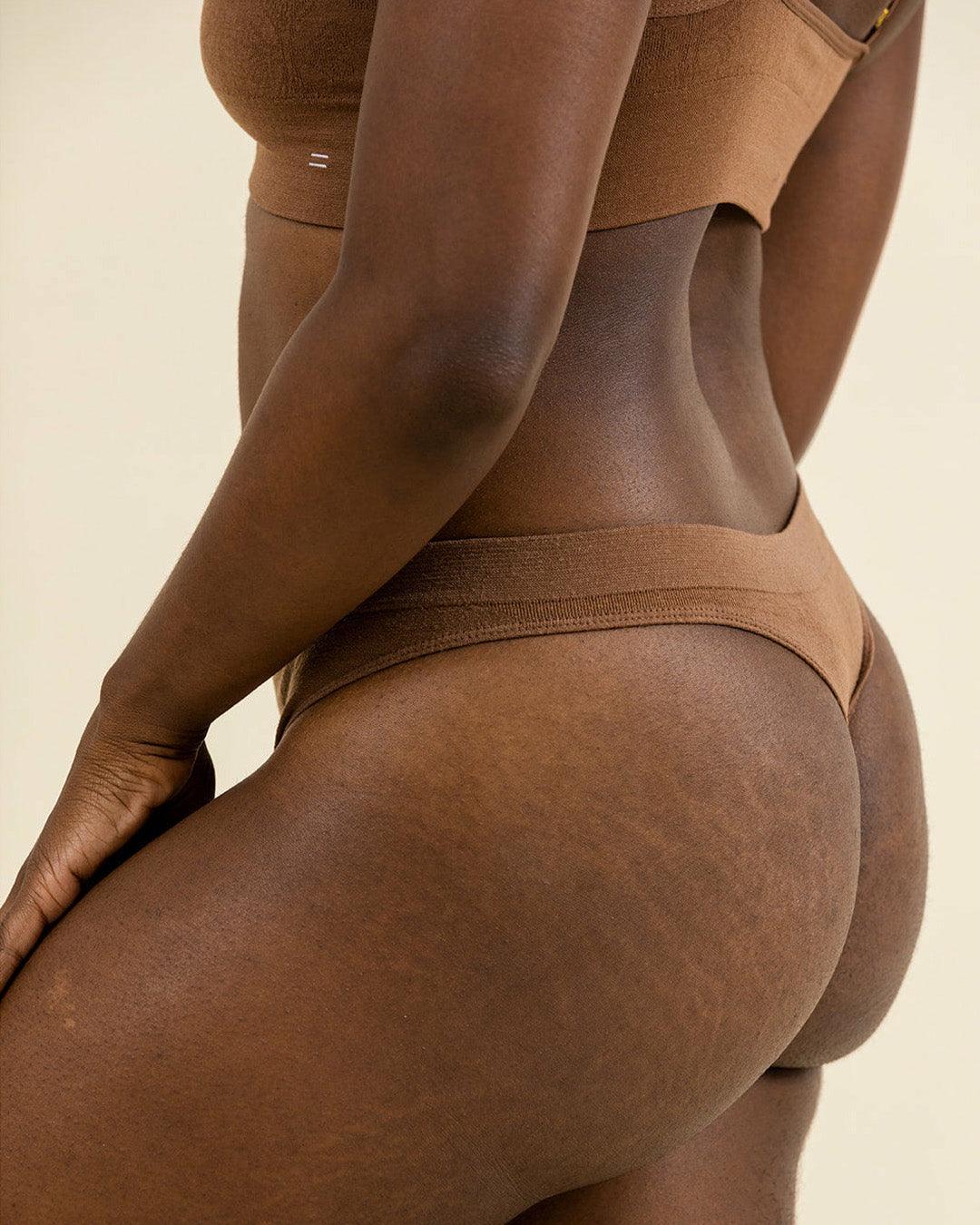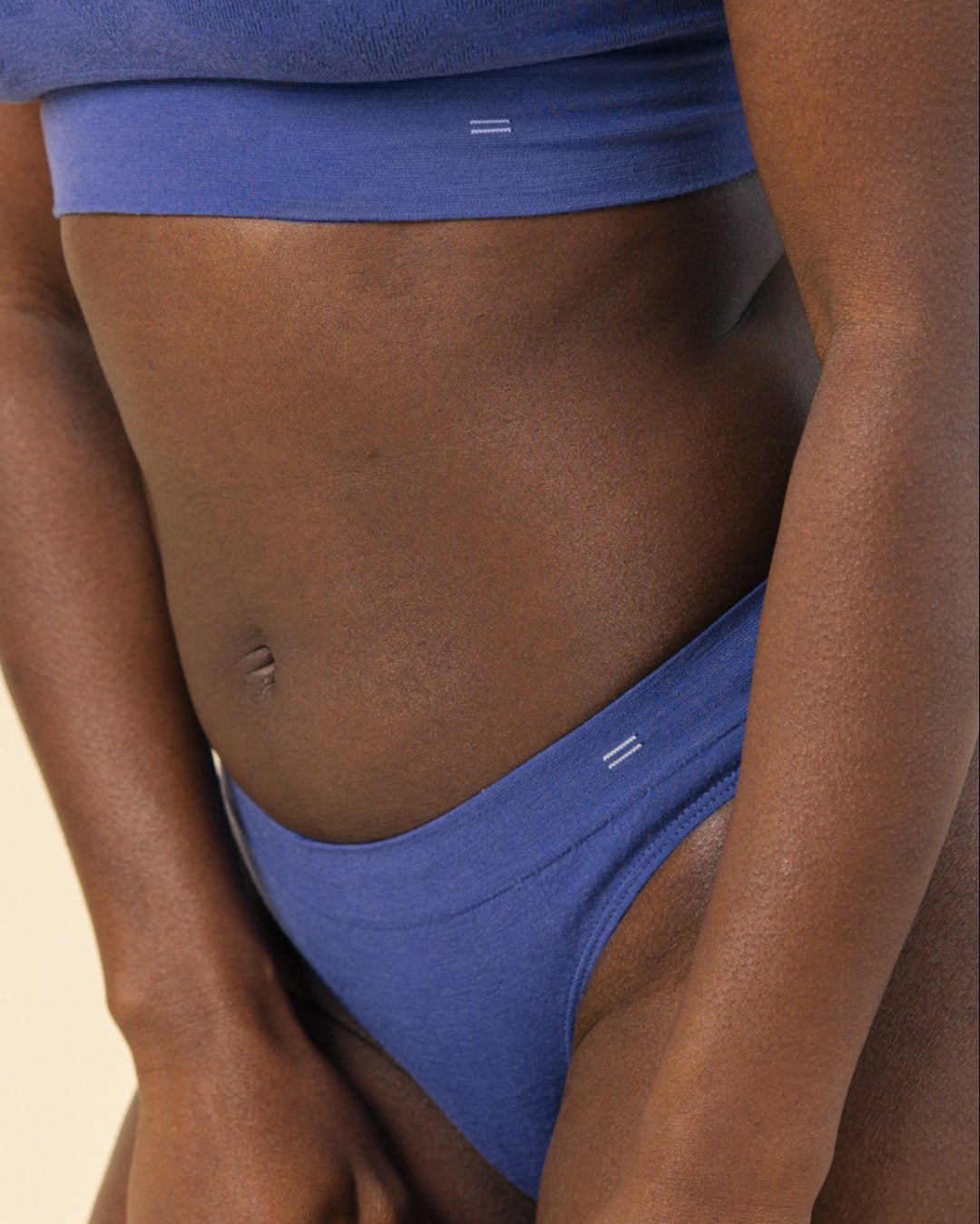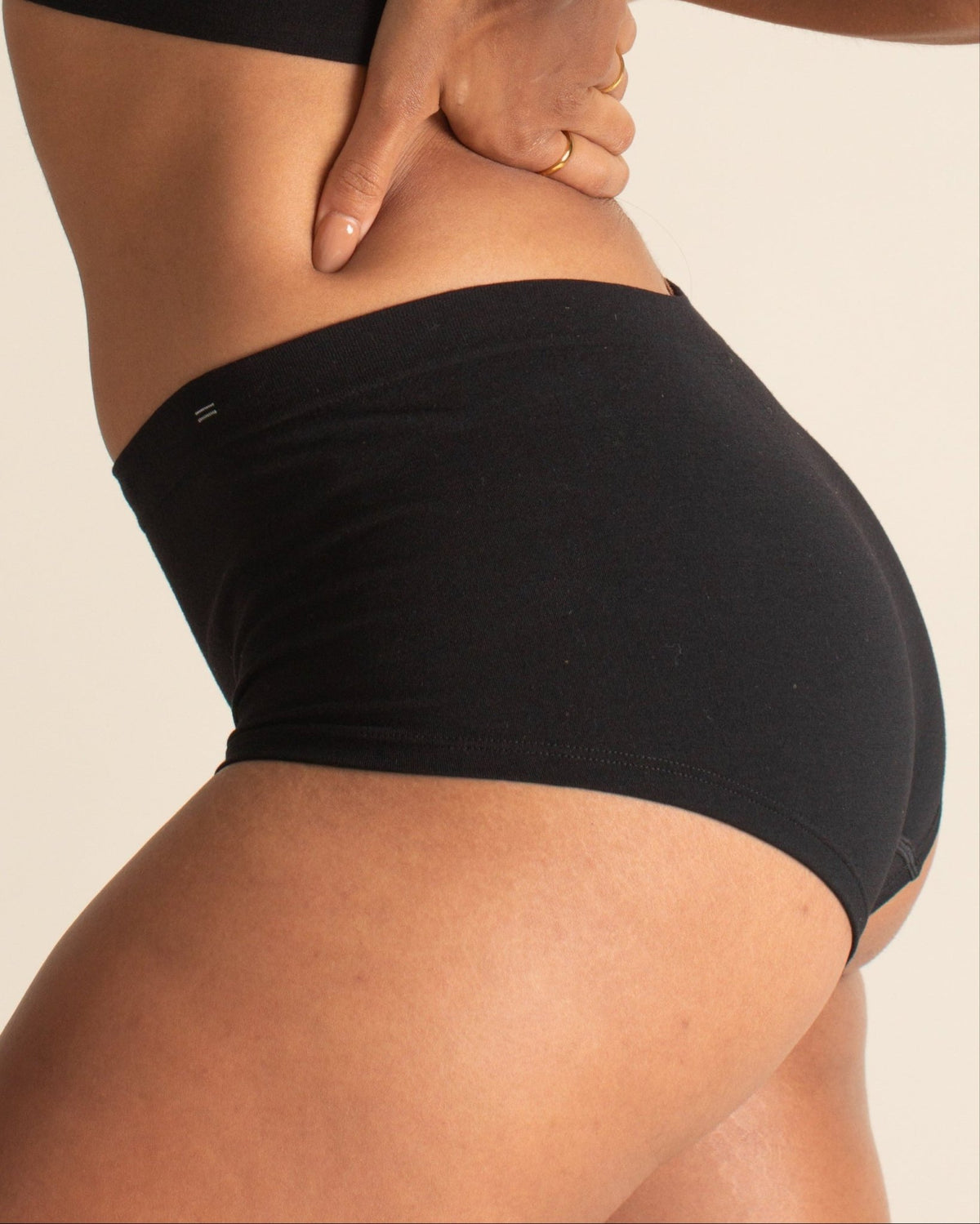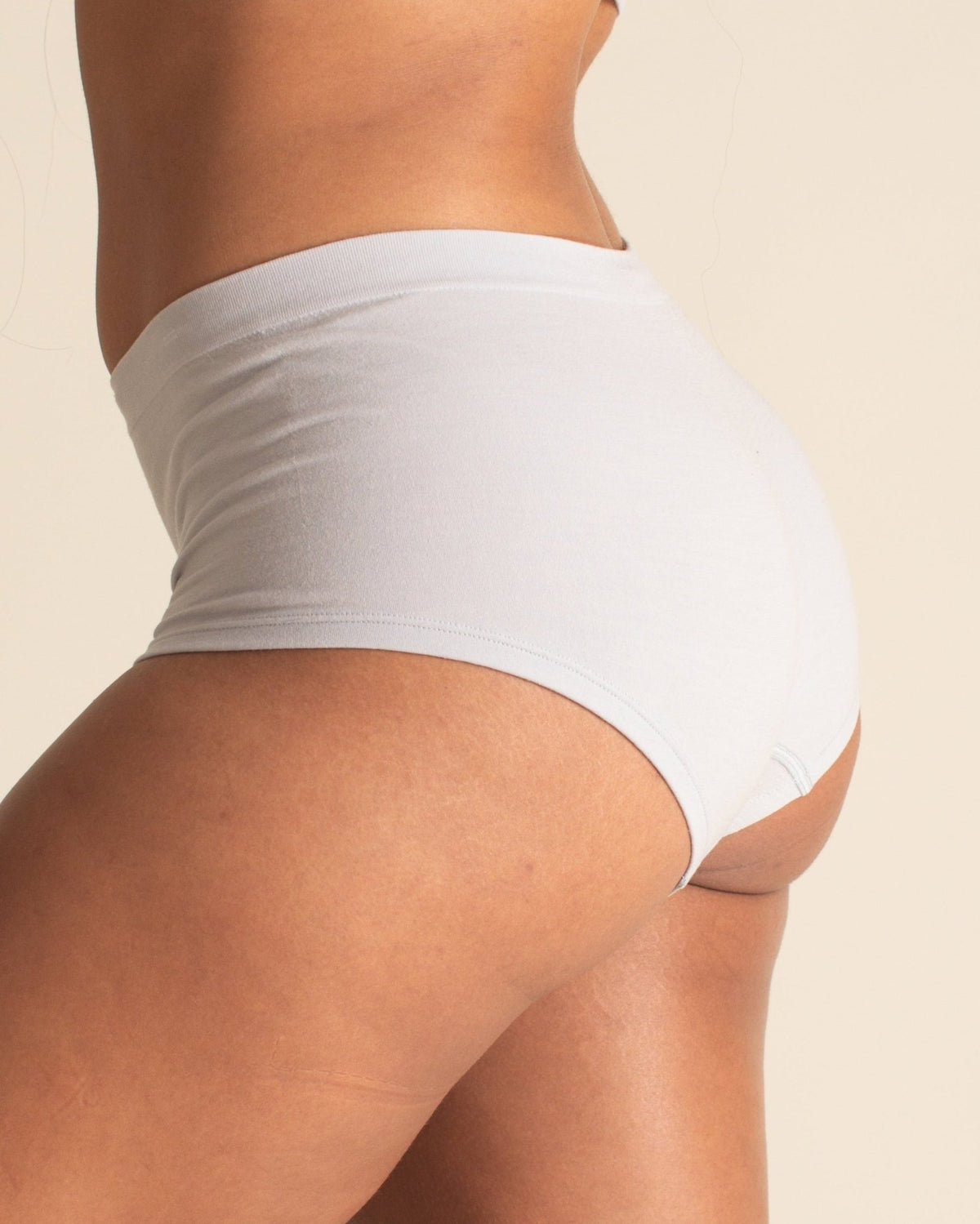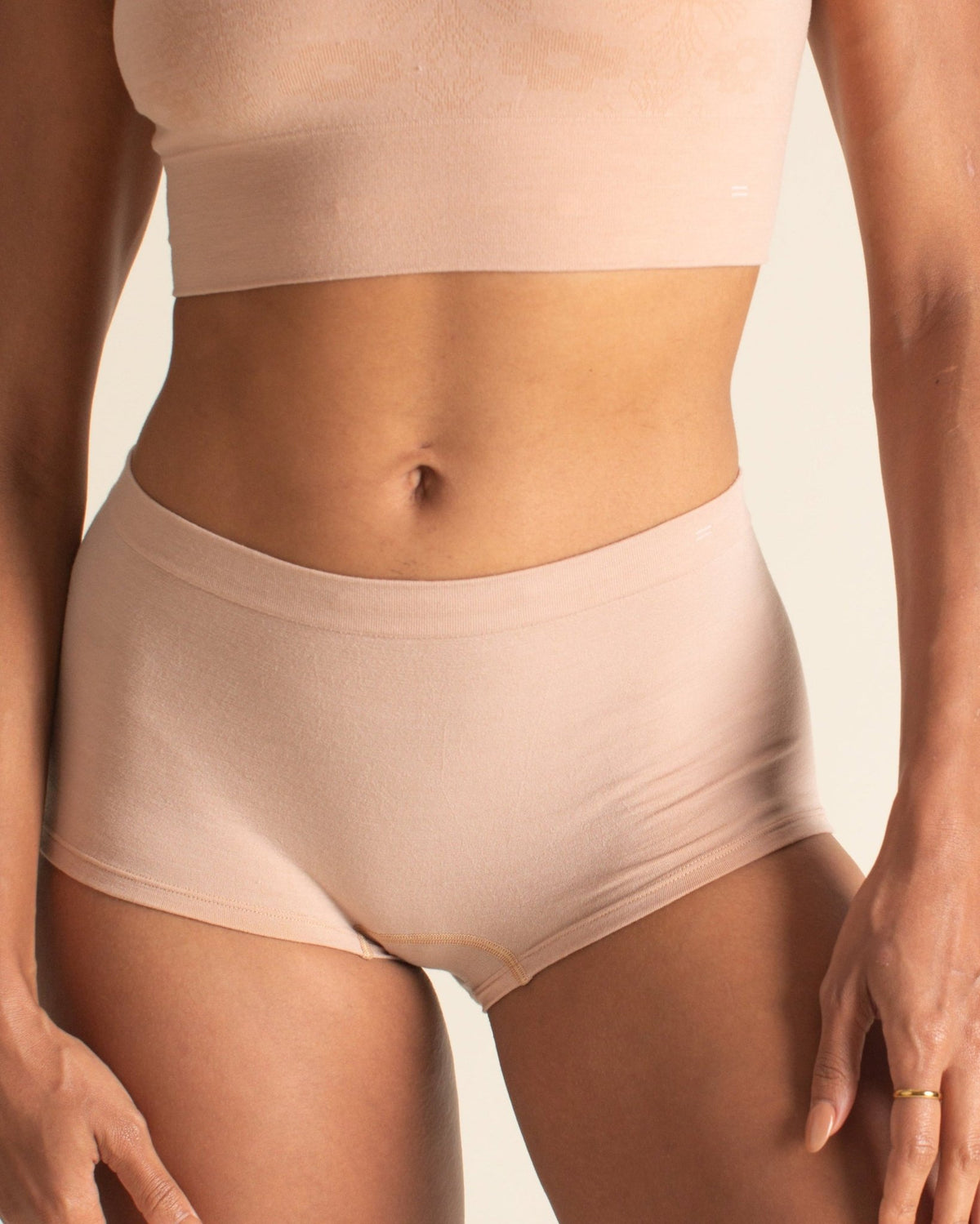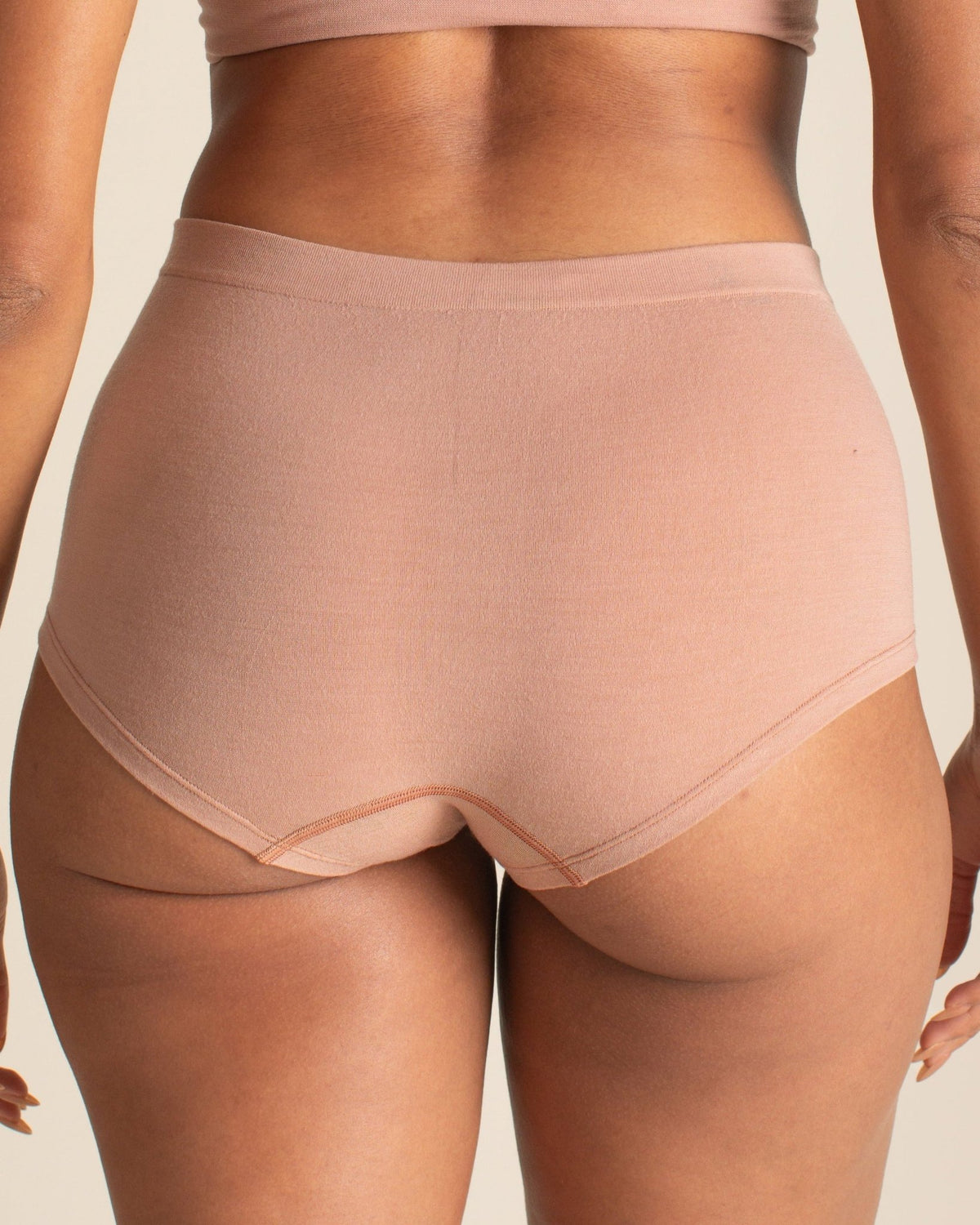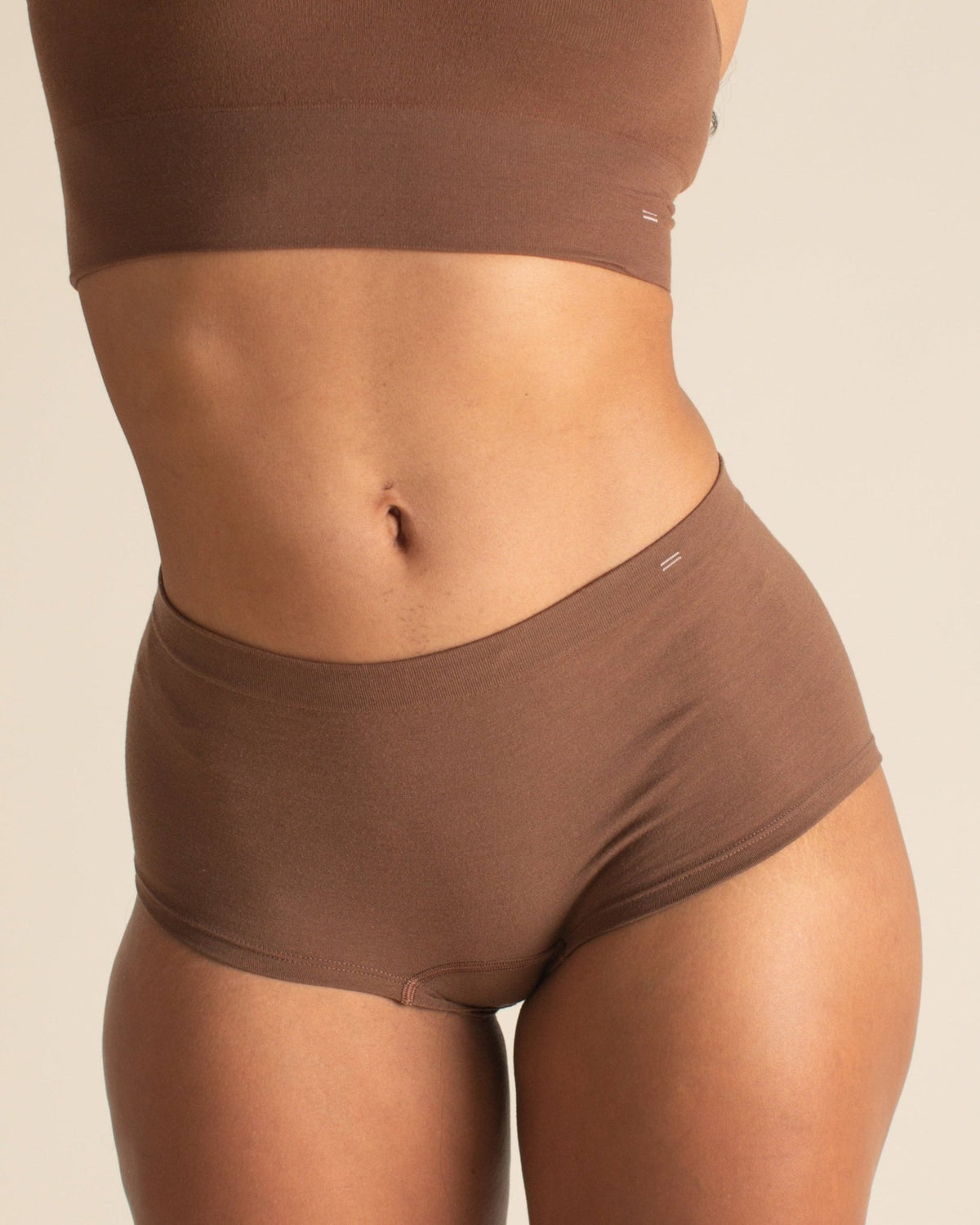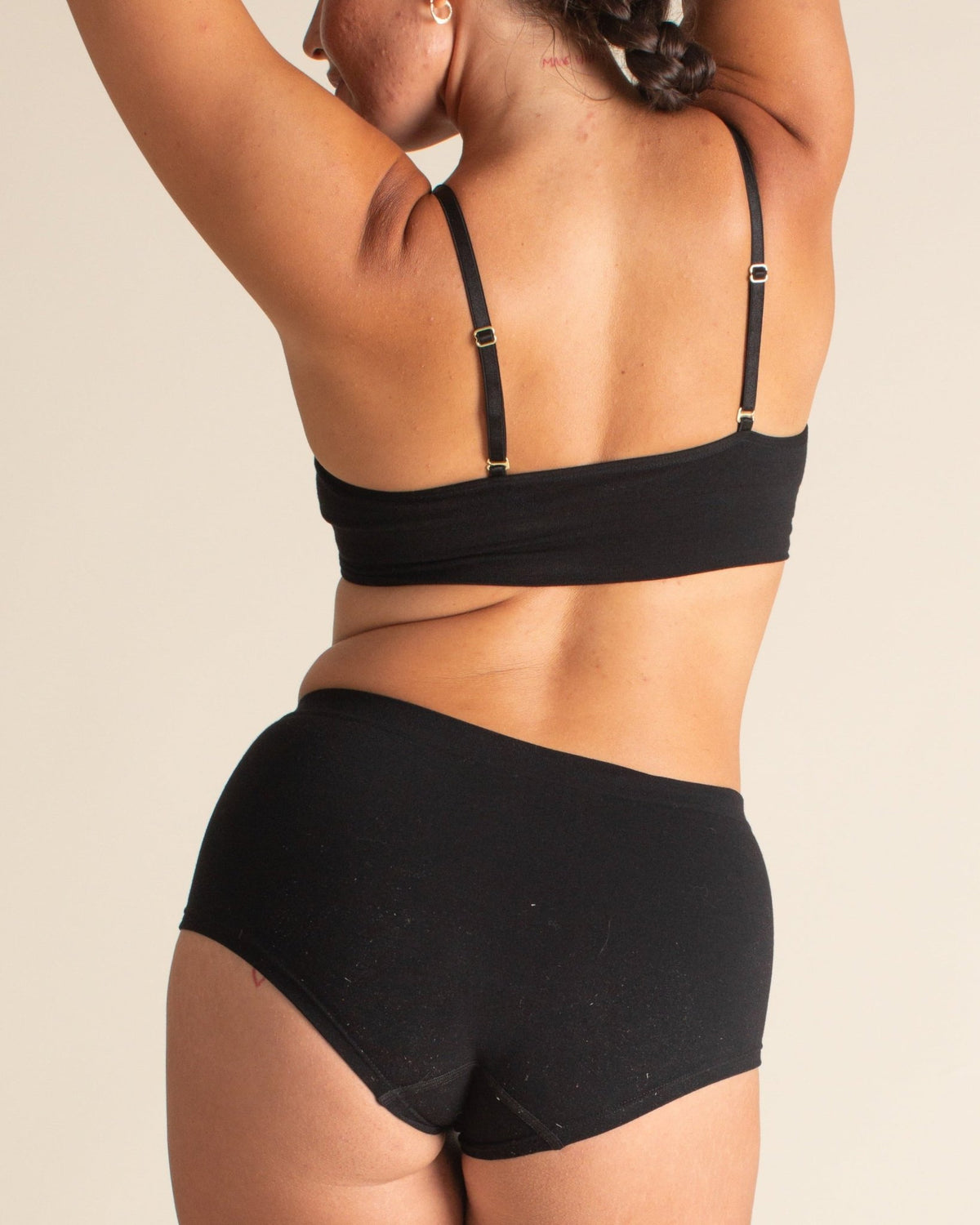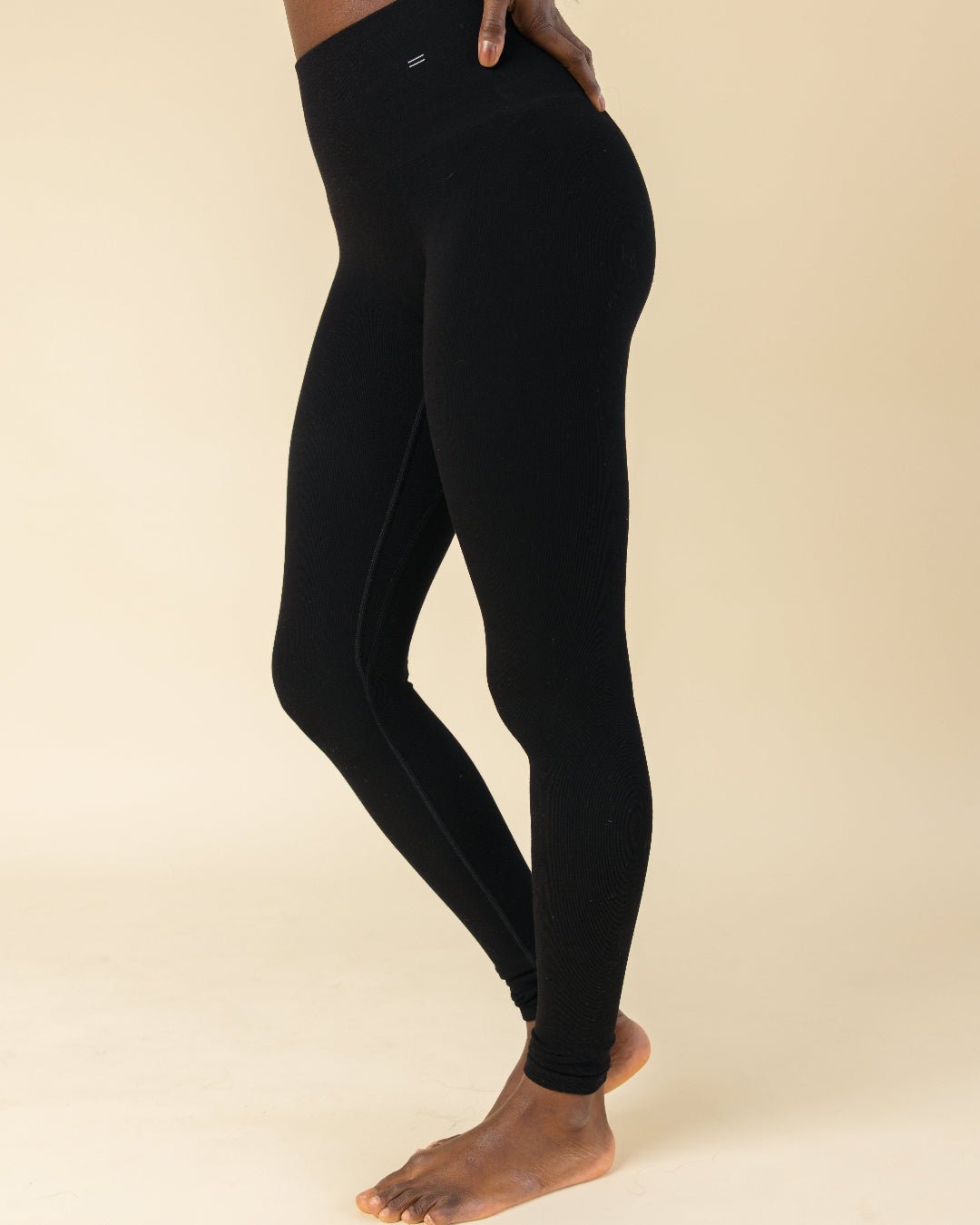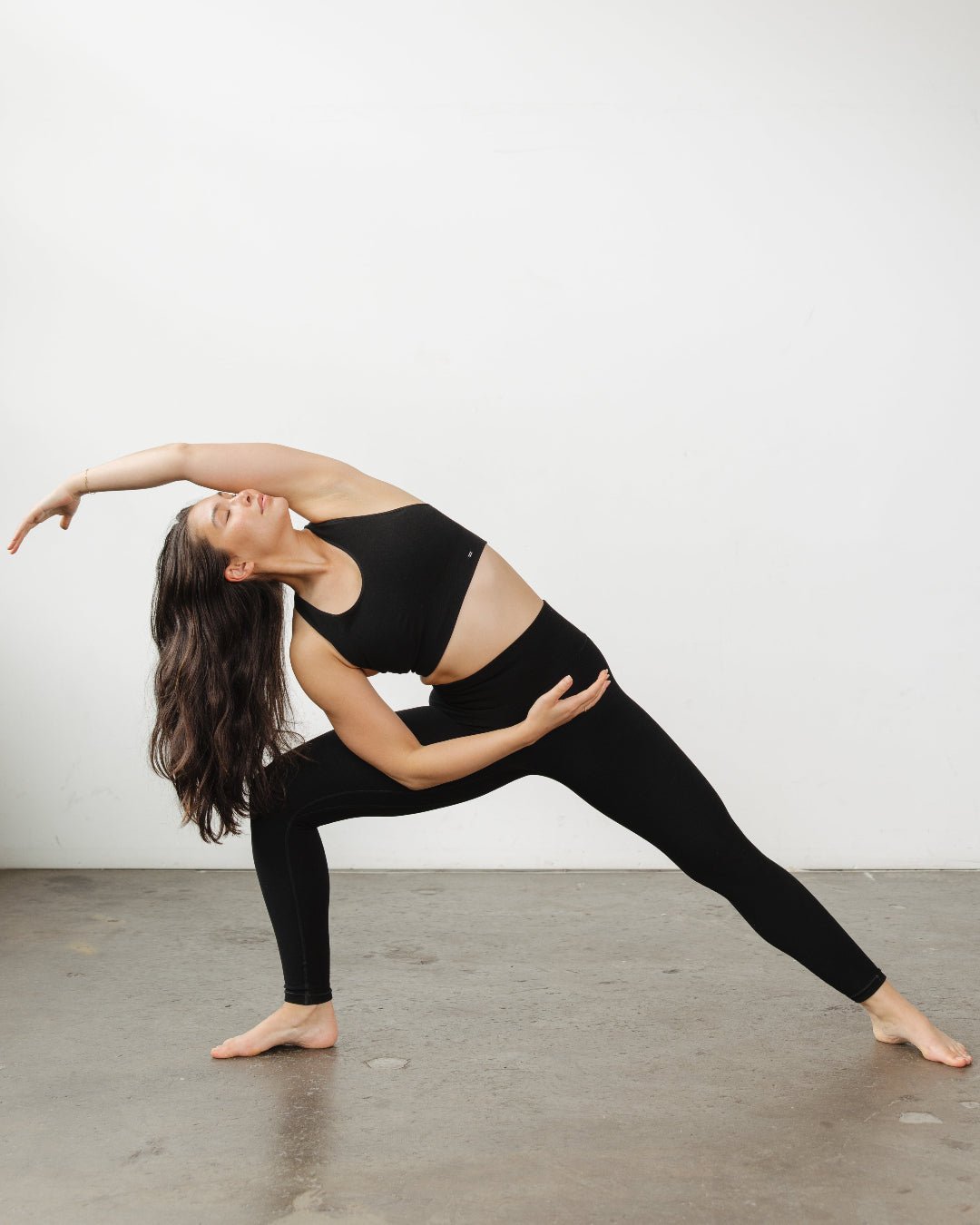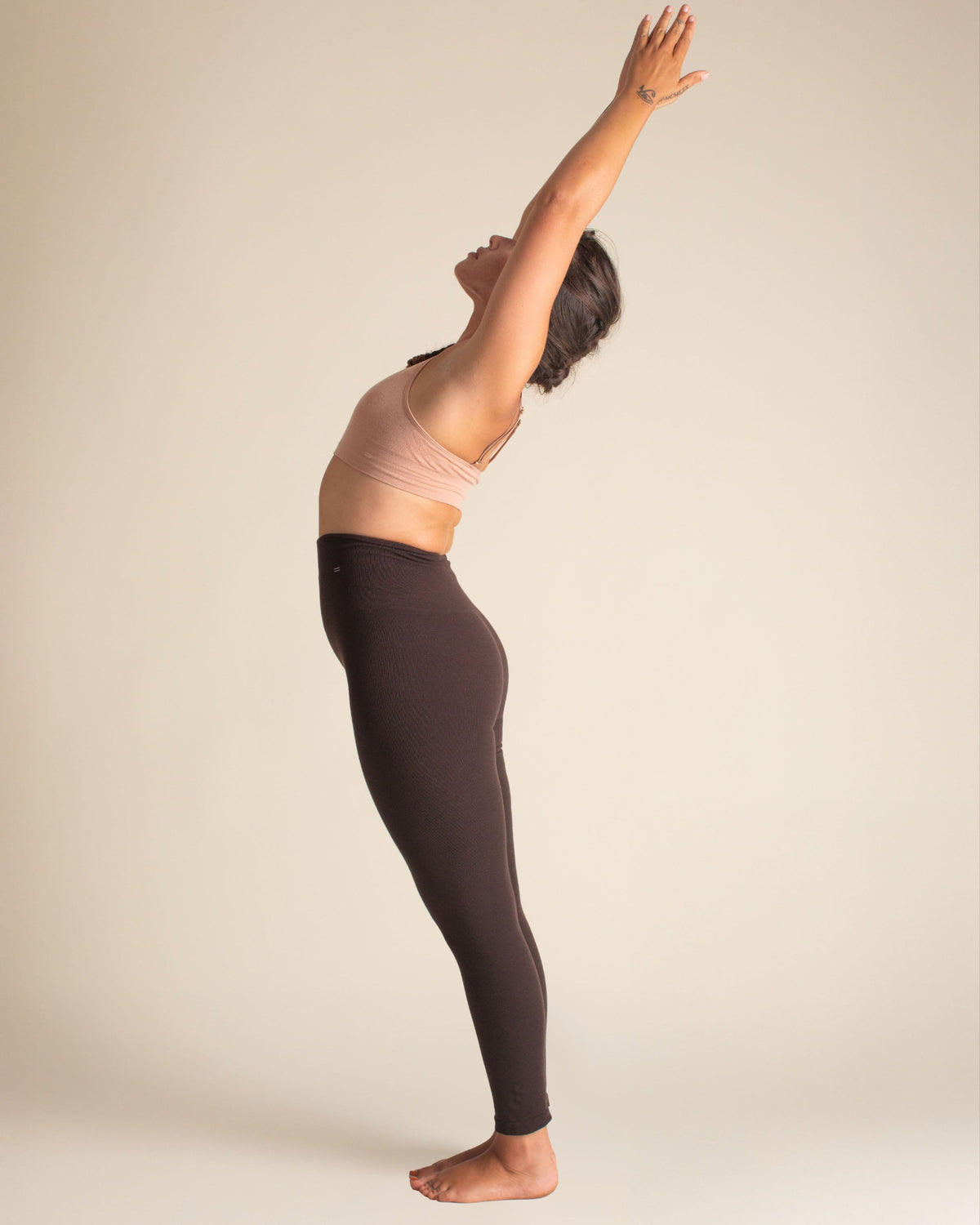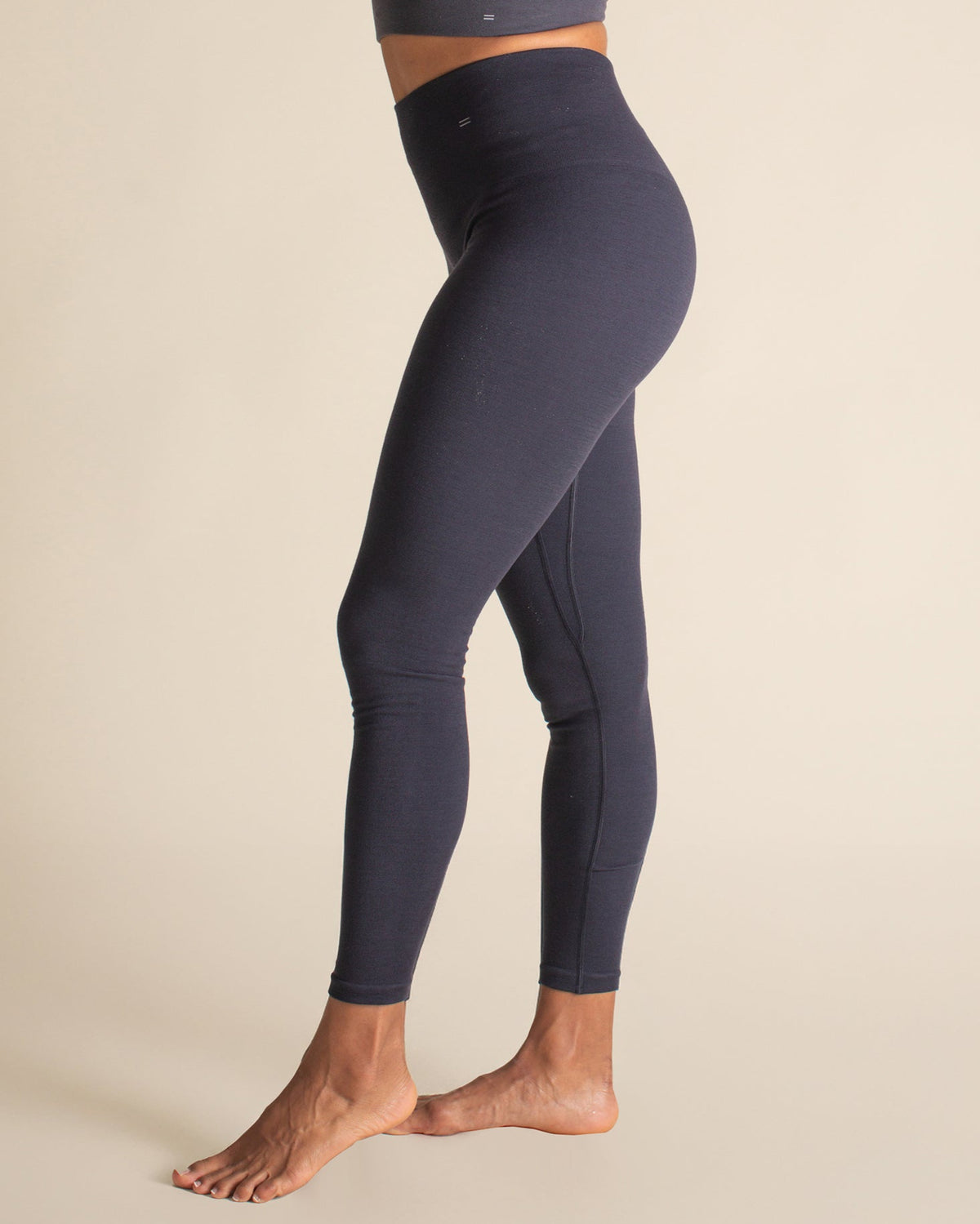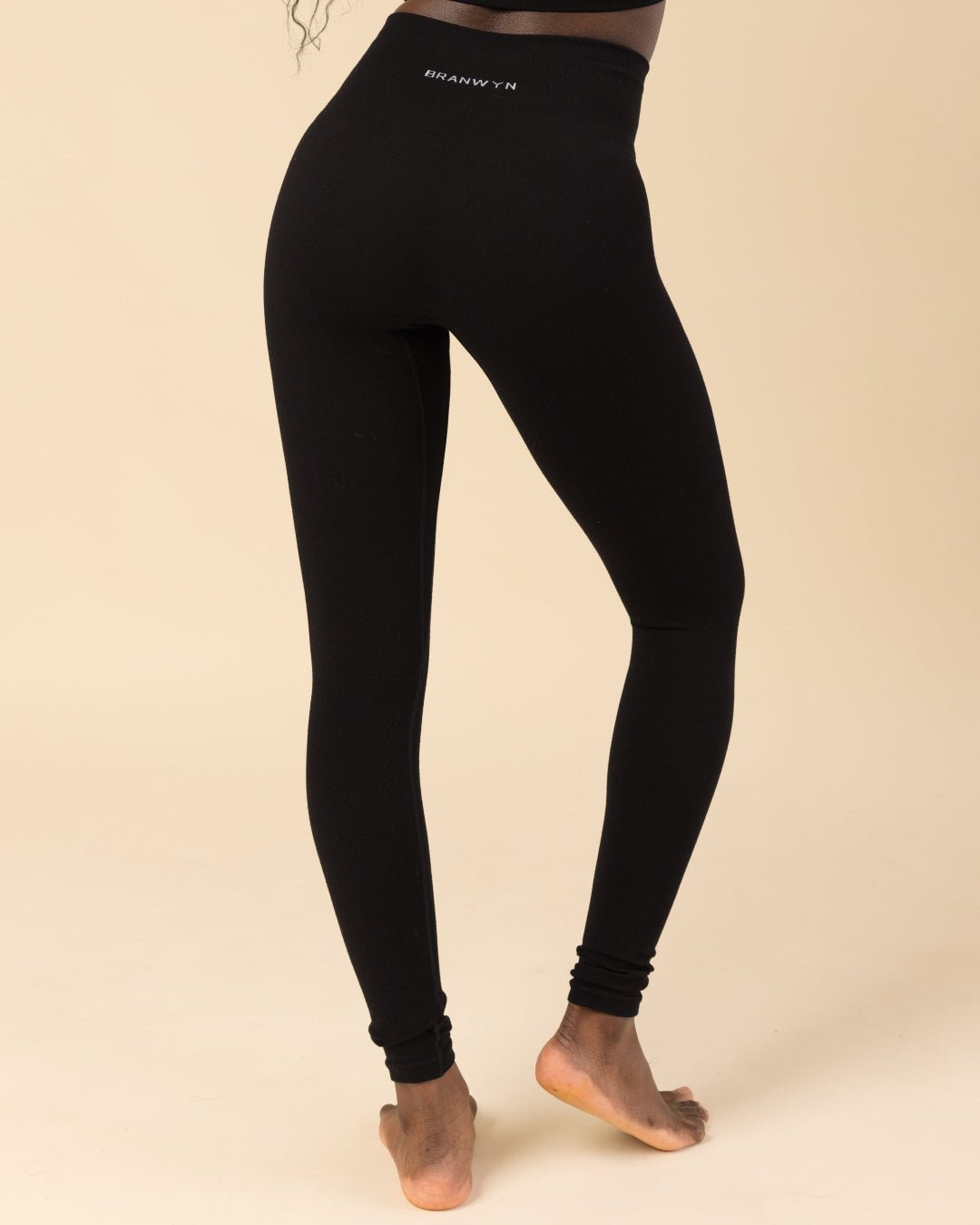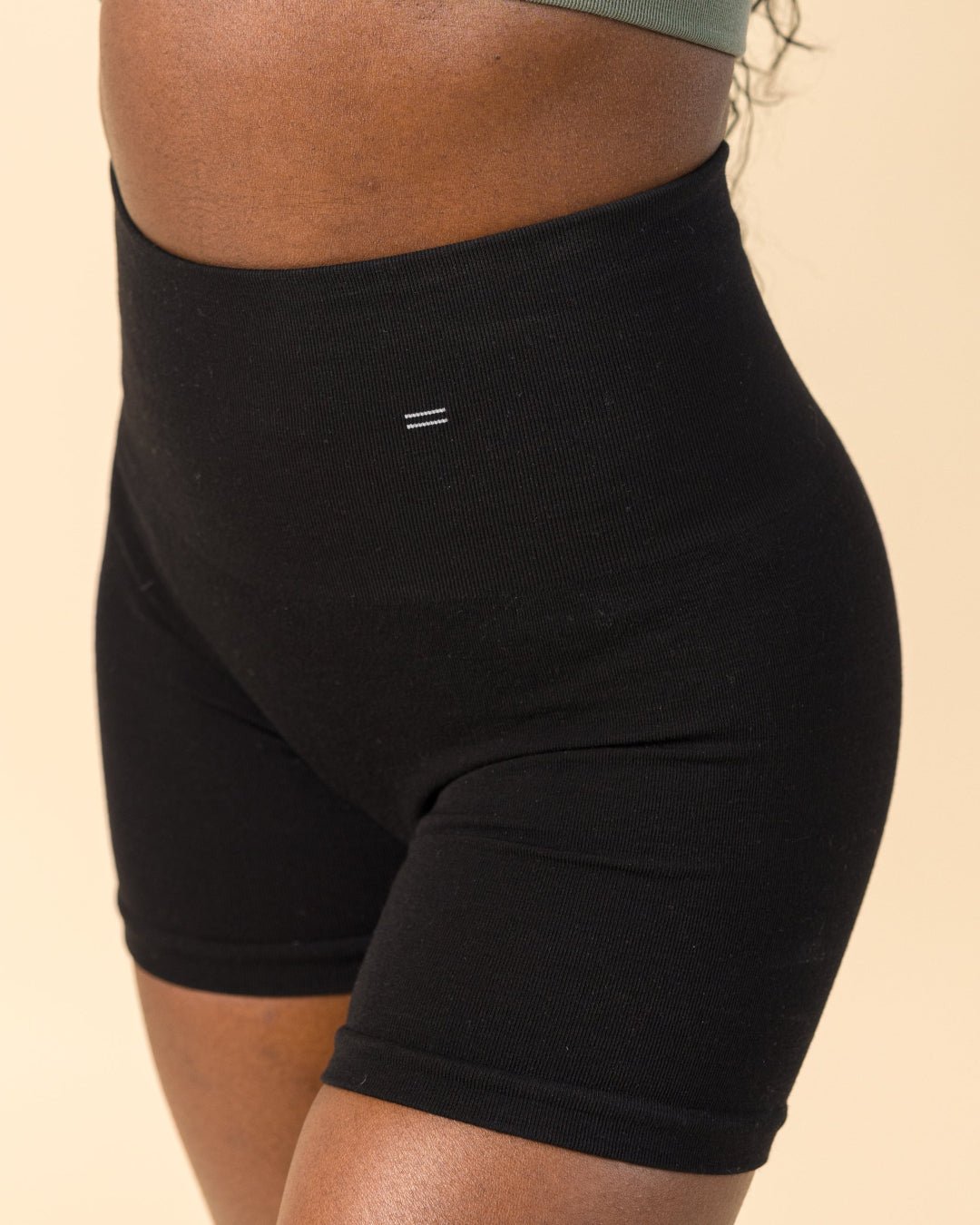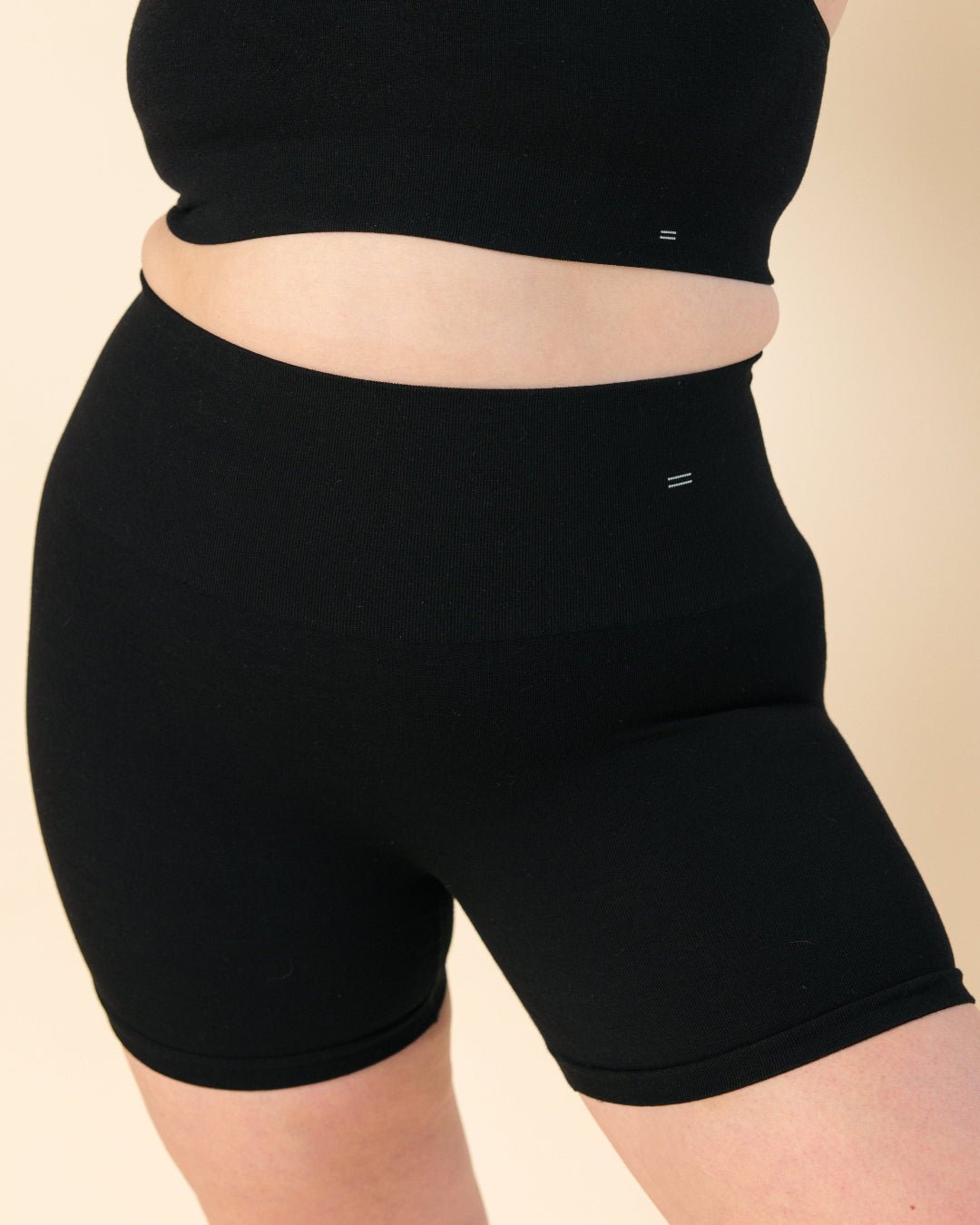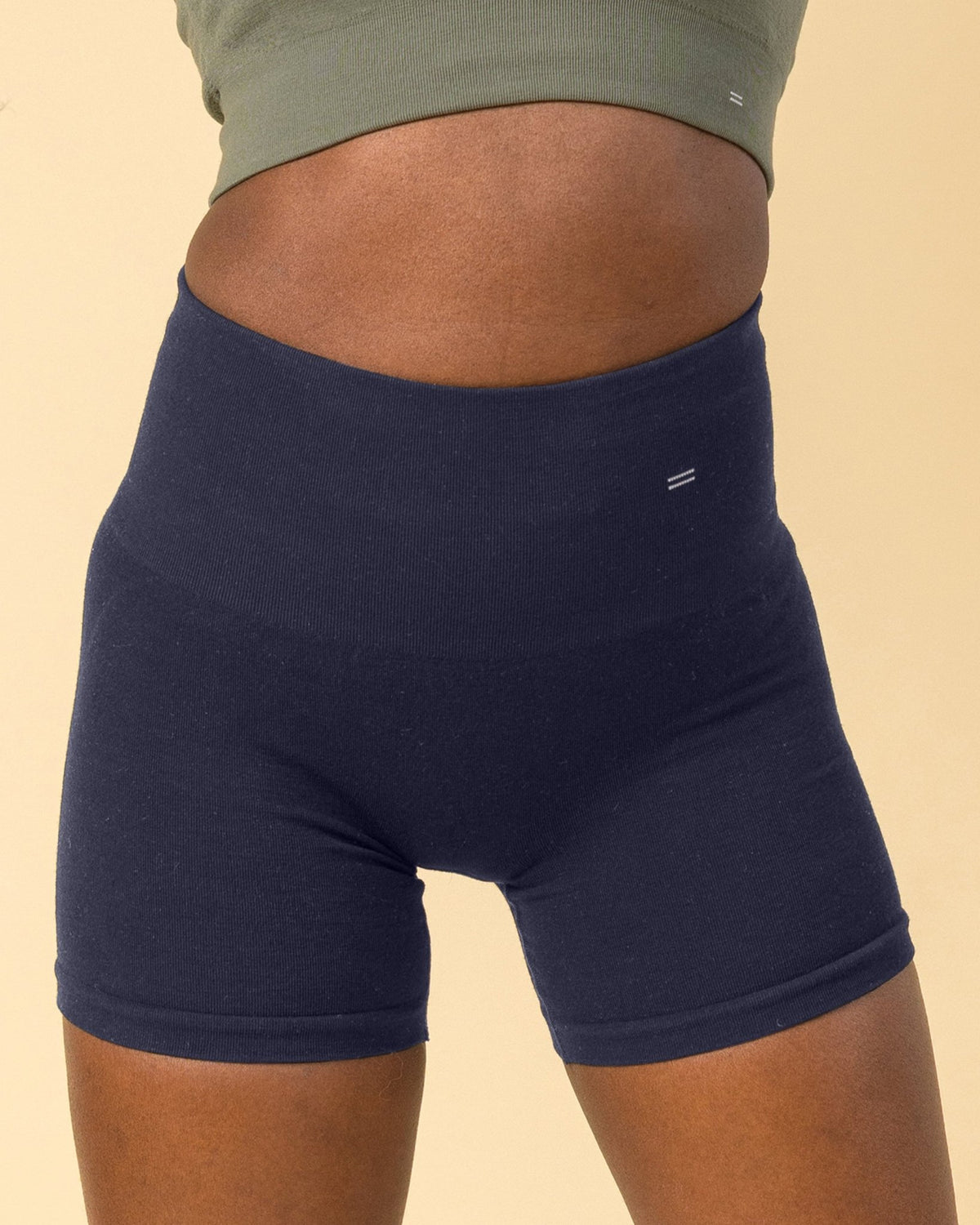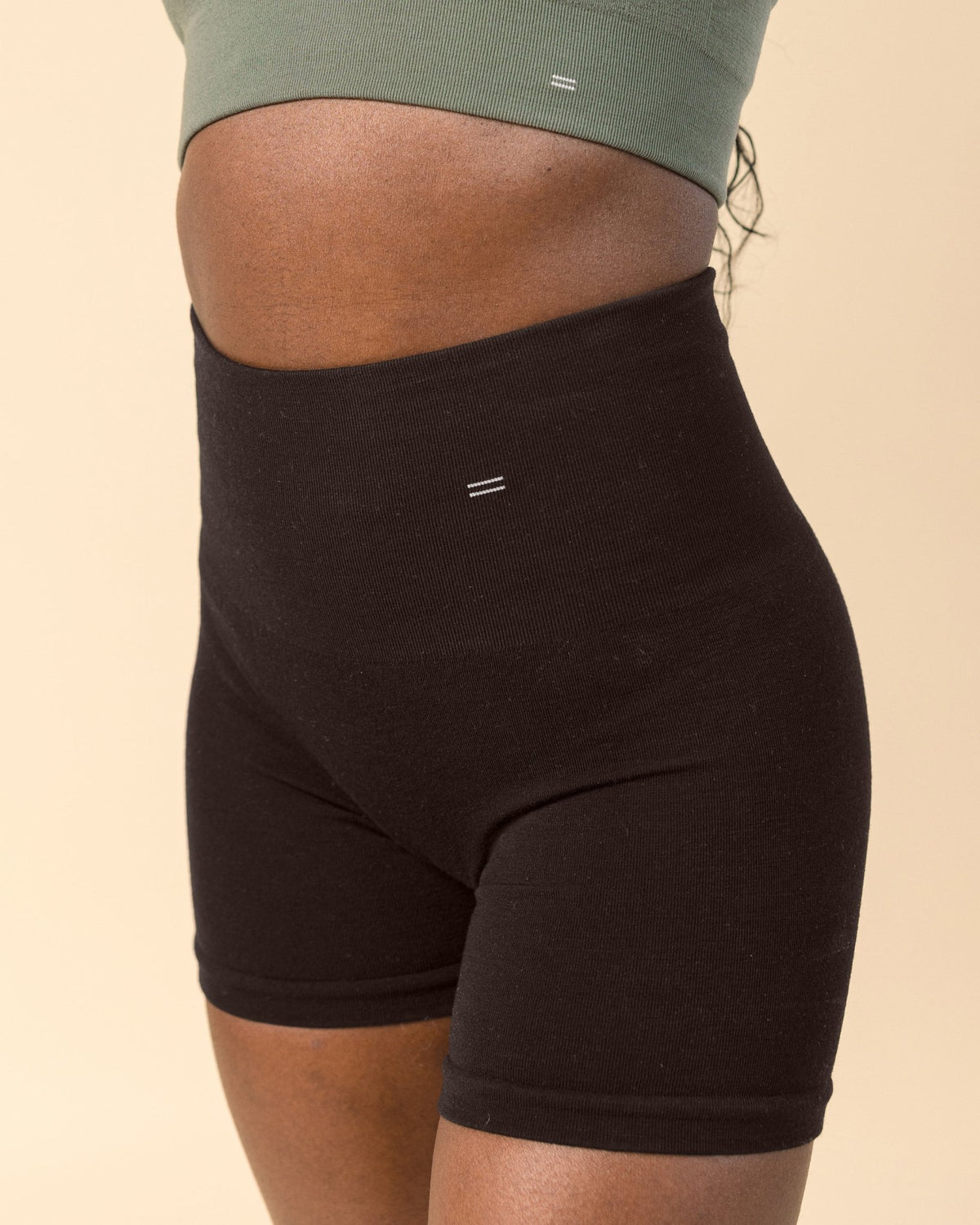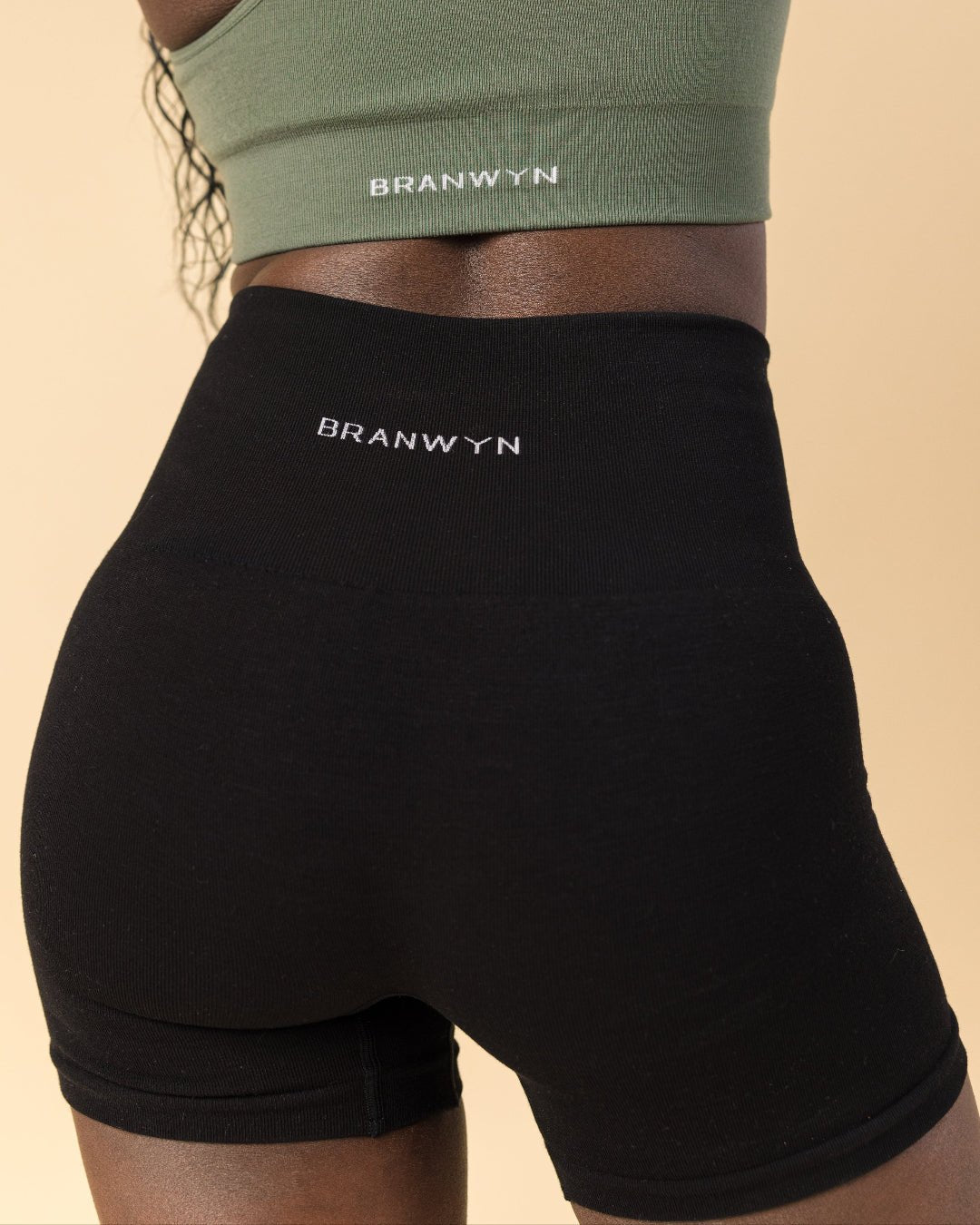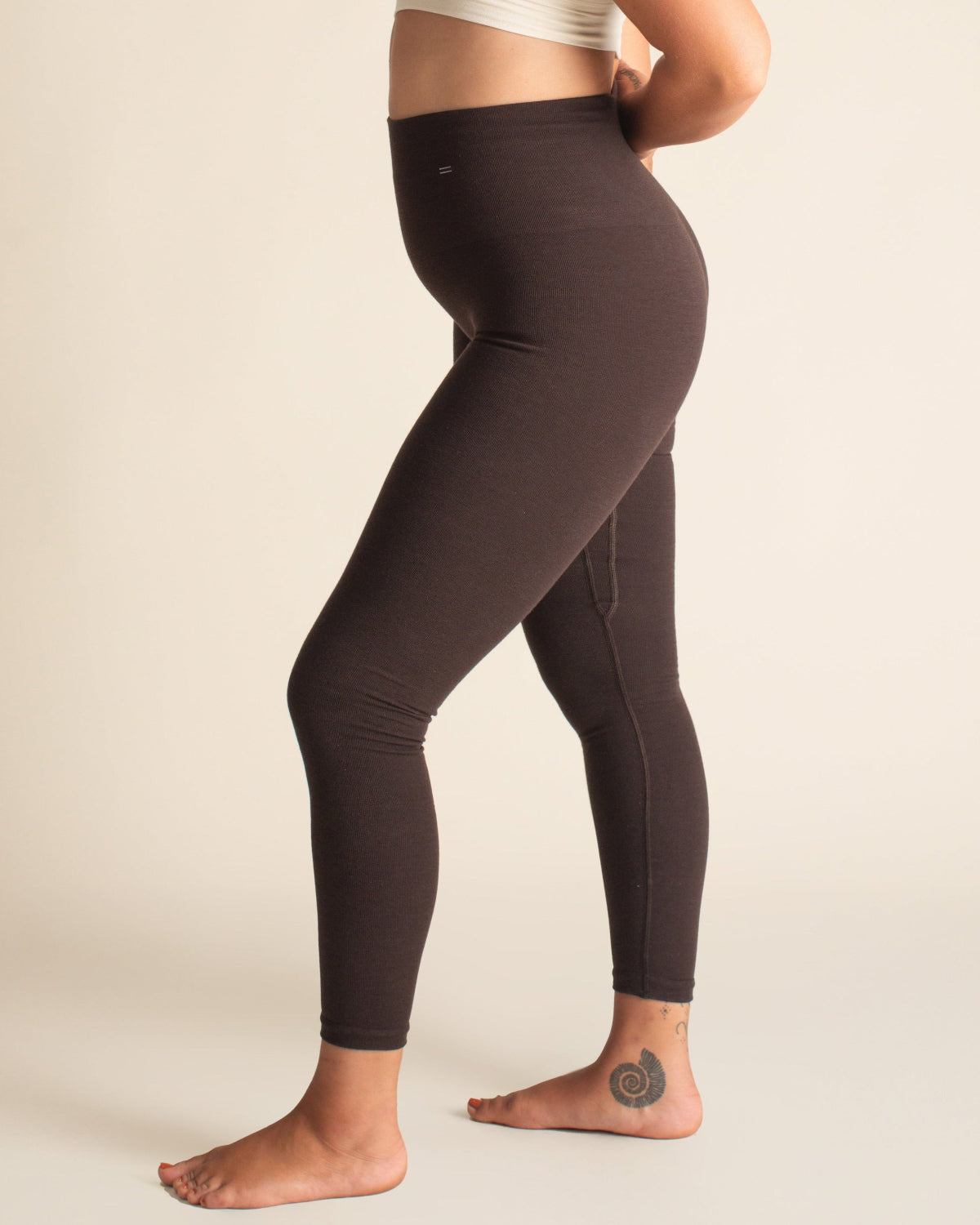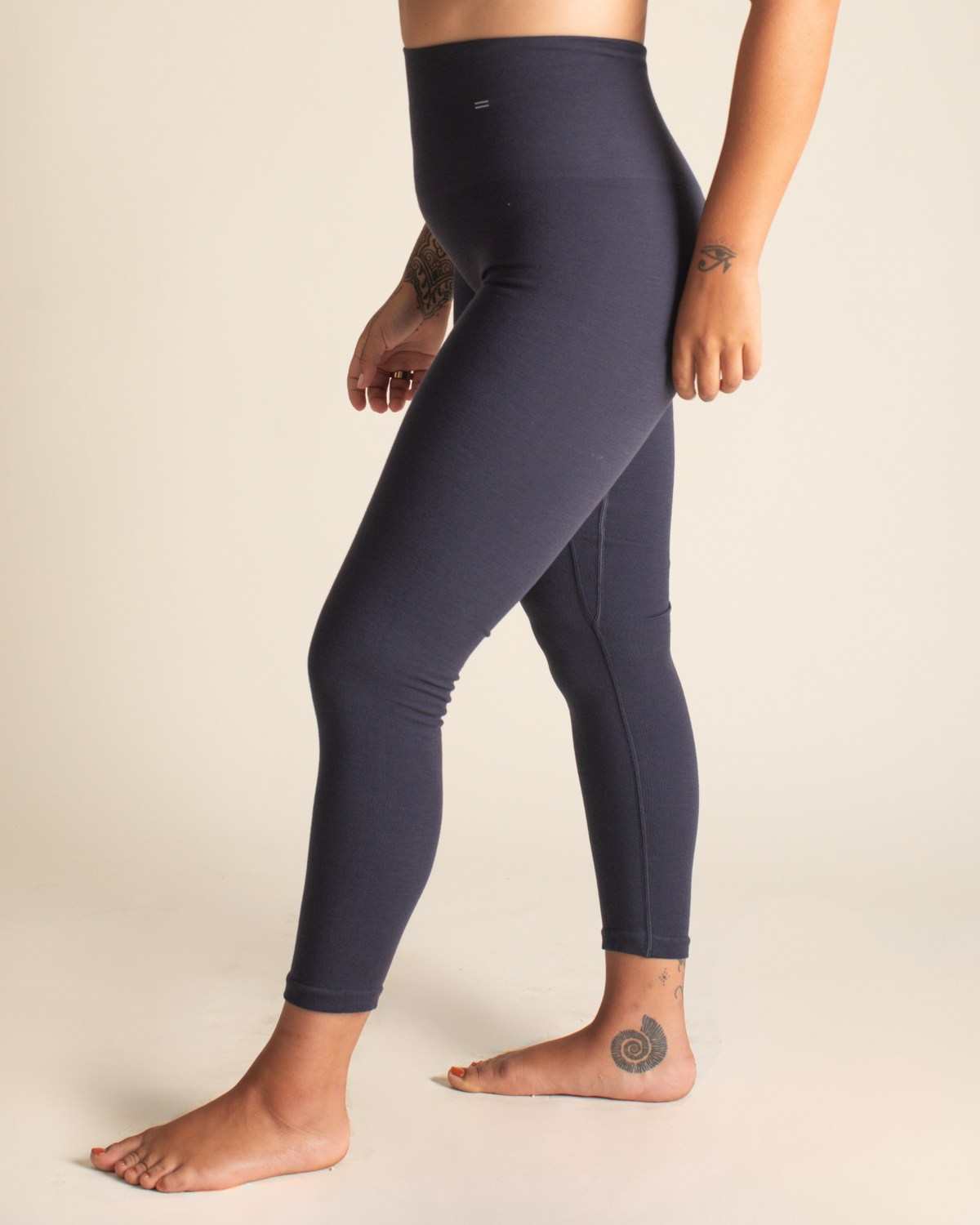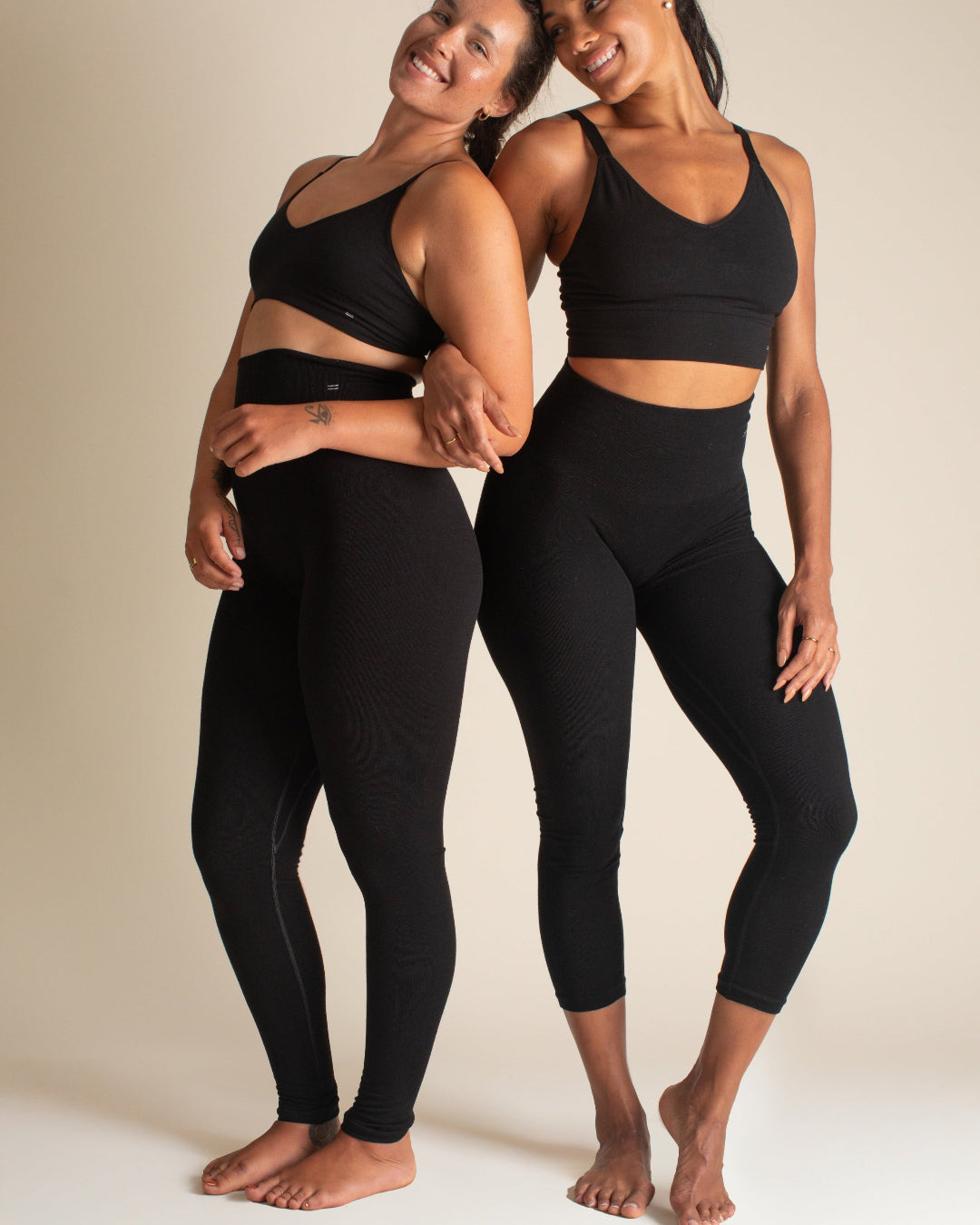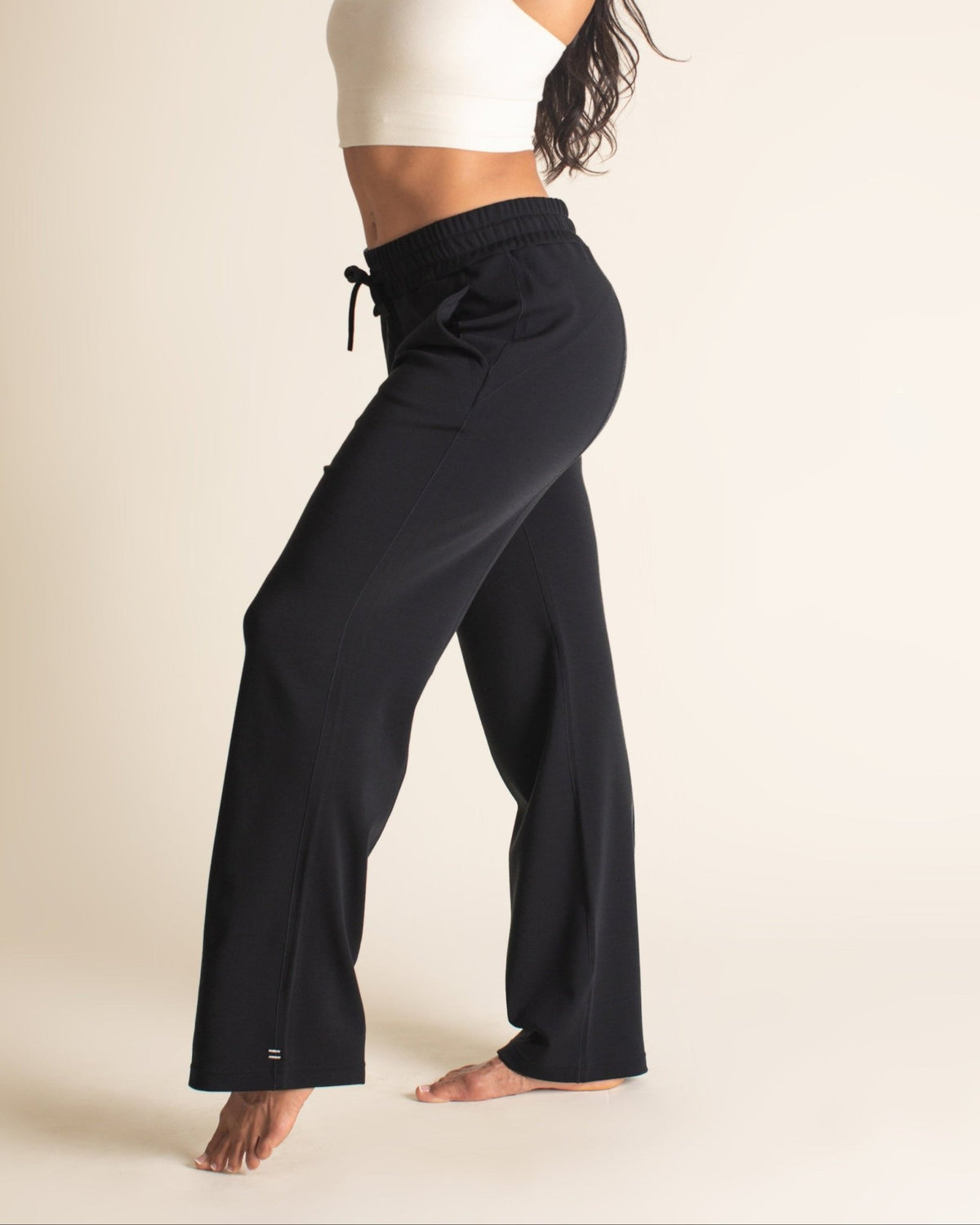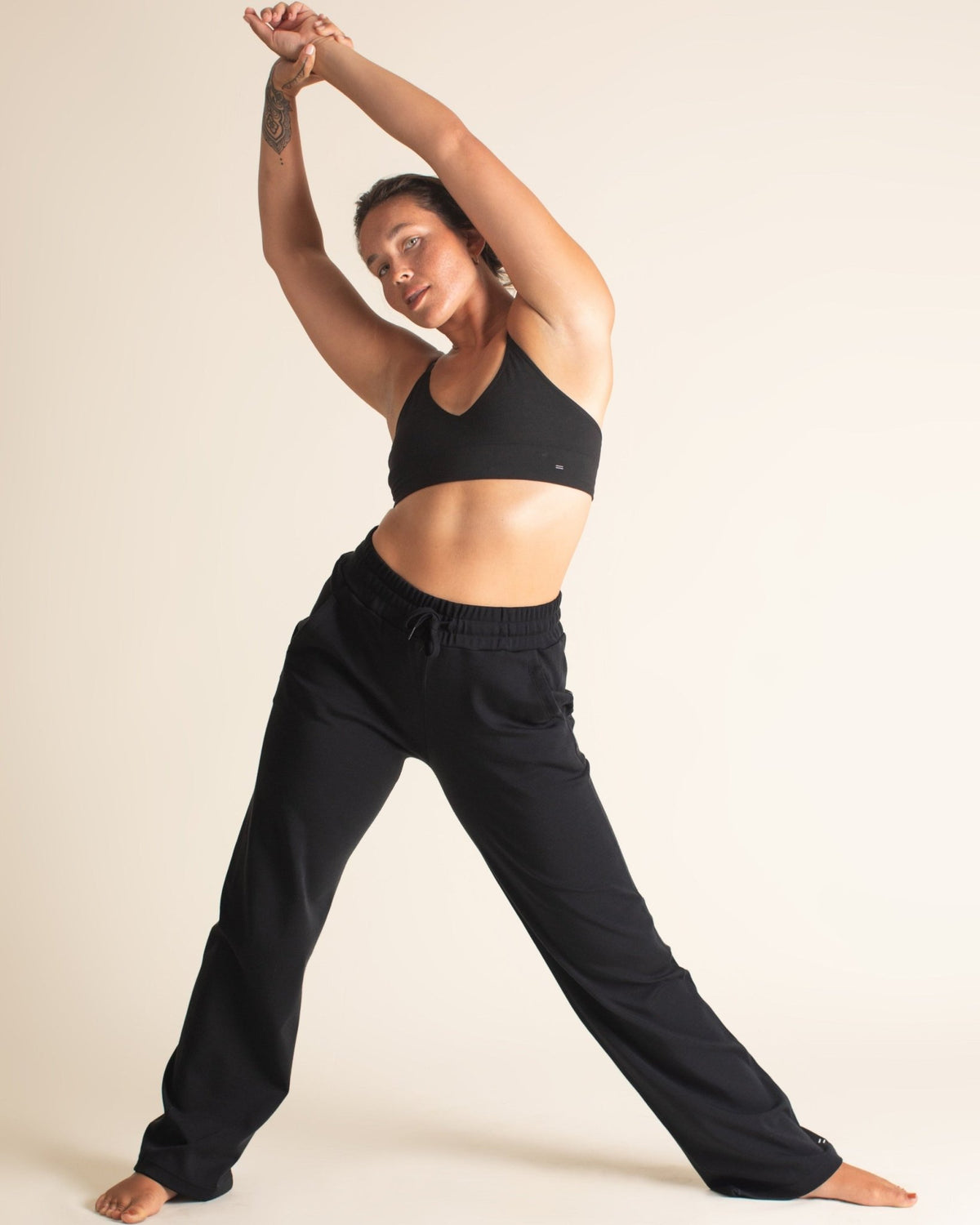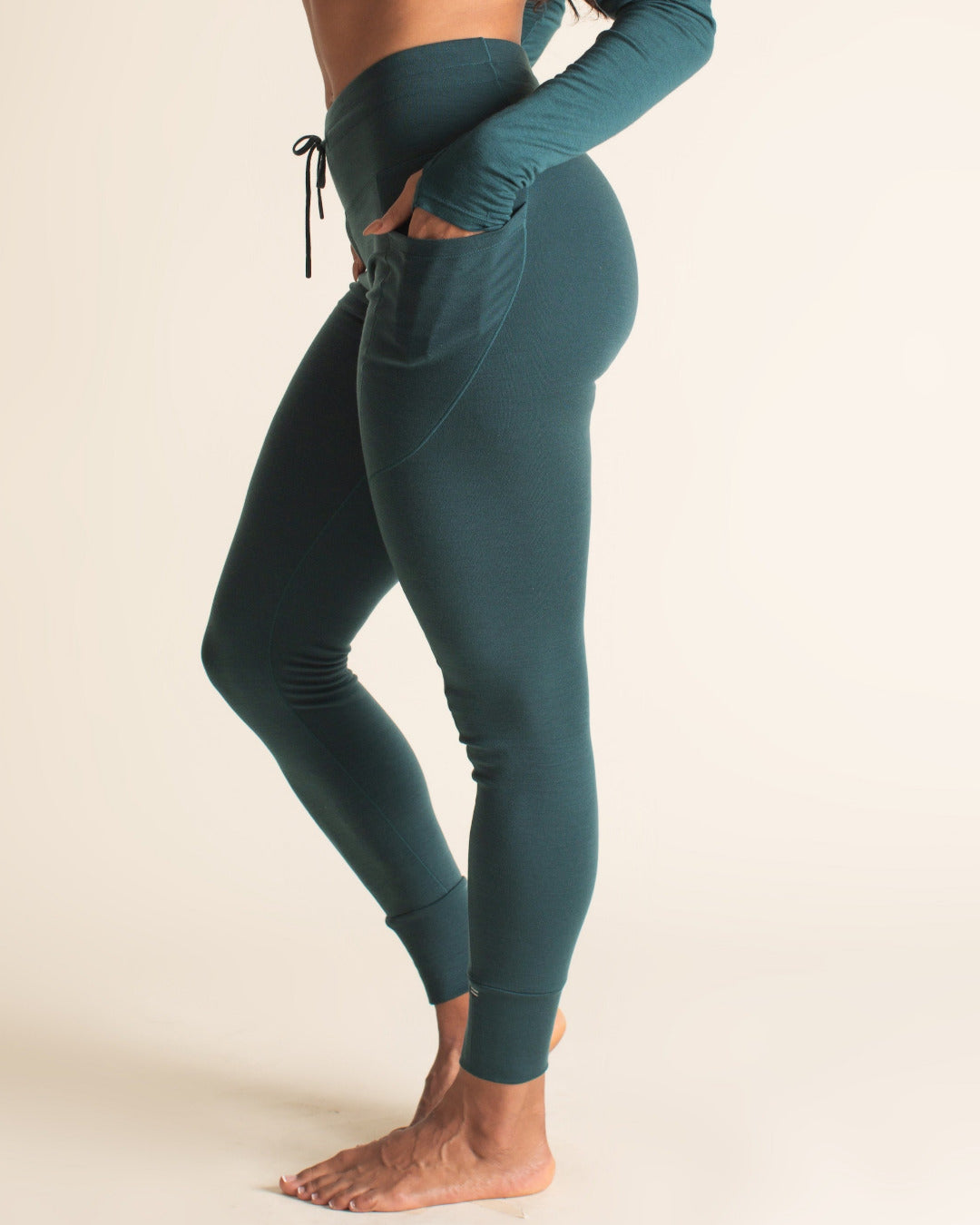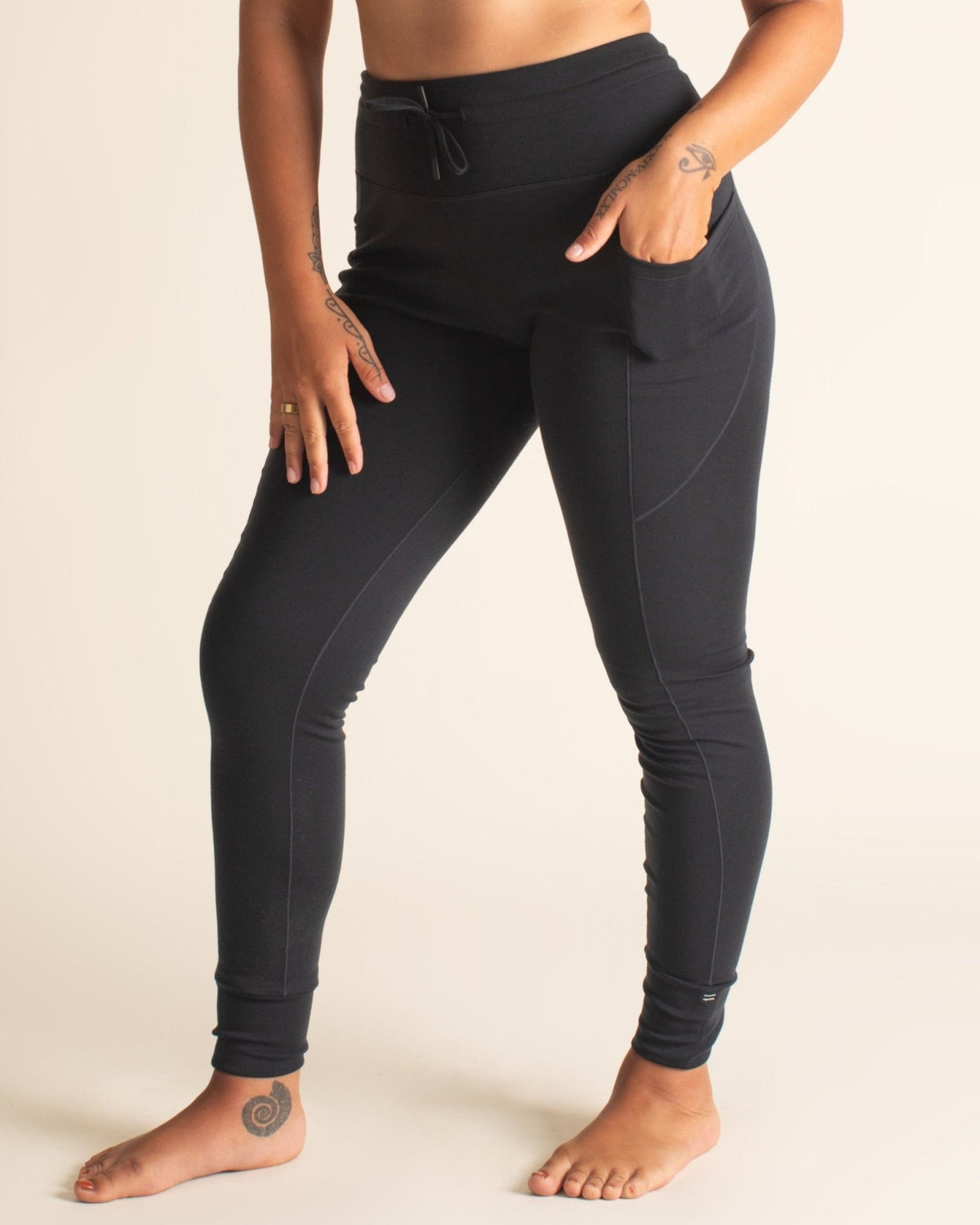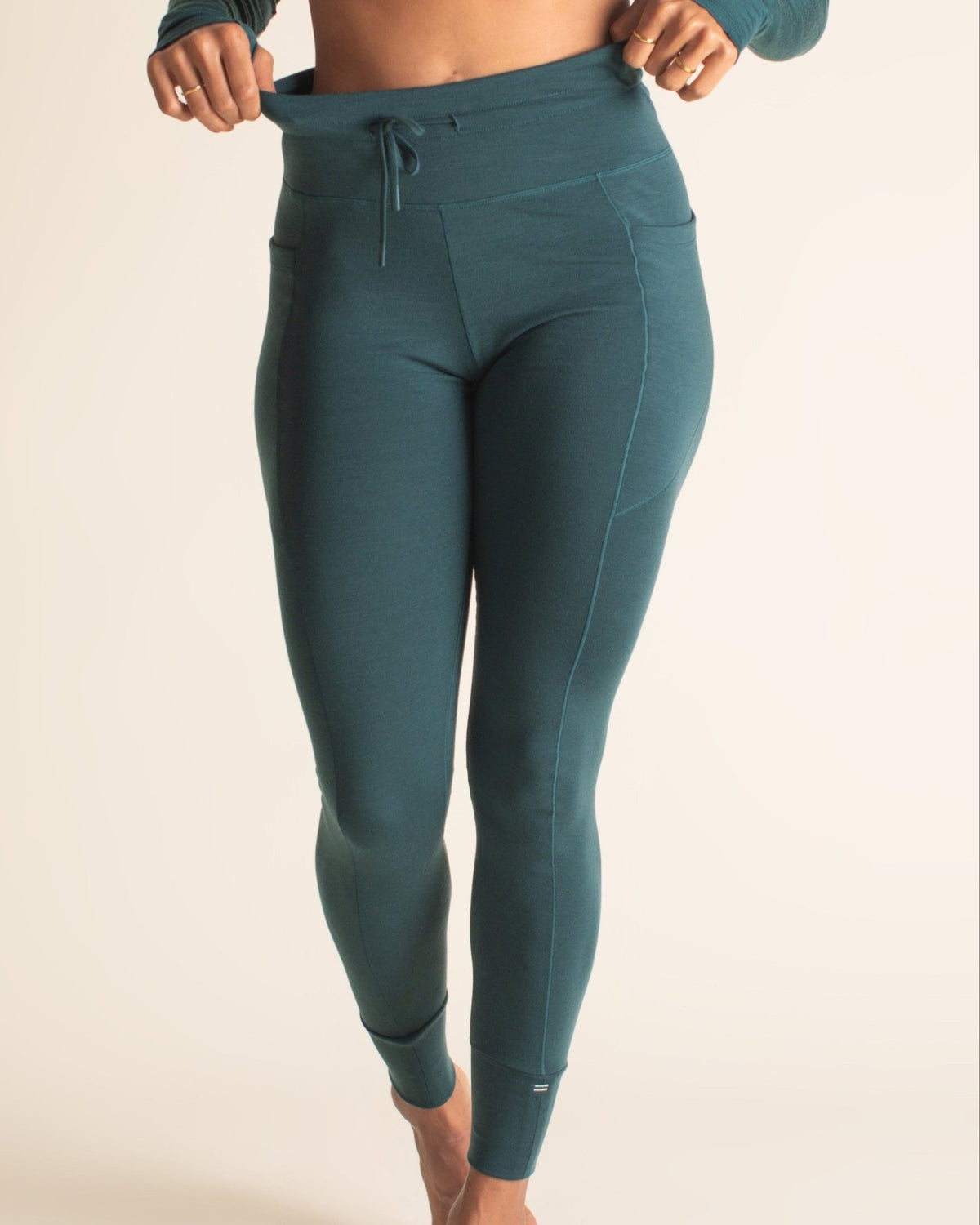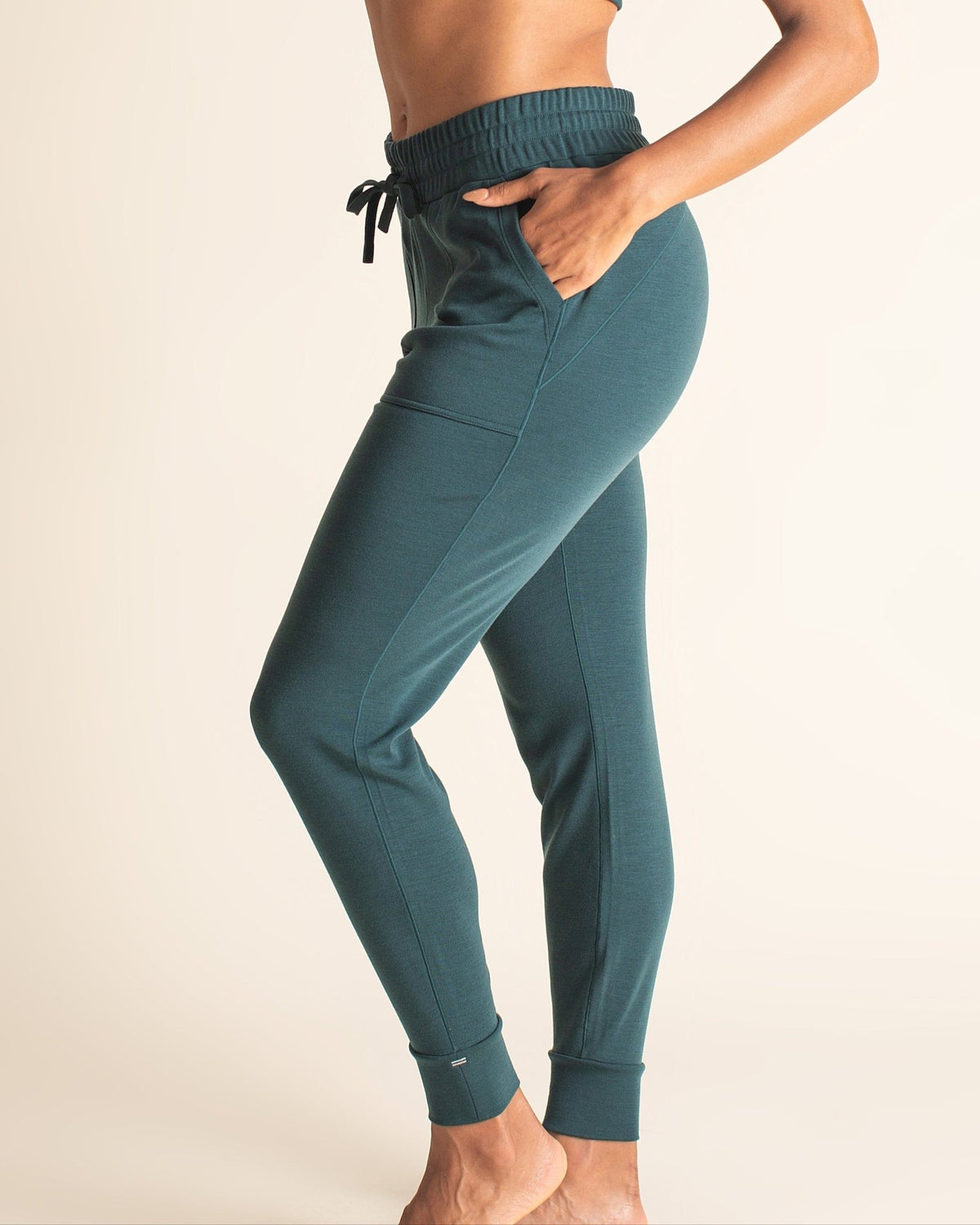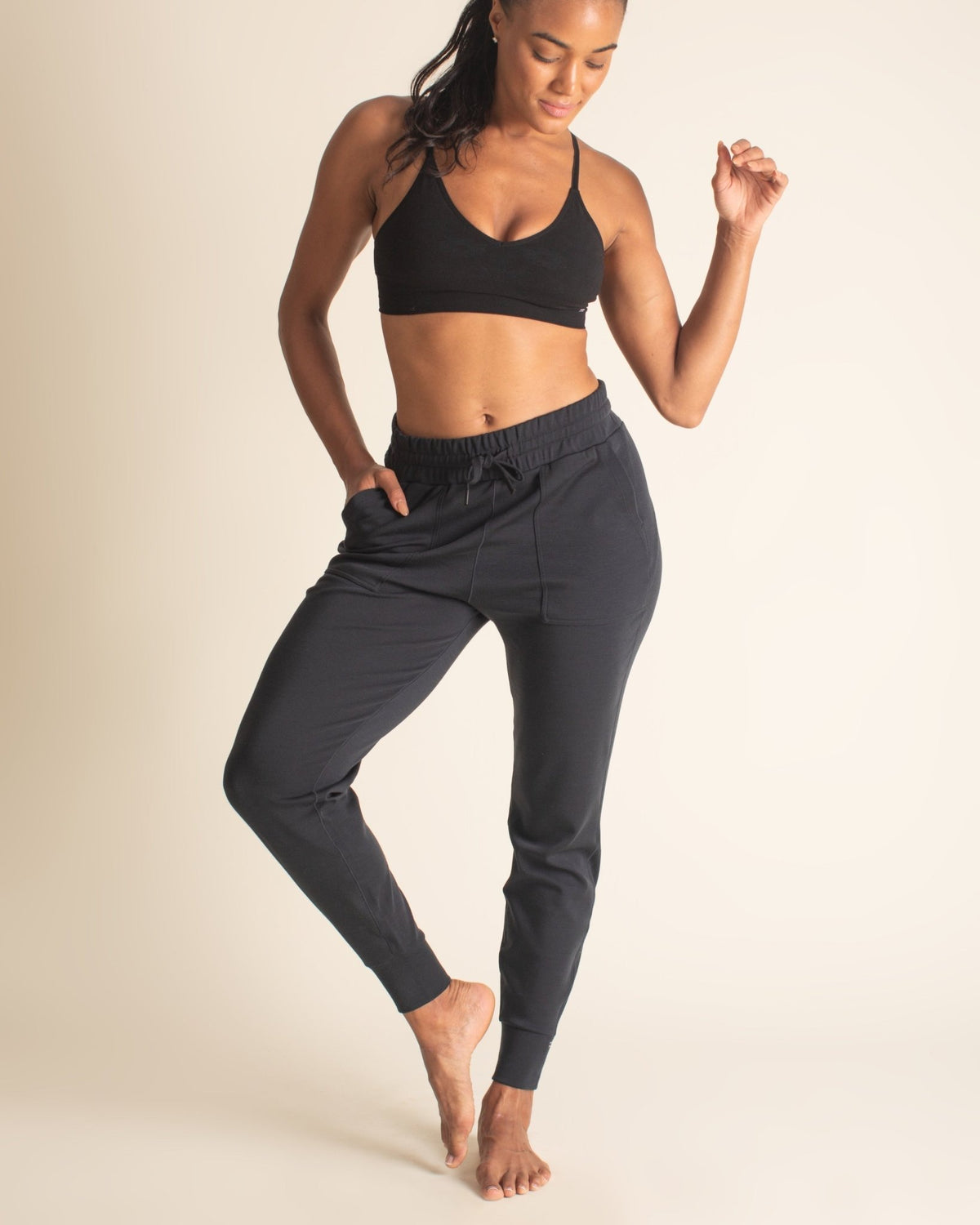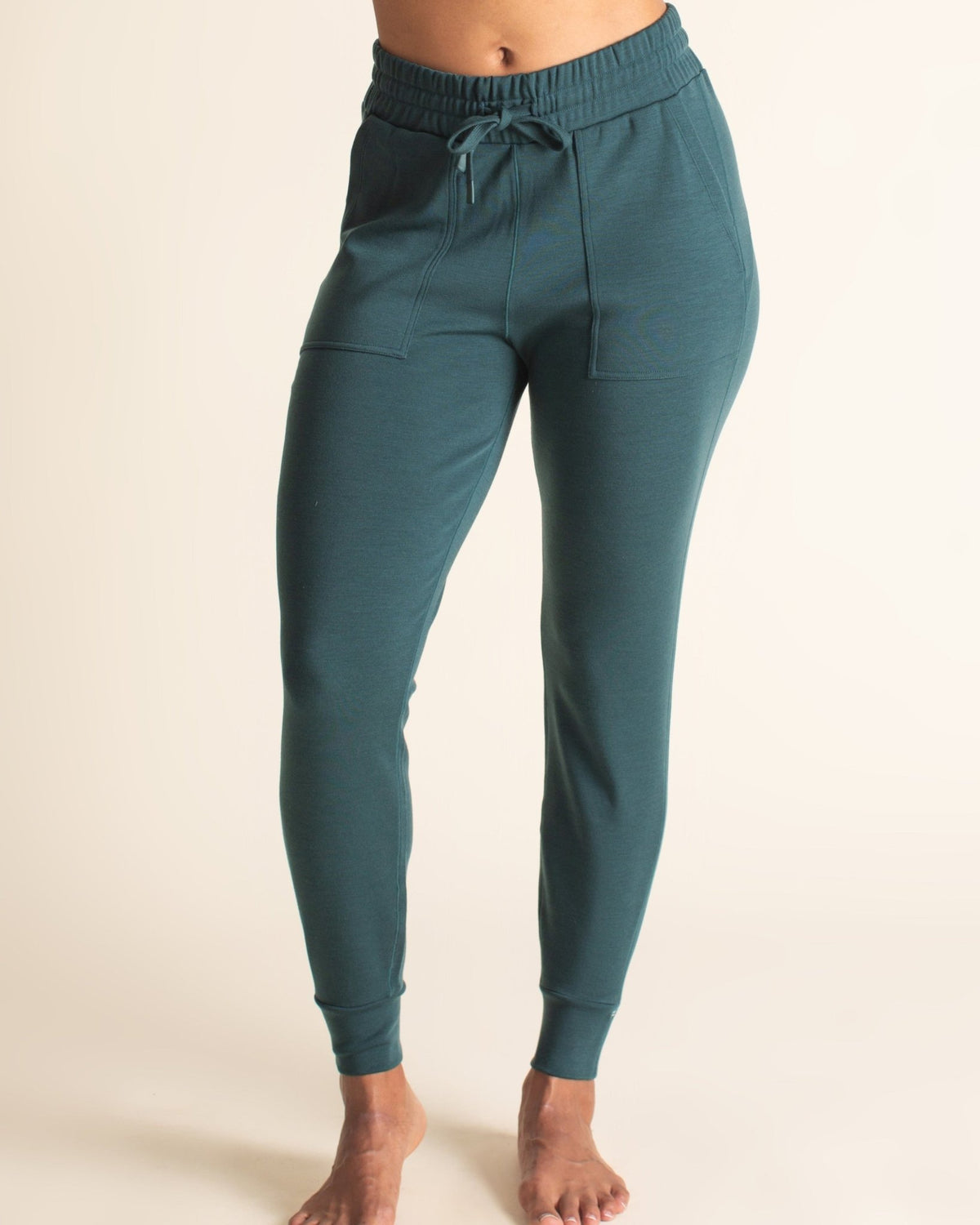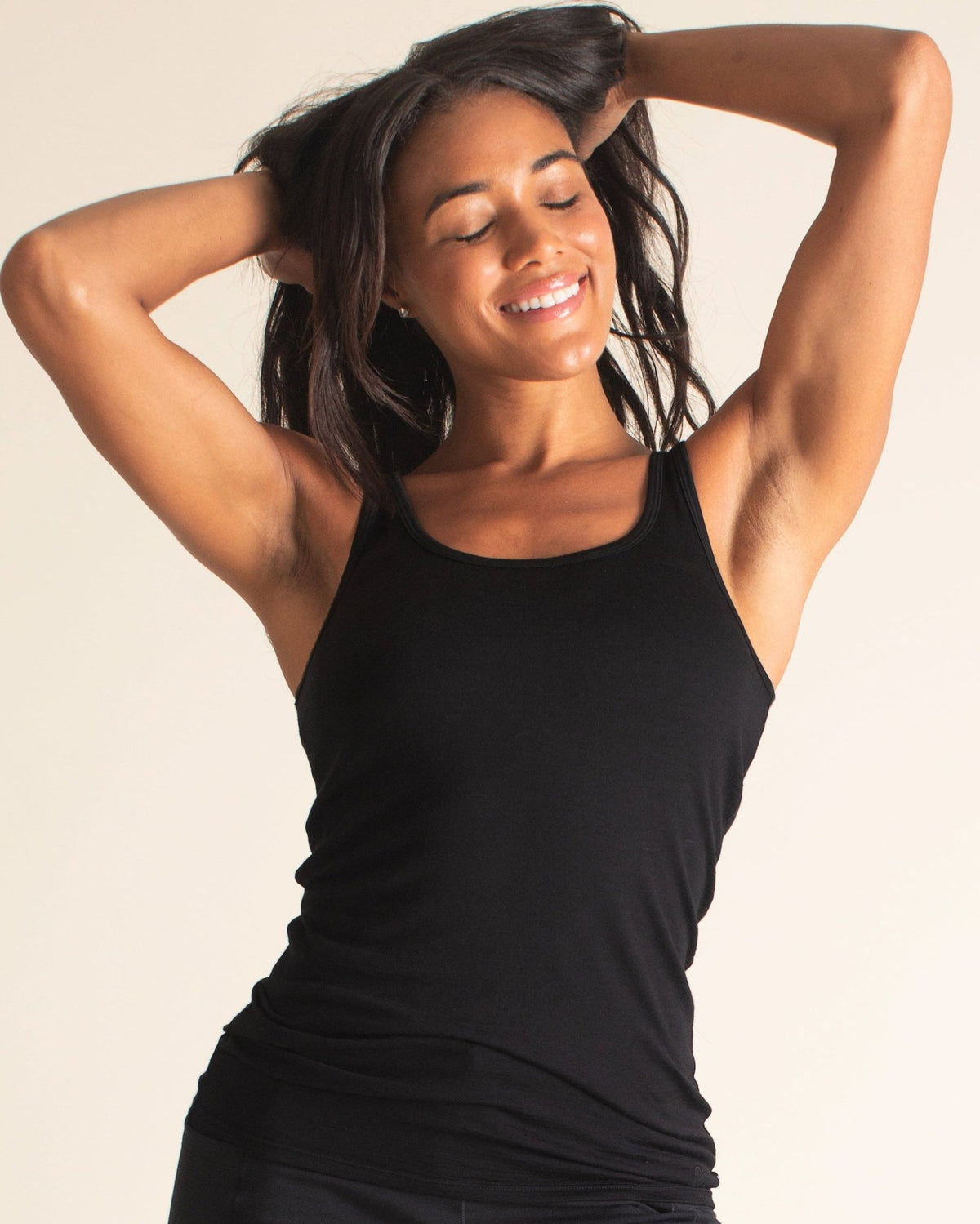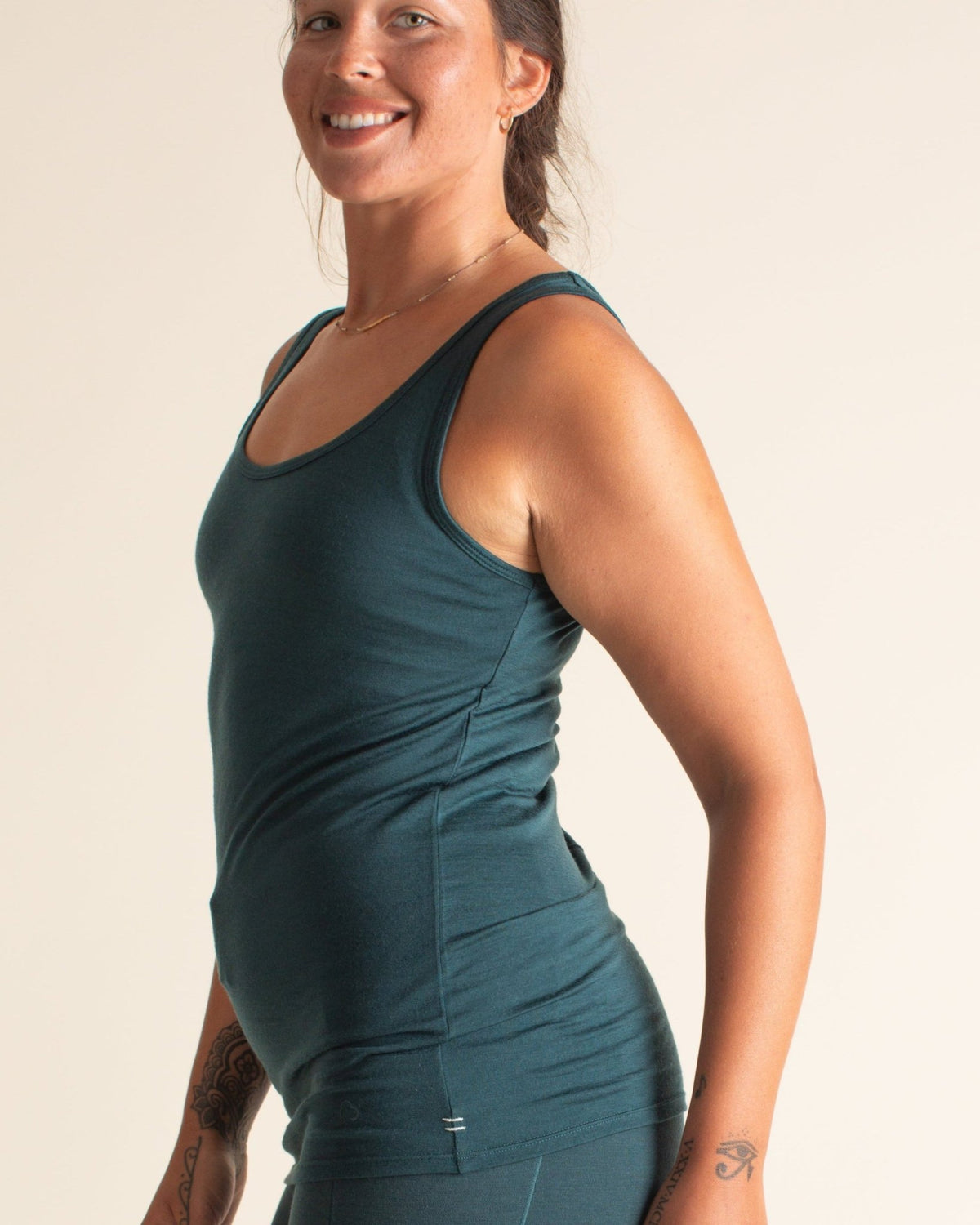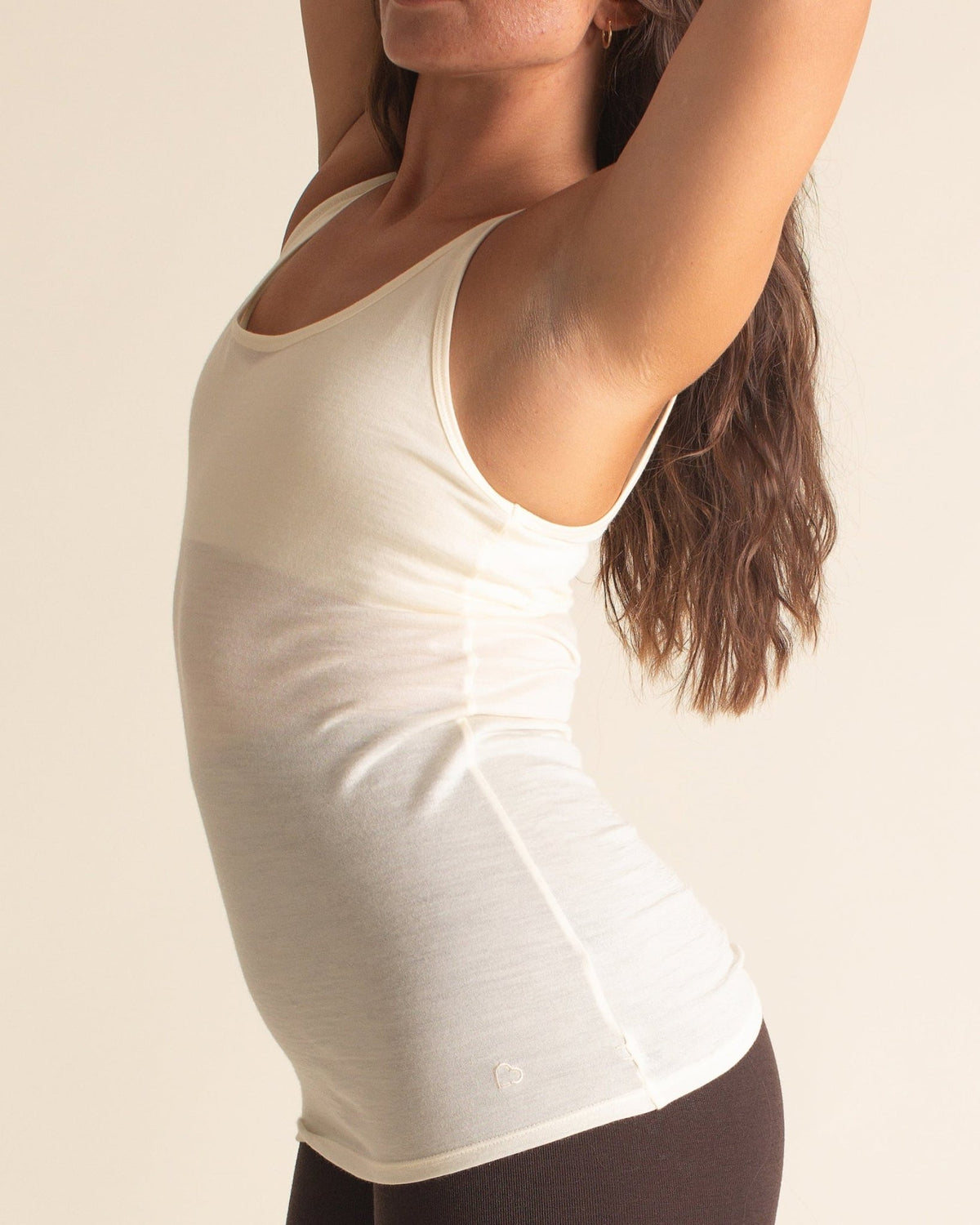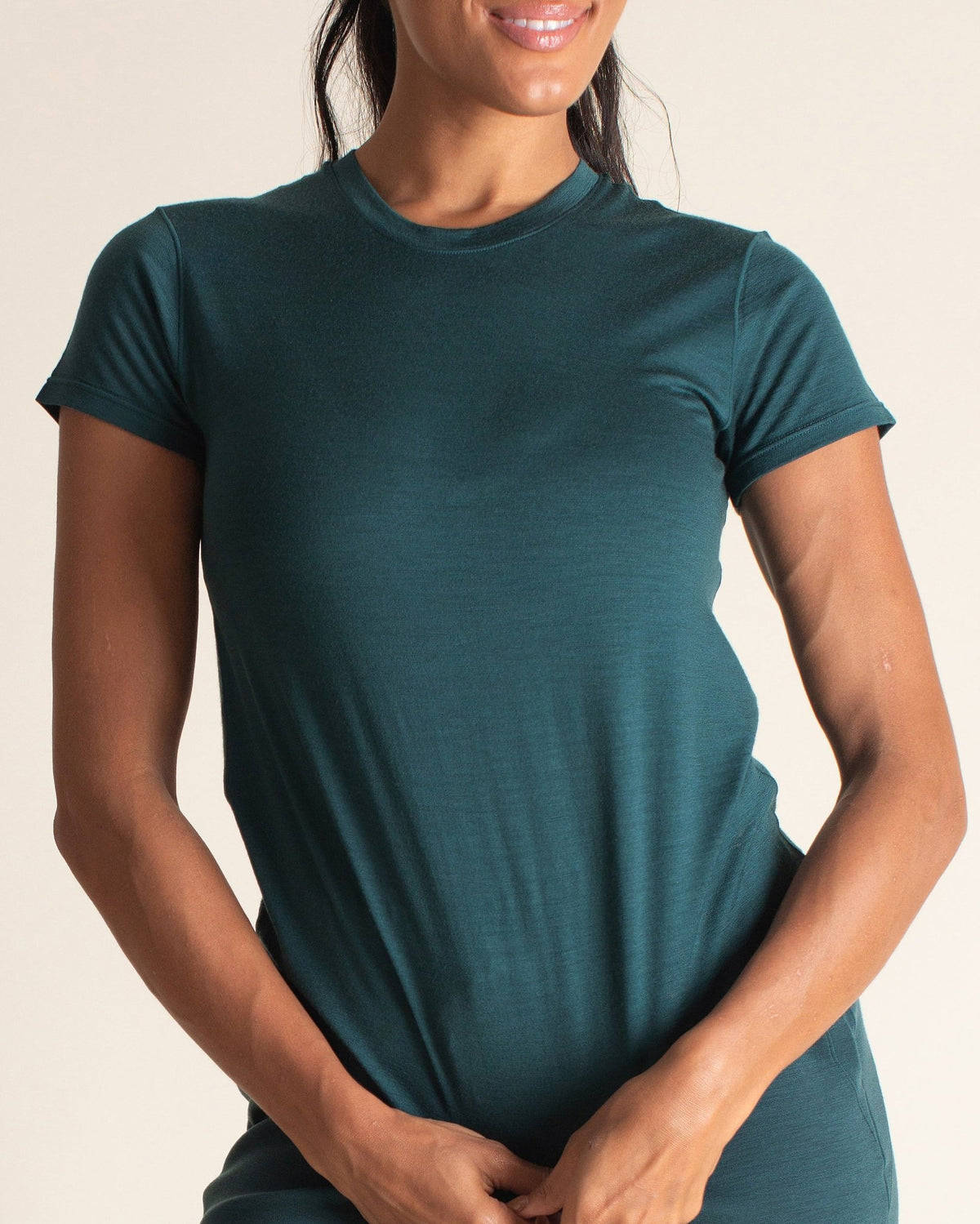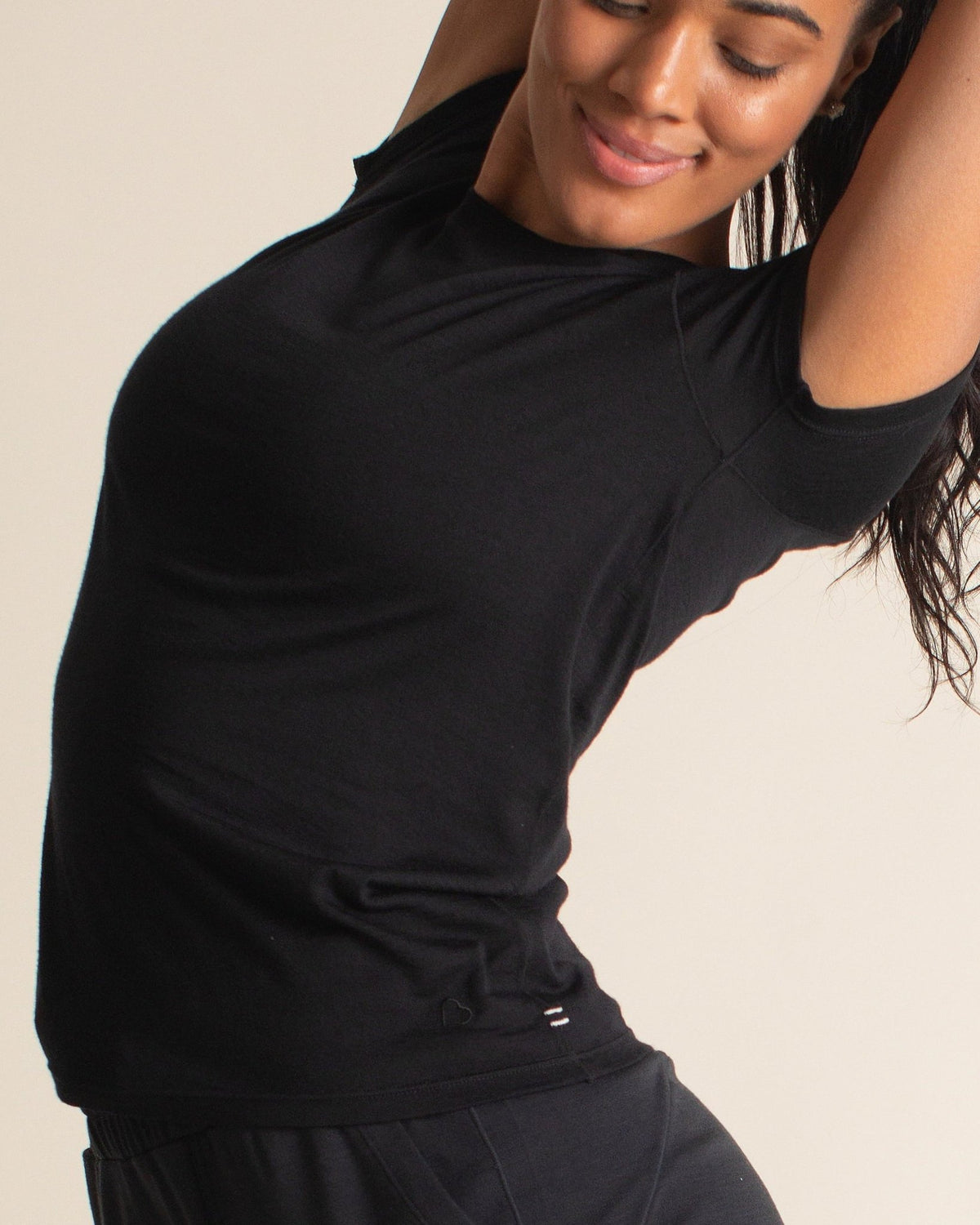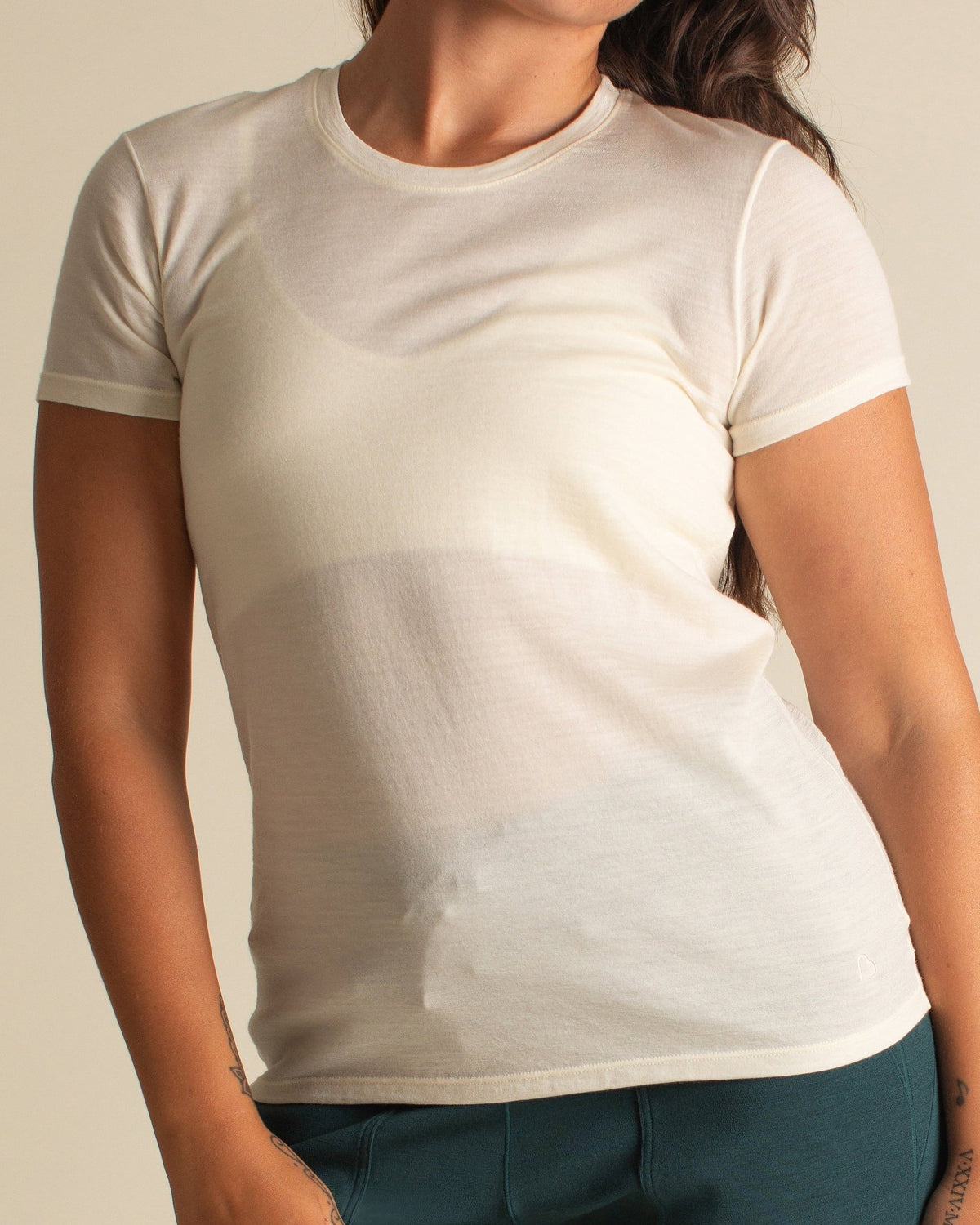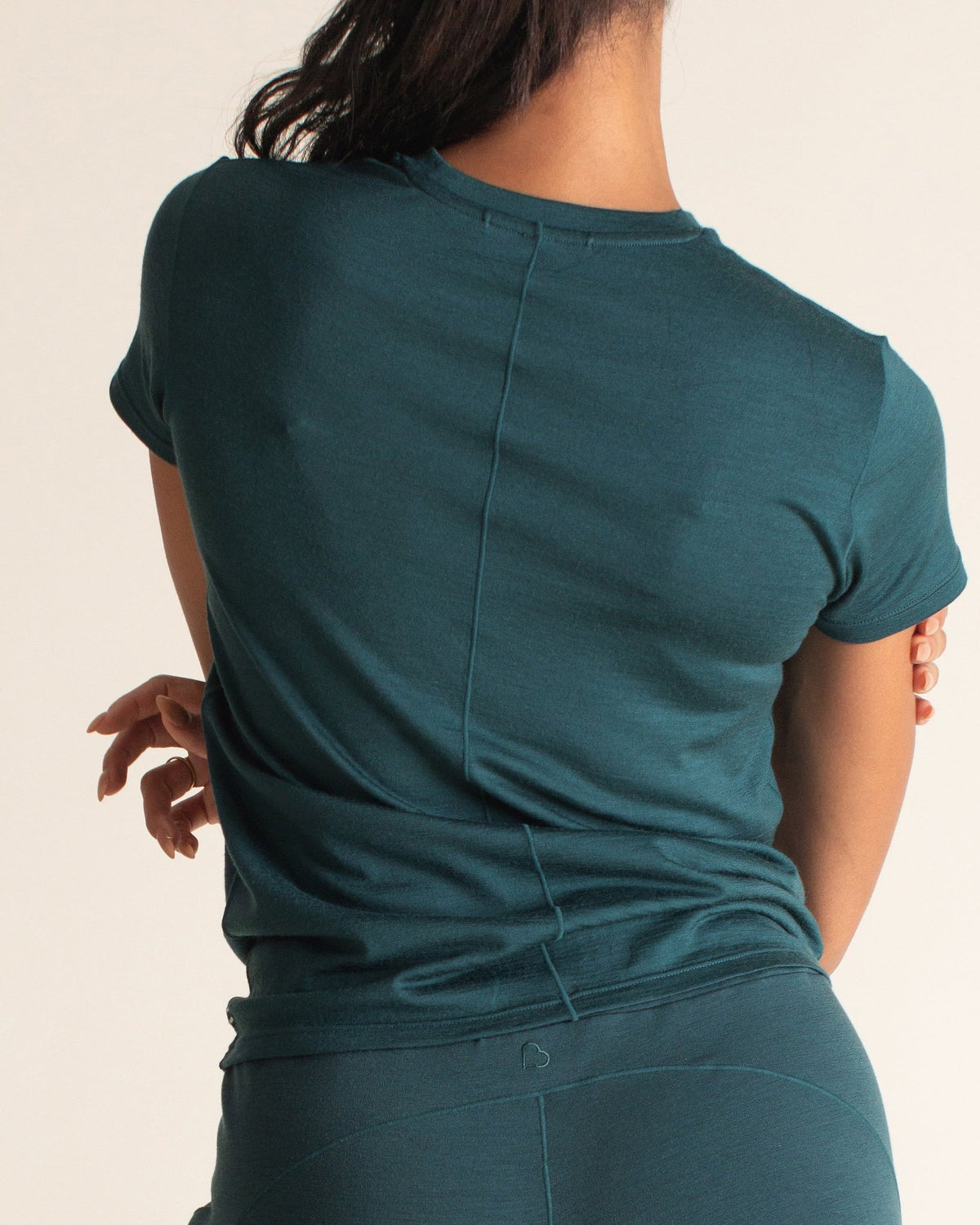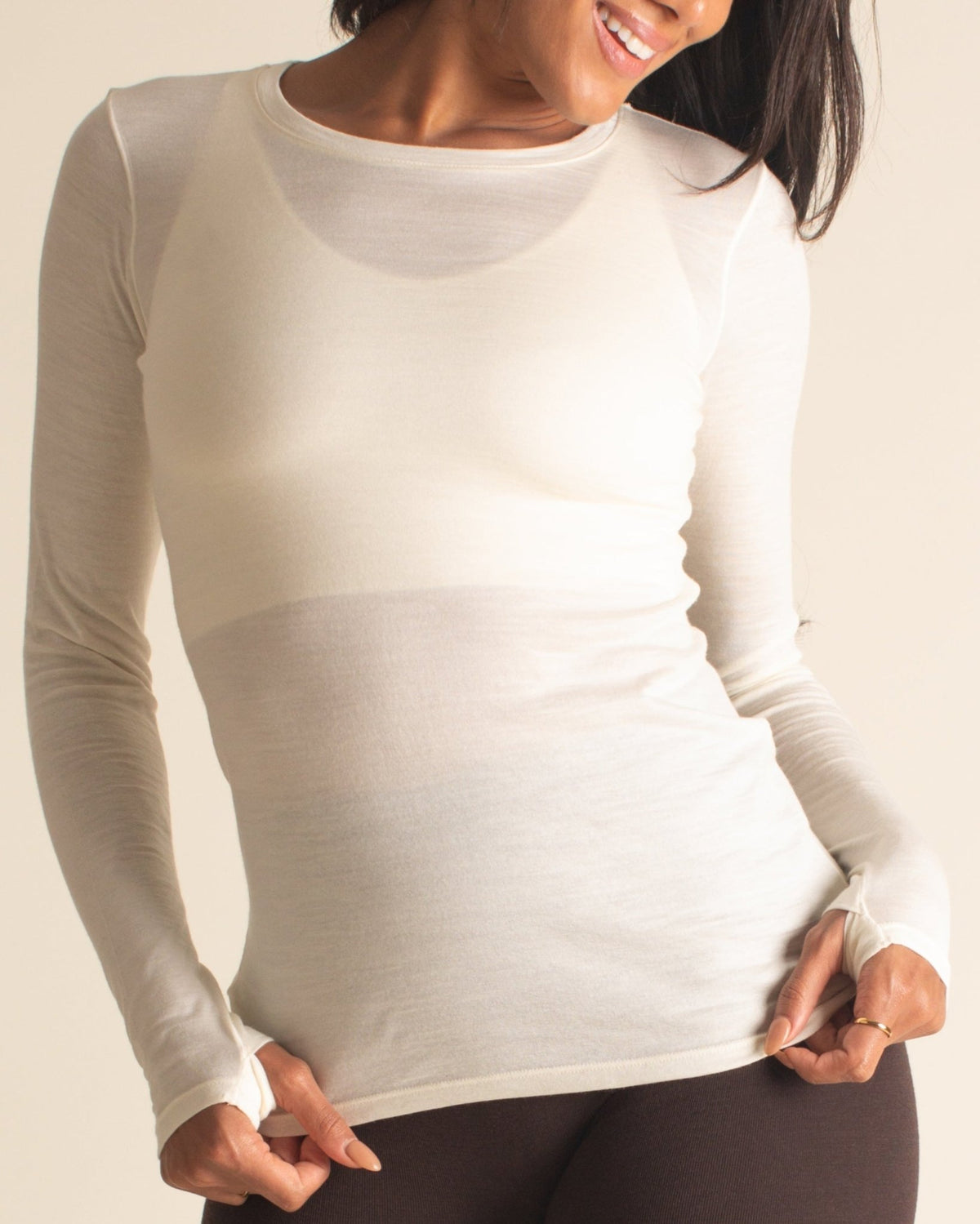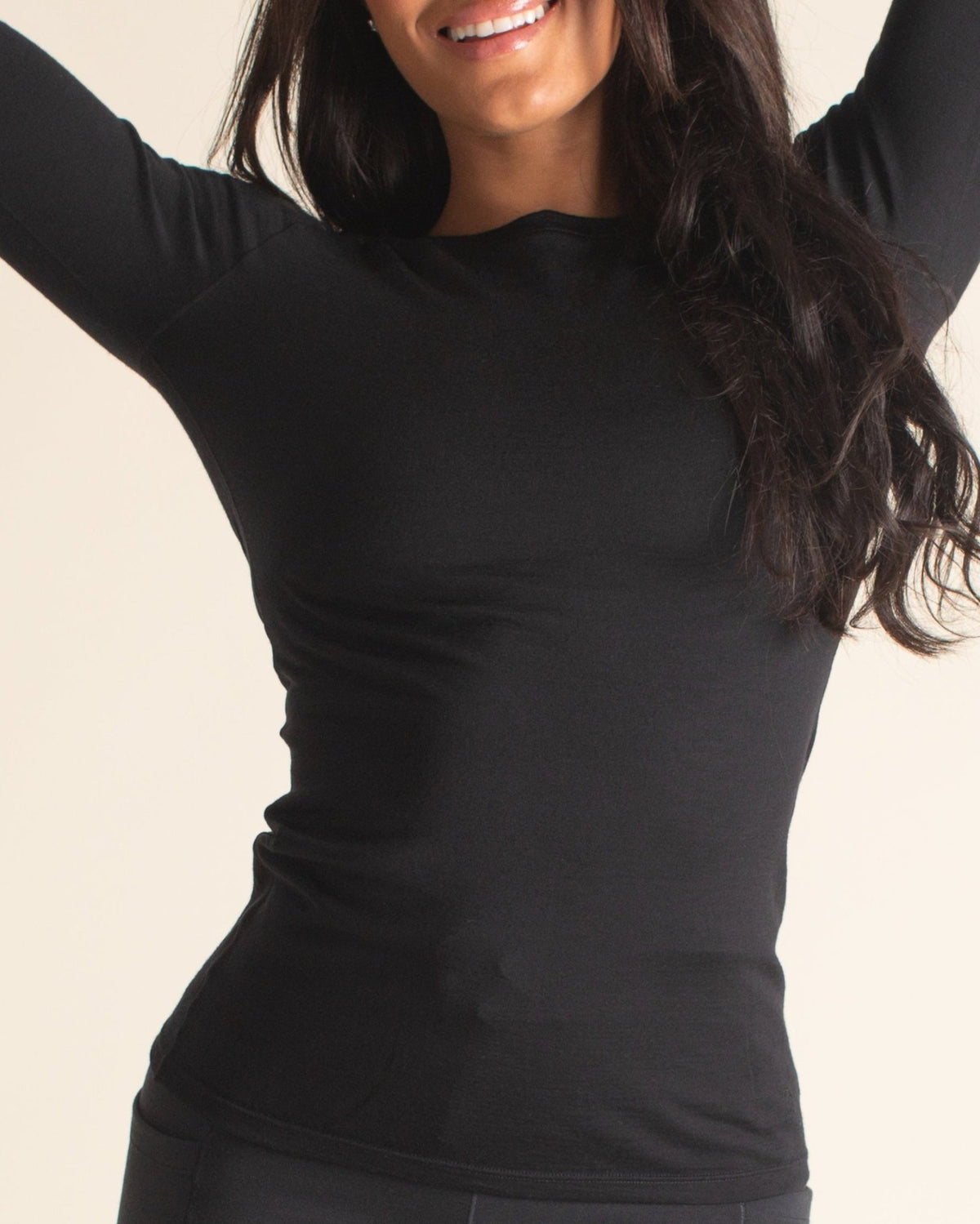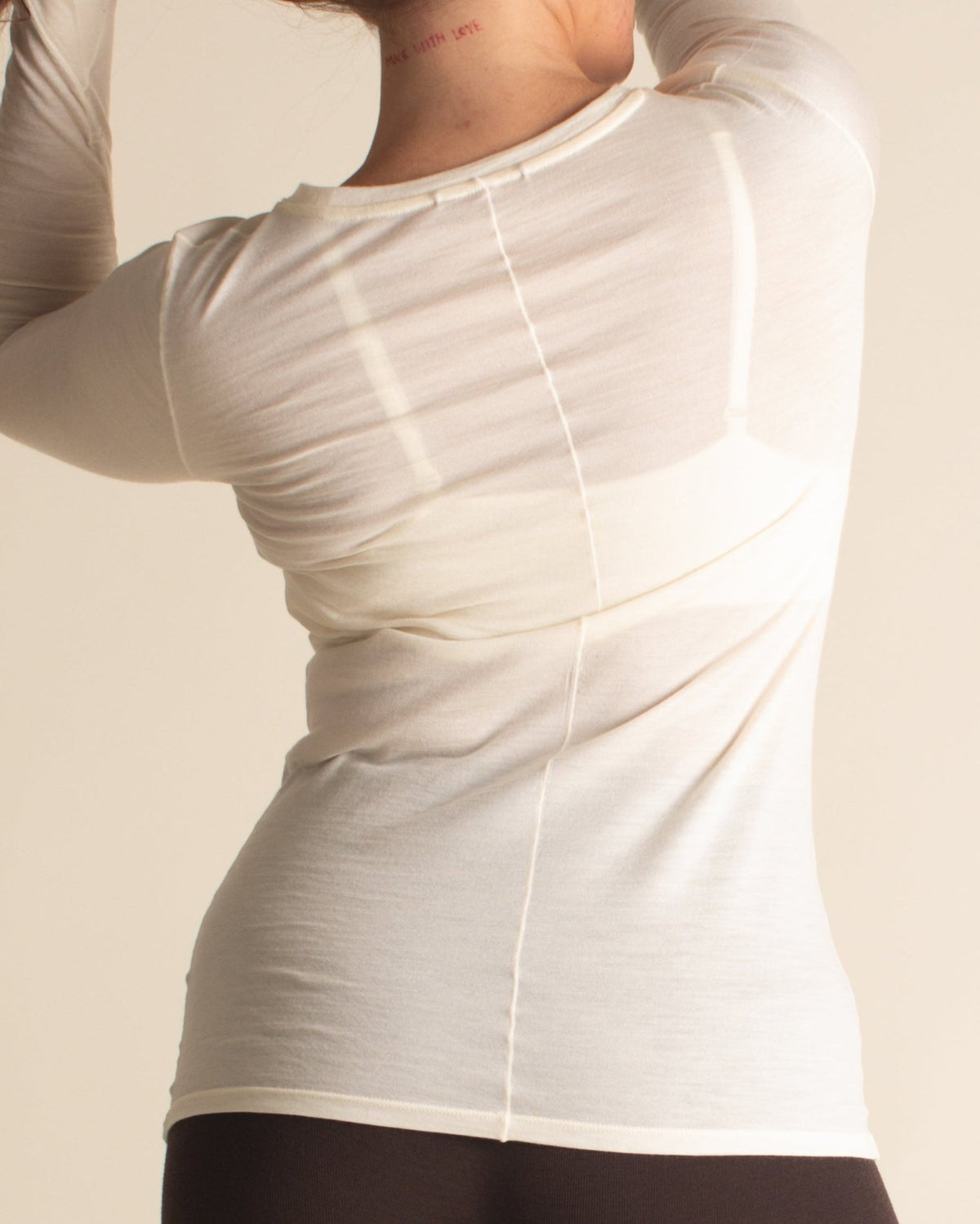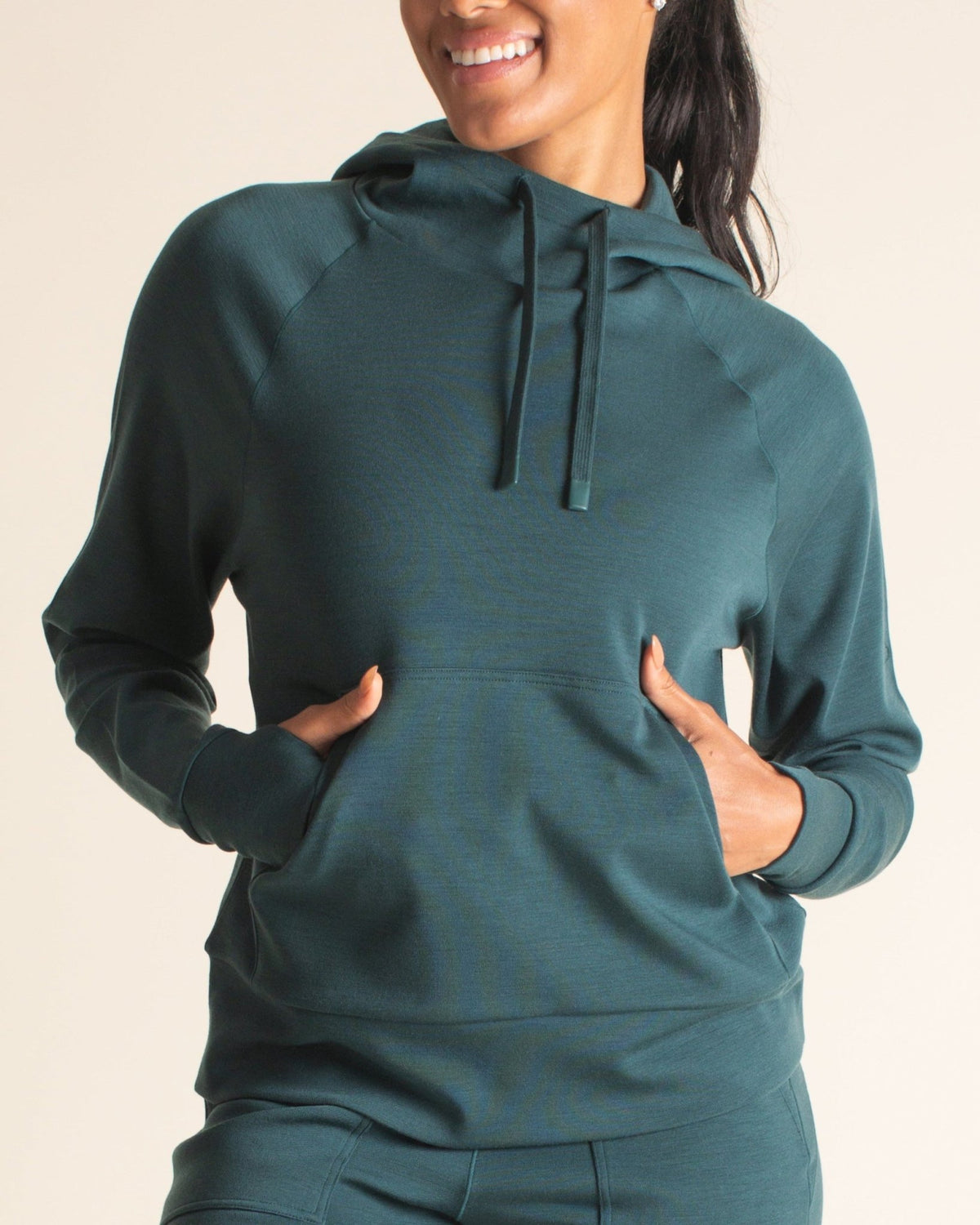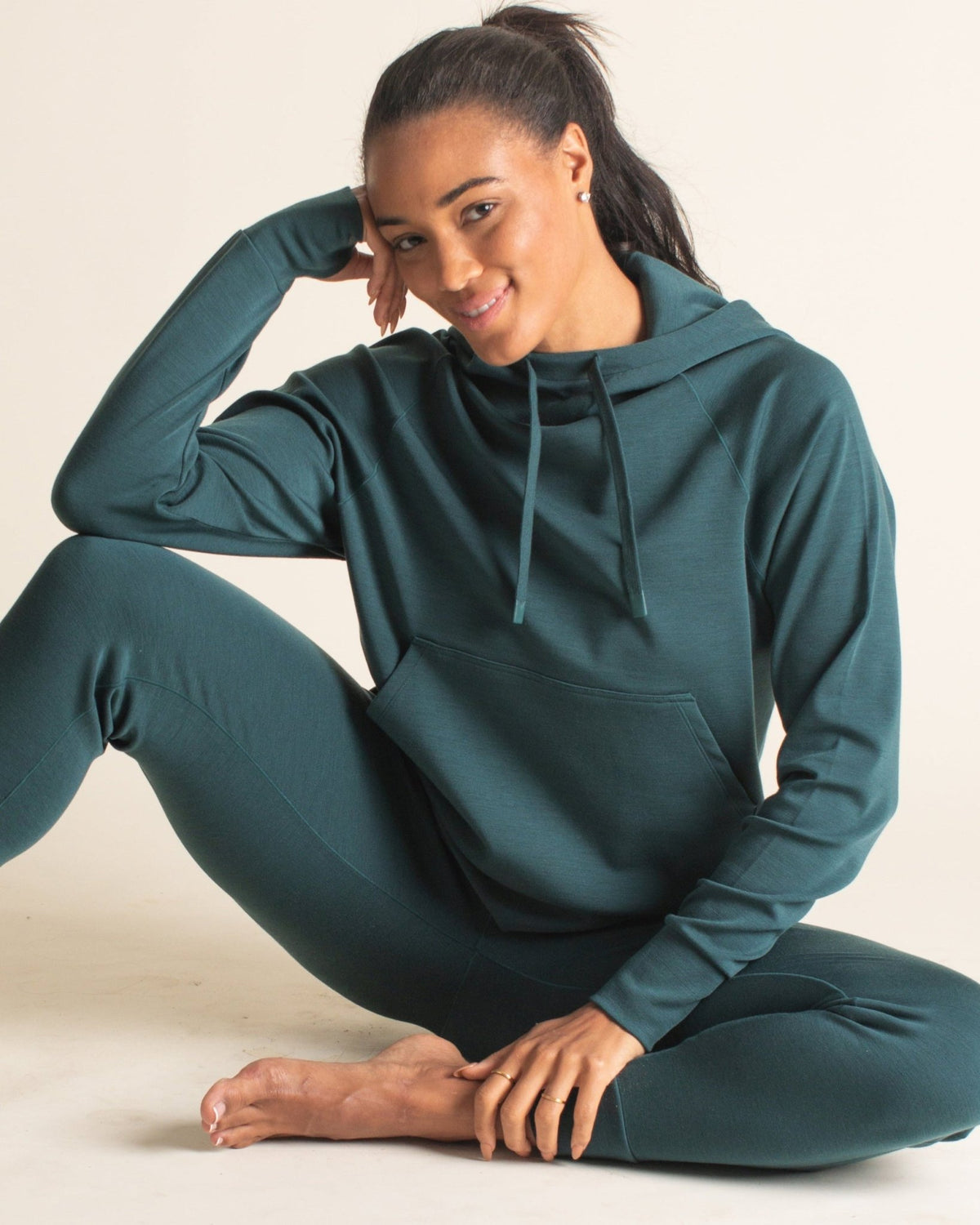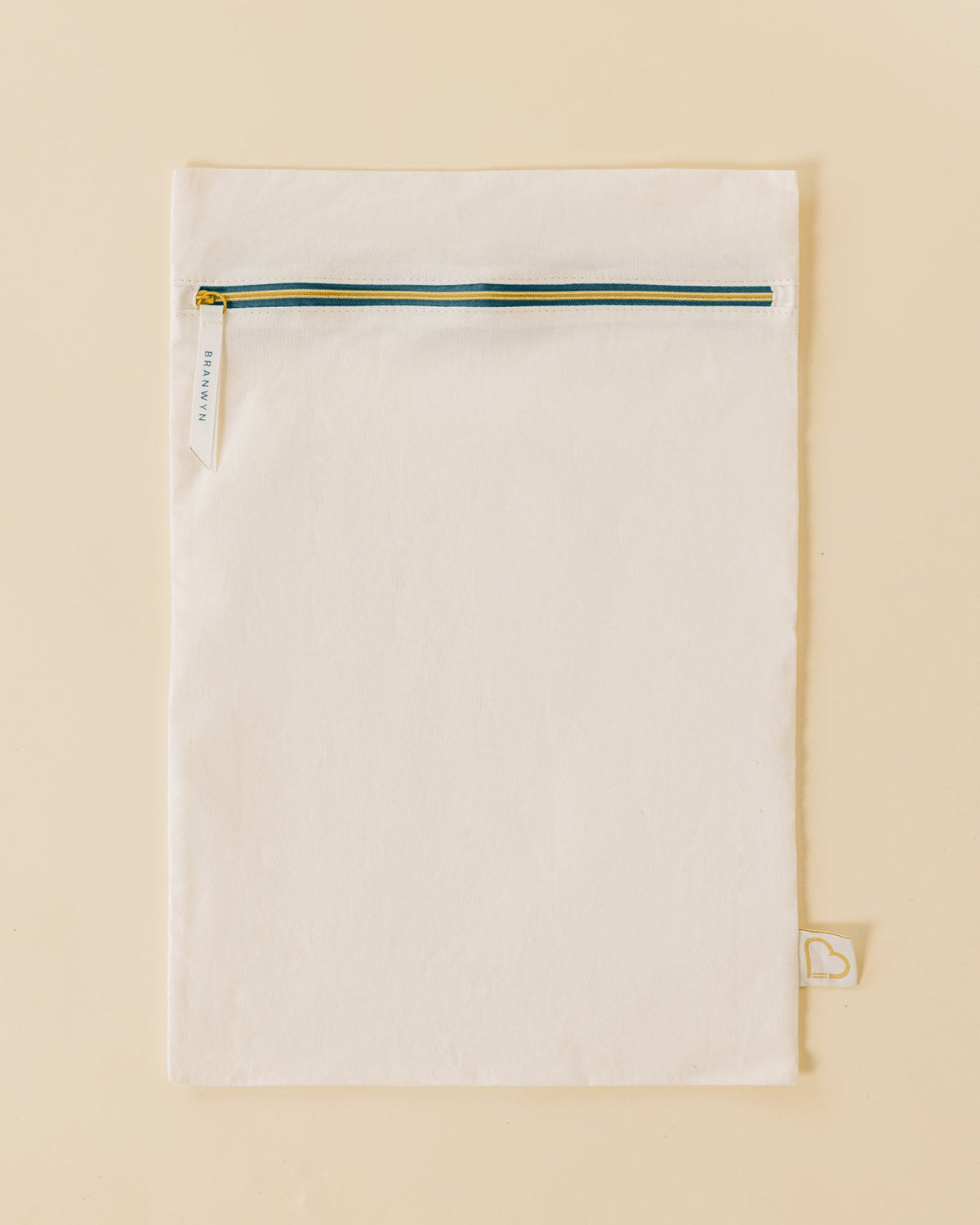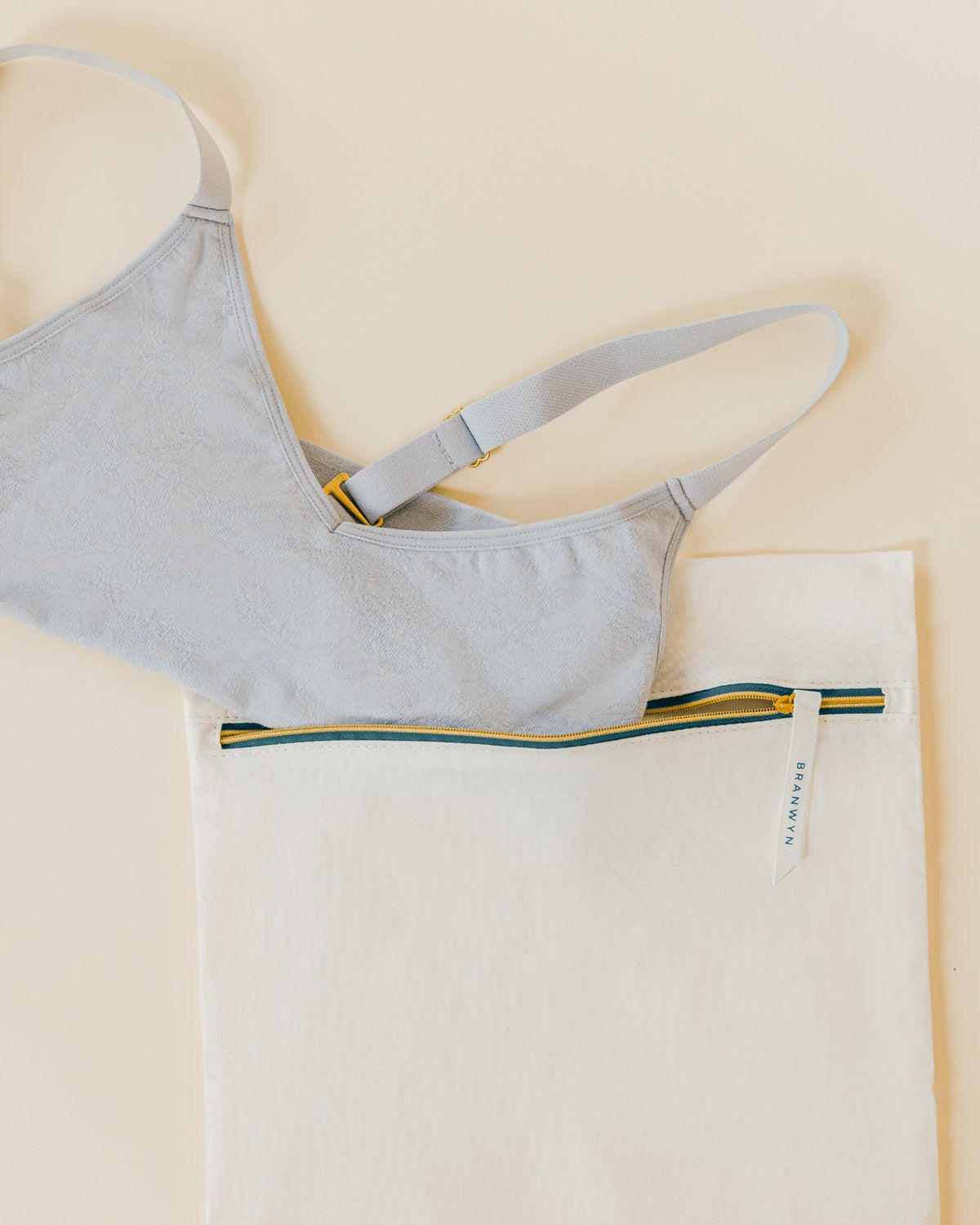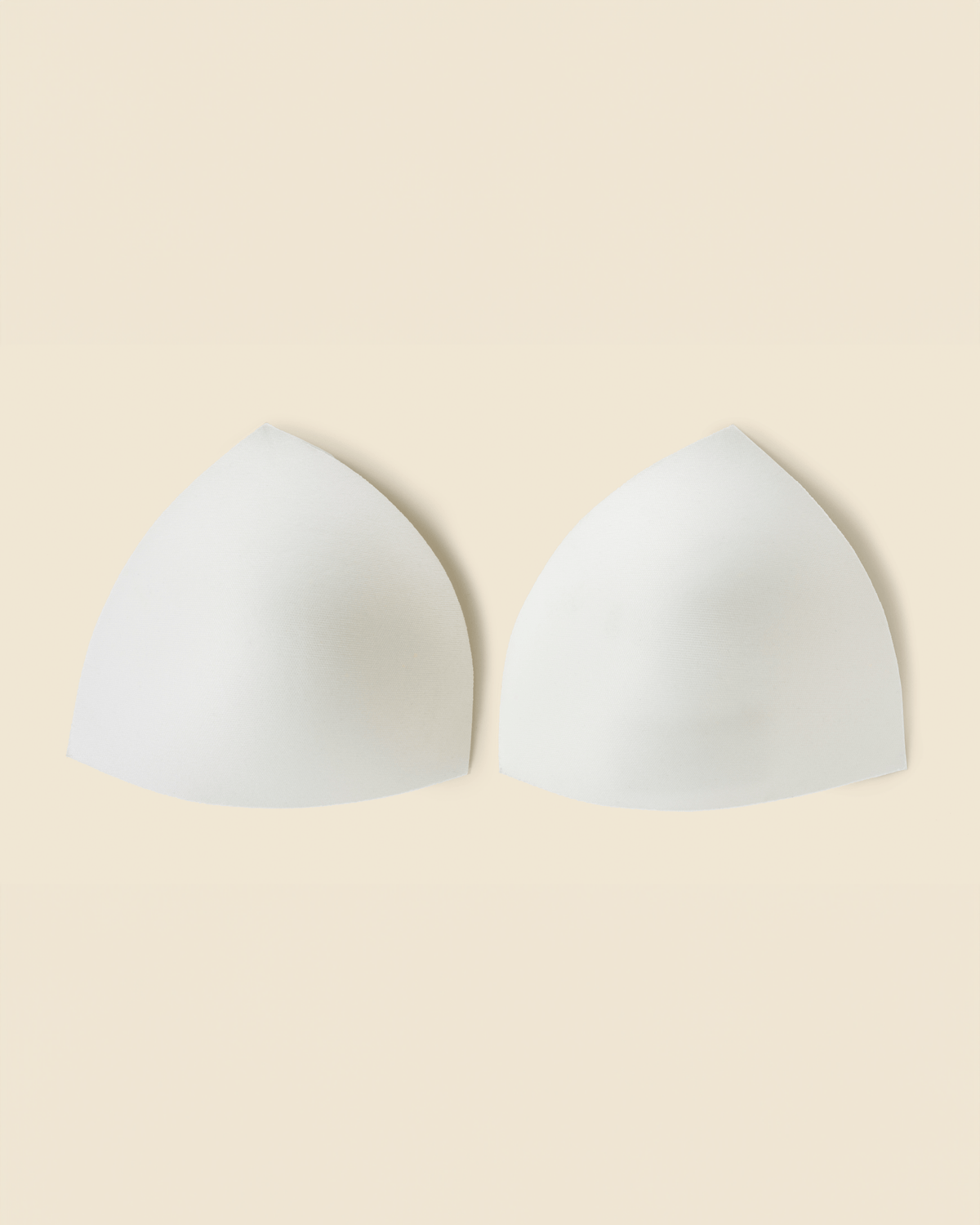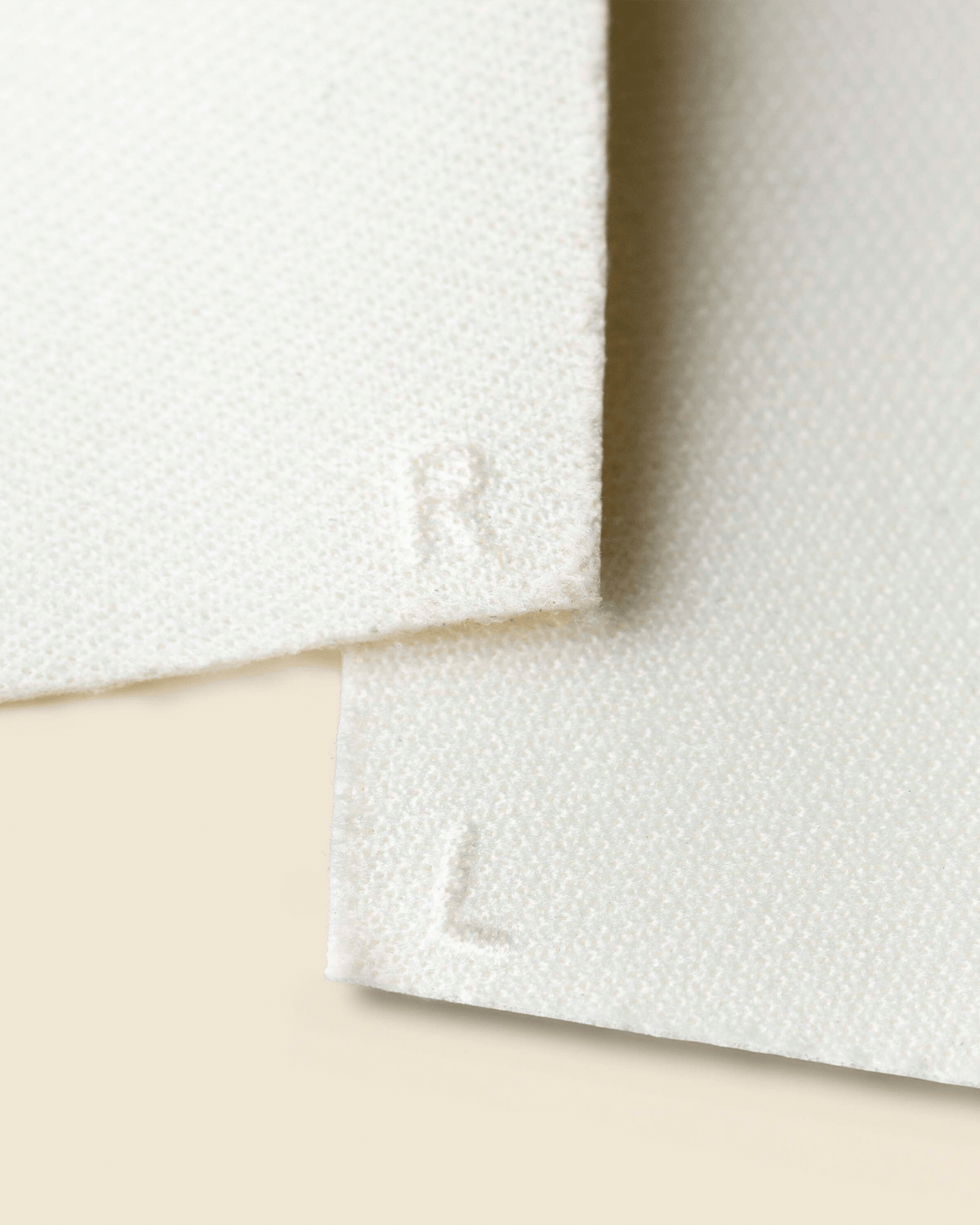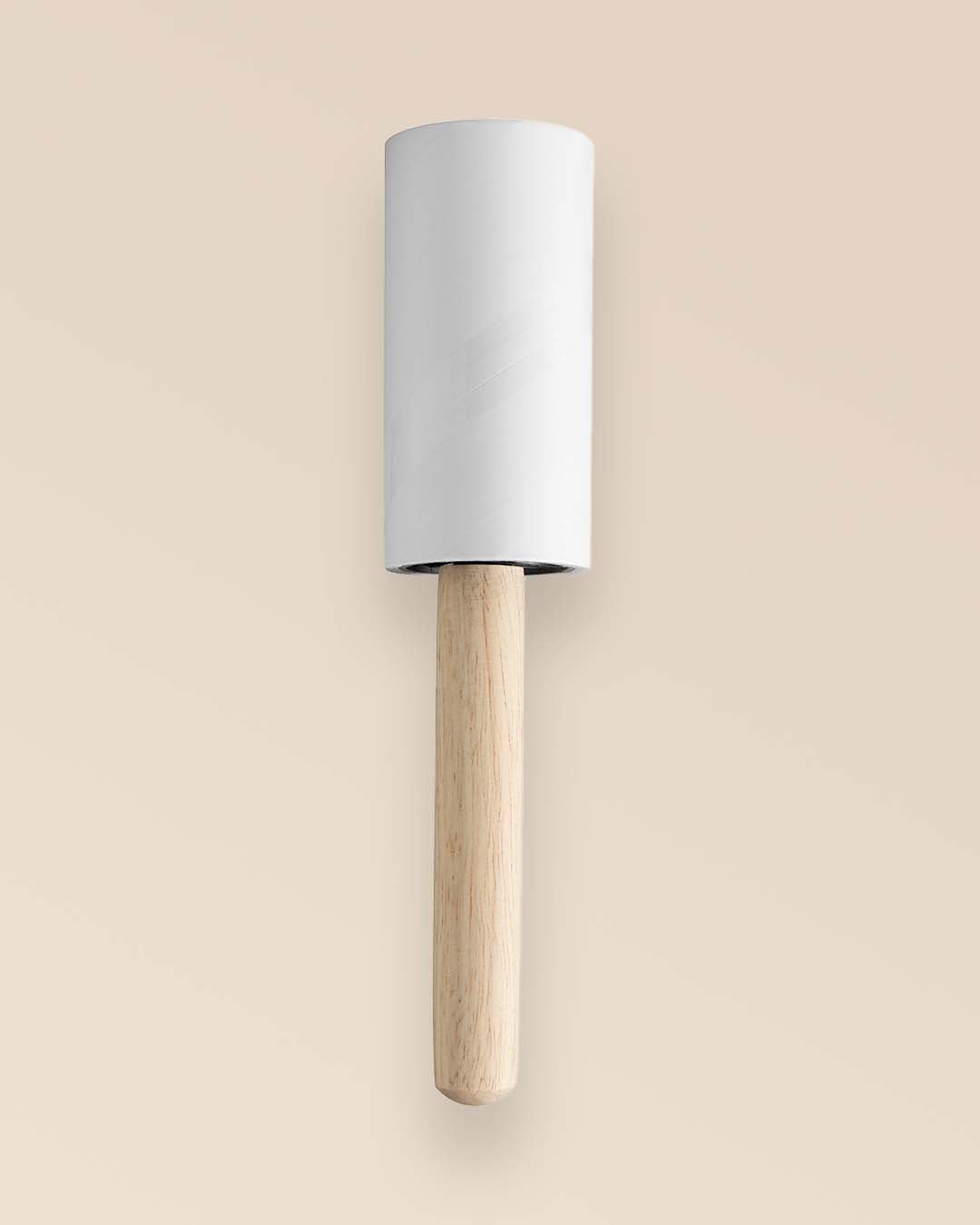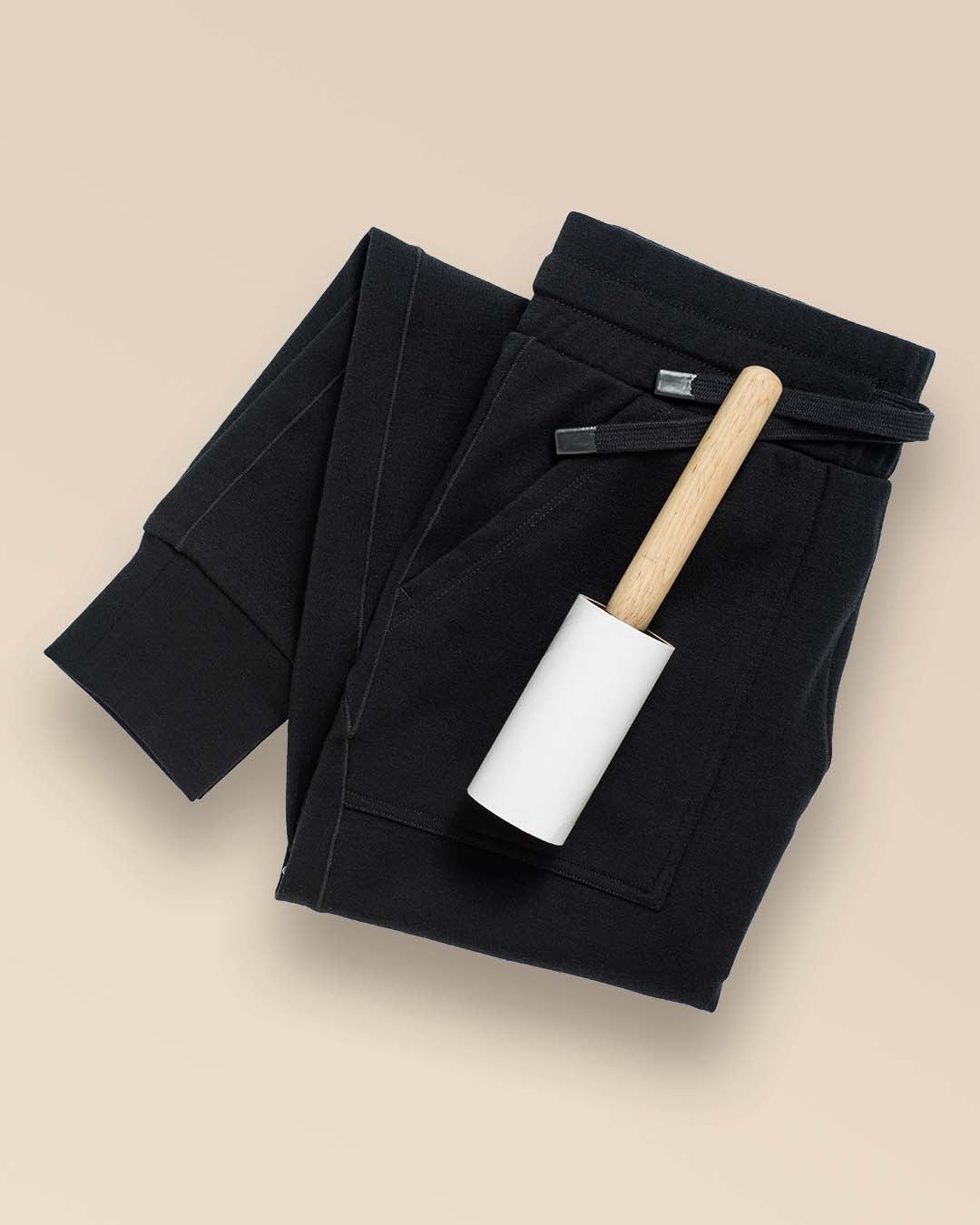From the wheel to the smartphone many amazing inventions have been born out of the human mind. Still, when it comes to awe-inspiring design, nature has us beat. No medical device can replace our lungs, no synthetic insulation can match the warmth-to-weight ratio of goose down, and no human-made fiber can adapt to our bodies’ ever-changing needs as well as Merino wool.
One of the things that makes Merino wool so special is that it’s an active fiber—also known as a living fiber. Unlike synthetic materials engineered in a lab or plant-based fibers like cotton or flax (which evolved to protect seeds), wool is grown by animals to keep them alive, comfortable, and thriving in the wild. Merino sheep developed their coat to regulate body temperature, repel moisture, and adapt to everything from blazing sun to sudden snow storms.
That’s what sets wool apart: it’s one of the only natural materials designed by nature to respond to movement and environmental change. When you sweat, shift temperatures, or head straight from a chilly morning walk into the heat of the day, Merino moves and reacts with you. So how does this active fiber work for your body? Let’s dig into the science.

Merino Is Made of the Same Protein as Our Hair and Skin
Each Merino wool fiber is composed of keratin, the same protein found in human hair, skin, and nails. This protein makes wool both highly elastic and exceptionally resilient. It bends and rebounds without losing its shape.
But it’s the microscopic structure of the fiber that gives it its real performance power. Each strand of Merino is crimped and covered in overlapping scales like a pinecone. These crimps create tiny insulating air pockets that help regulate temperature, while the layered structure allows the fiber to absorb moisture vapor internally without feeling wet to the touch.
This combo of breathability, insulation, and stretch is Mother Nature’s way of keeping us comfortable while moving, sweating, and navigating different climates.
Merino Regulates Body Temperature Even When Weather Flips
Thermoregulation is Merino wool’s superpower. Because it evolved to keep sheep alive through cold mountain nights and hot daytime sun, it has the rare ability to warm us up or cool us down as needed.
-
In cold conditions: Air pockets formed by the crimped fibers trap body heat and act like natural insulation, keeping warmth close to the skin.
-
In heat or during intense movement: Merino releases excess heat and wicks moisture vapor away from the body before it turns into sweat, helping us stay cool and dry.
In other words, you don’t have to dress for a single temperature. Merino responds to fluctuations on its own, making it ideal for summer (hello, Essential Compressive Shorts!), winter, shoulder seasons, and activities where your body temp is constantly changing. You know those hikes where it’s 80 degrees at the trailhead and 45 at the summit? Merino was made for that—literally.

It Can Absorb 30% of Its Weight in Moisture Vapor
Cotton absorbs moisture and holds onto it, making it feel heavy and damp. Synthetics wick sweat, but because the fabric repels water (almost like an umbrella), they can feel slick and clammy on the skin. Merino? It does something different. Each fiber can absorb up to 30% of its weight in water vapor, pulling moisture away from your skin and holding it inside the fiber itself. Because this moisture sits in the fiber’s core, not on its surface, the fabric stays dry to the touch and comfortable.
That’s great for our general comfort and the health of our skin, but it’s especially important when it comes to underwear. Our vaginal area is warm, sensitive, and prone to increased moisture from workouts, stress, hormones, and day-to-day movement. Too much trapped moisture creates an environment where yeast and bacteria thrive, leading to odor, irritation, and infections. Merino’s unique ability to draw moisture in, store it within the fiber, and let it slowly evaporate keeps things drier and more balanced.
It’s Strong, Soft, and Surprisingly Lightweight
Merino wool may feel butter-soft, but don’t underestimate its strength. Each fiber can bend over 20,000 times before breaking. That durability makes Merino perfect for activewear: it stretches and recovers with your movement, won’t lose shape, and resists pilling and wear over time.
Despite this strength, it’s incredibly lightweight. Merino garments layer easily without adding bulk or stiffness. You get comfort, breathability, and coverage, all without sacrificing freedom of movement.
It’s One of the Only Fibers That’s Truly Alive
At its core, wool is not just a textile, it’s a biological adaptation—a living fiber, created by nature to perform under pressure.
That living origin is what makes Merino so intelligent. It’s designed to support dynamic bodies in dynamic environments. This is why so many women who wear our Merino Performance Innerwear describe it as “second skin.” It doesn’t just sit on our bodies; it works with our bodies to help us feel our best.
Do you notice the difference when wearing active fibers like Merino wool? We’d love to hear all your observations! Please let us know what you think by DMing us on Instagram @branwynofficial or emailing us anytime at info@branwyn.com.


